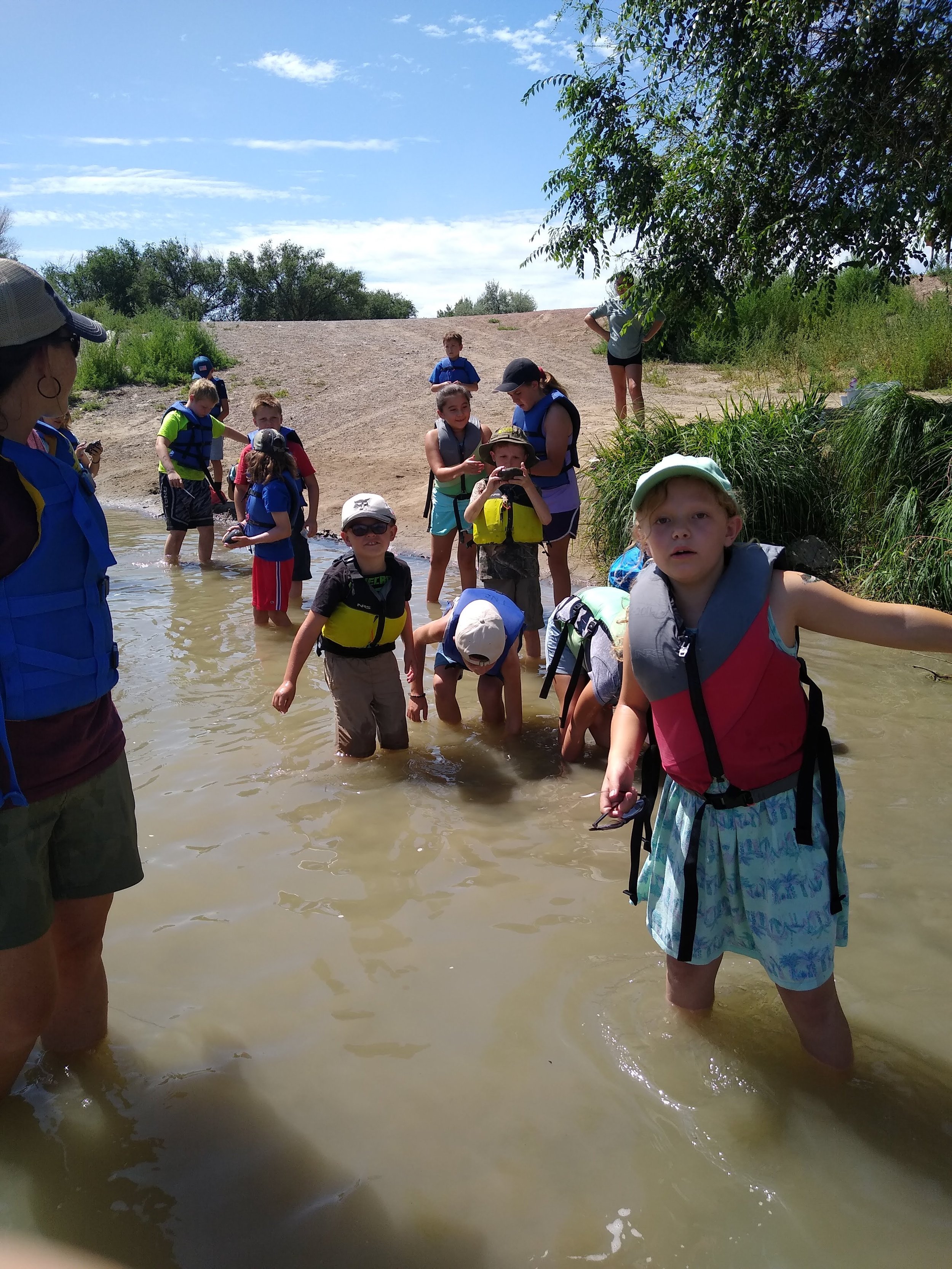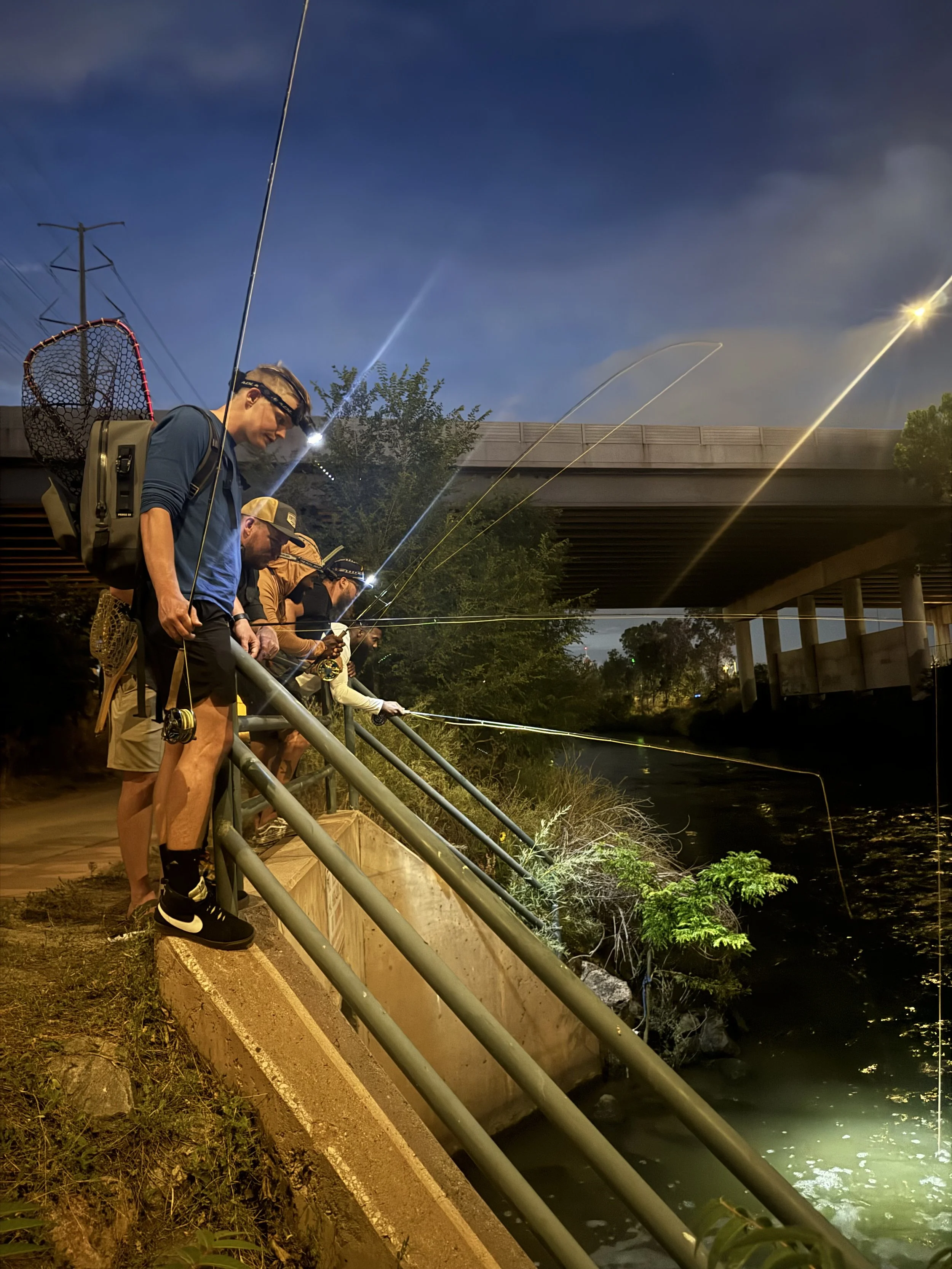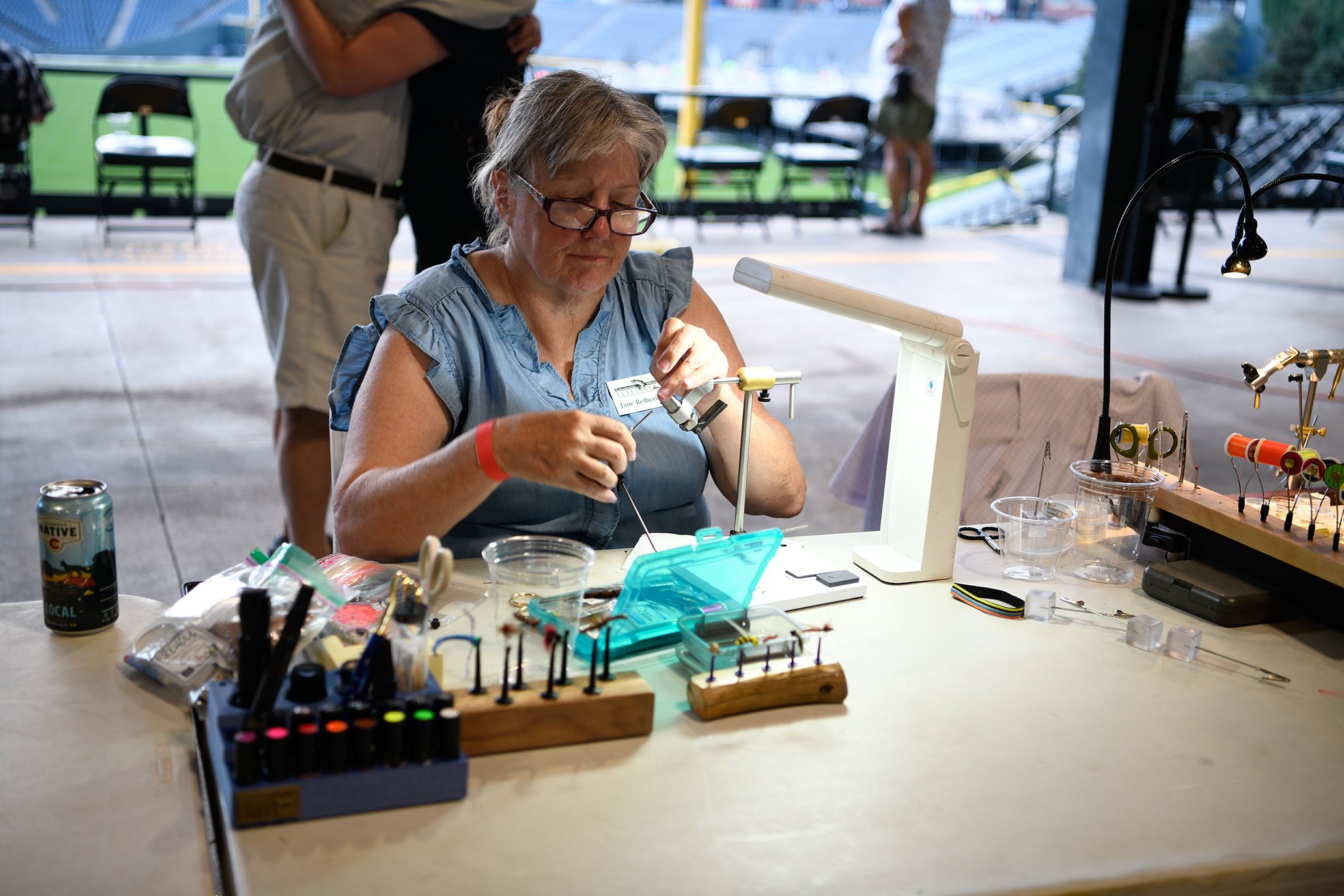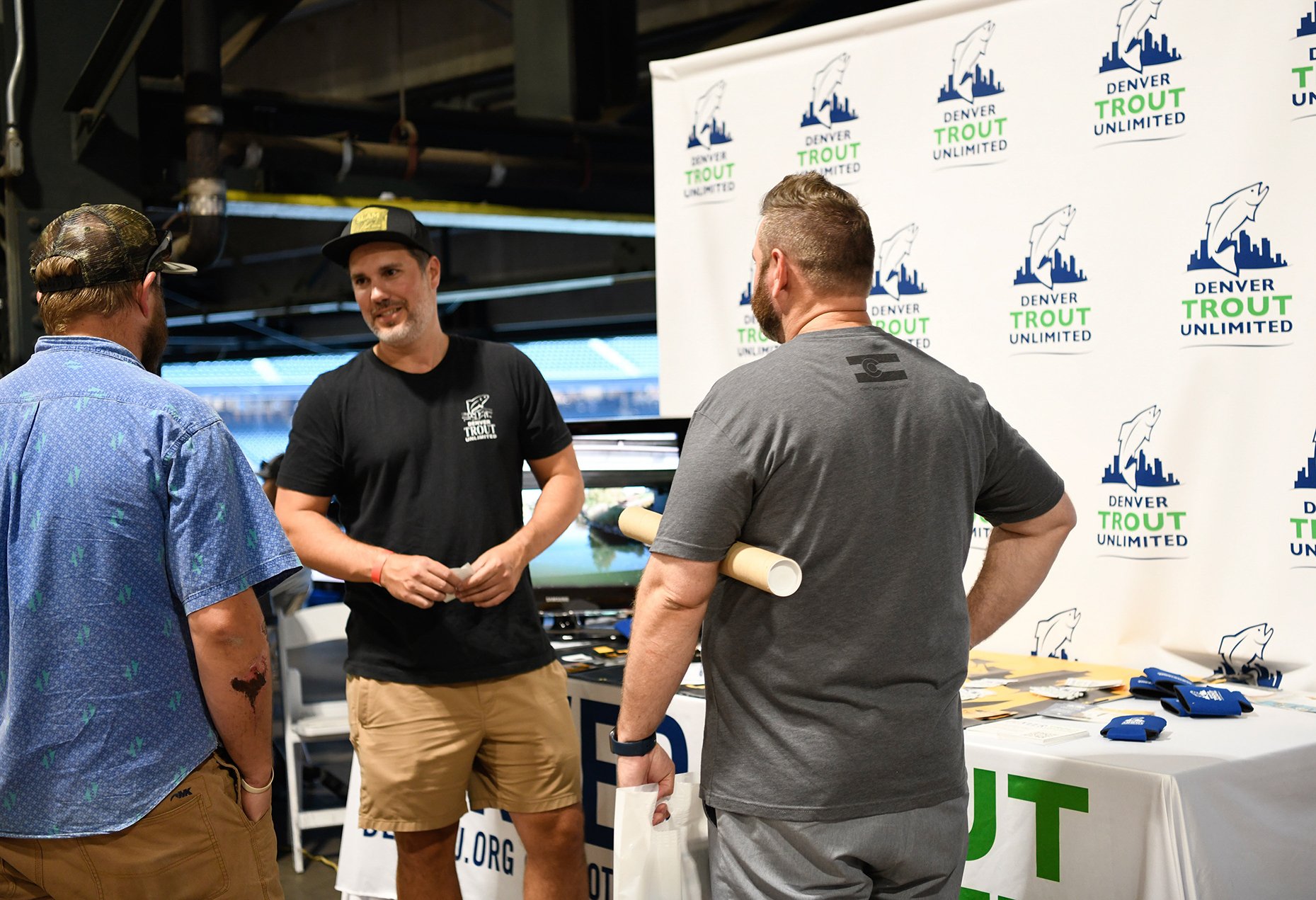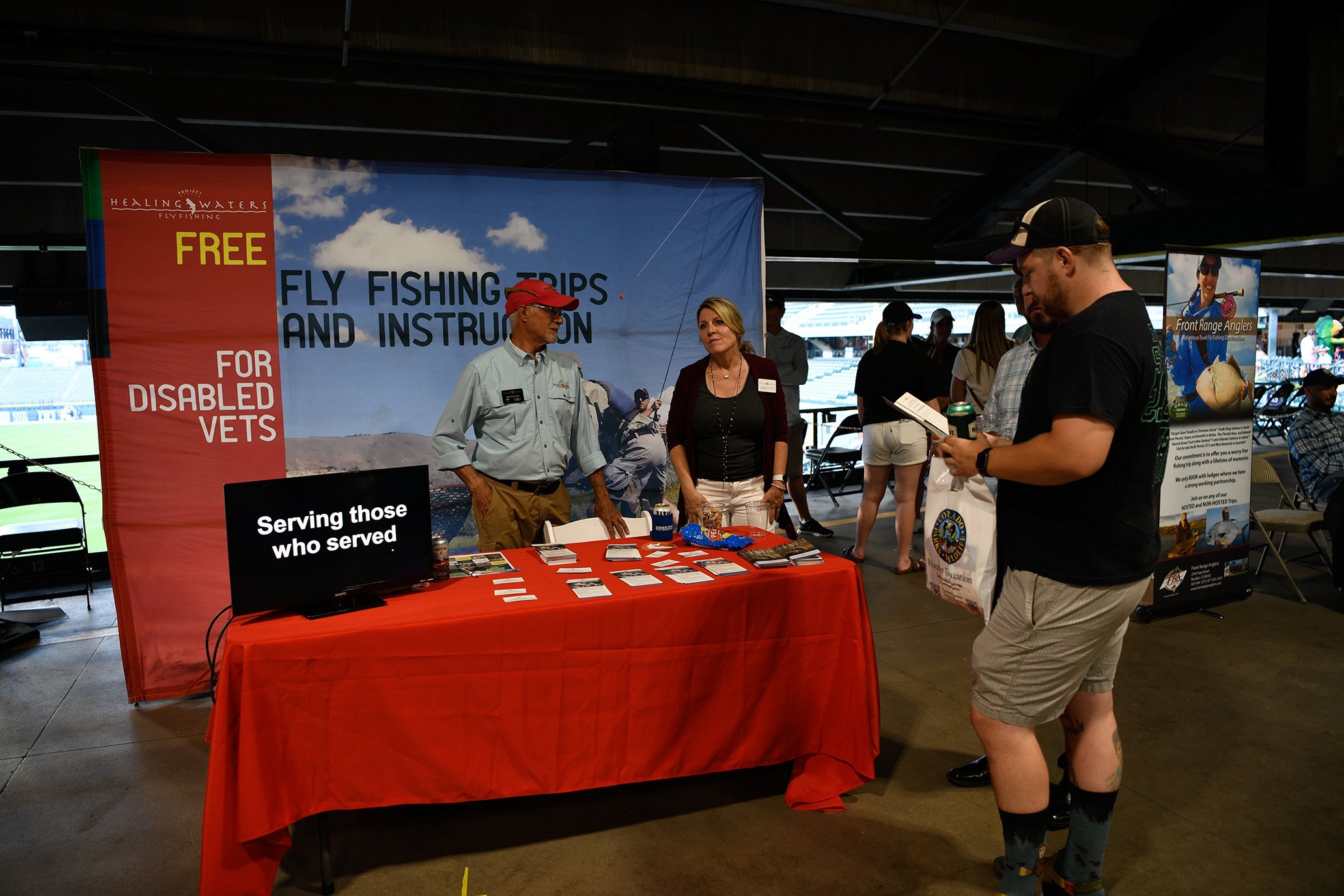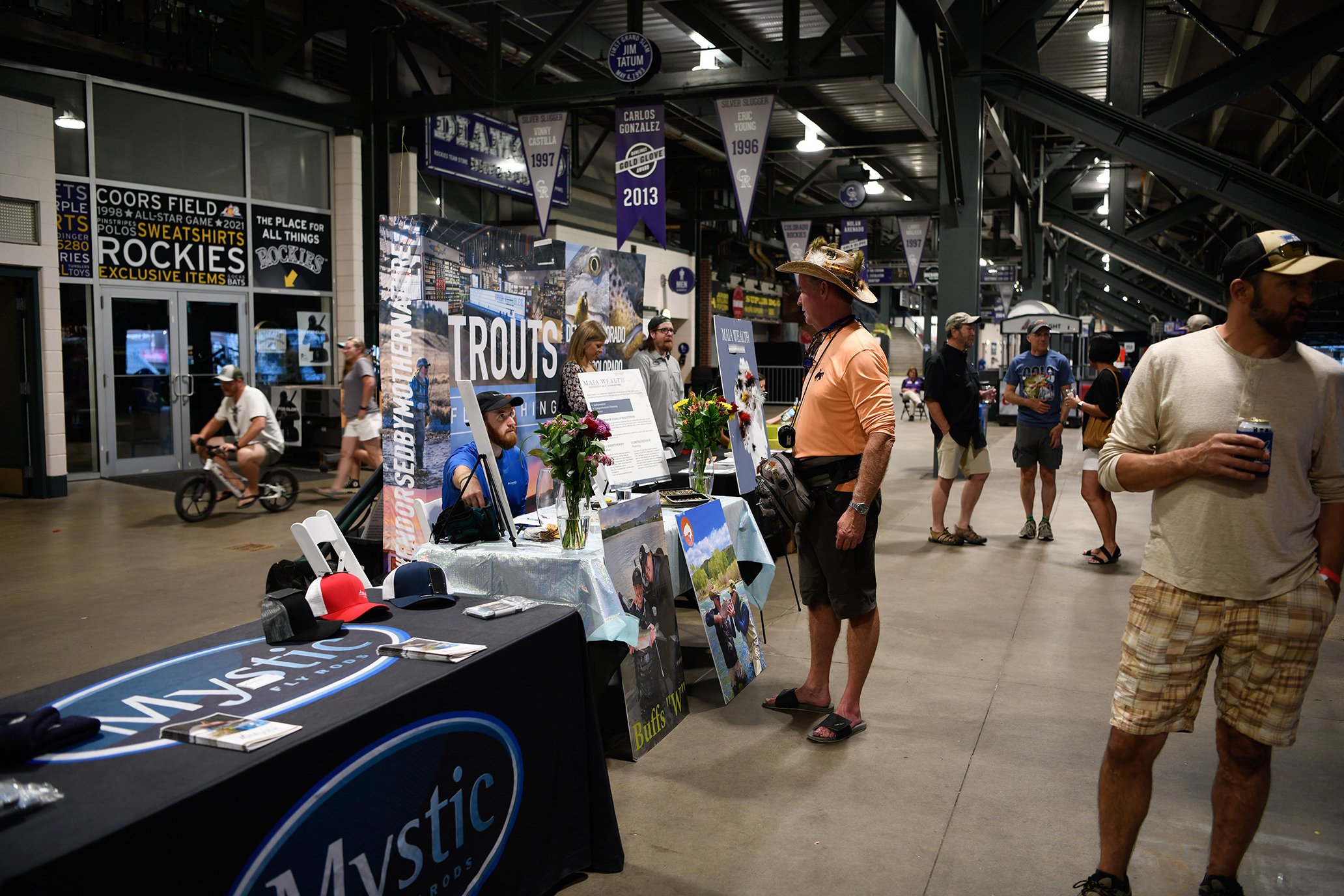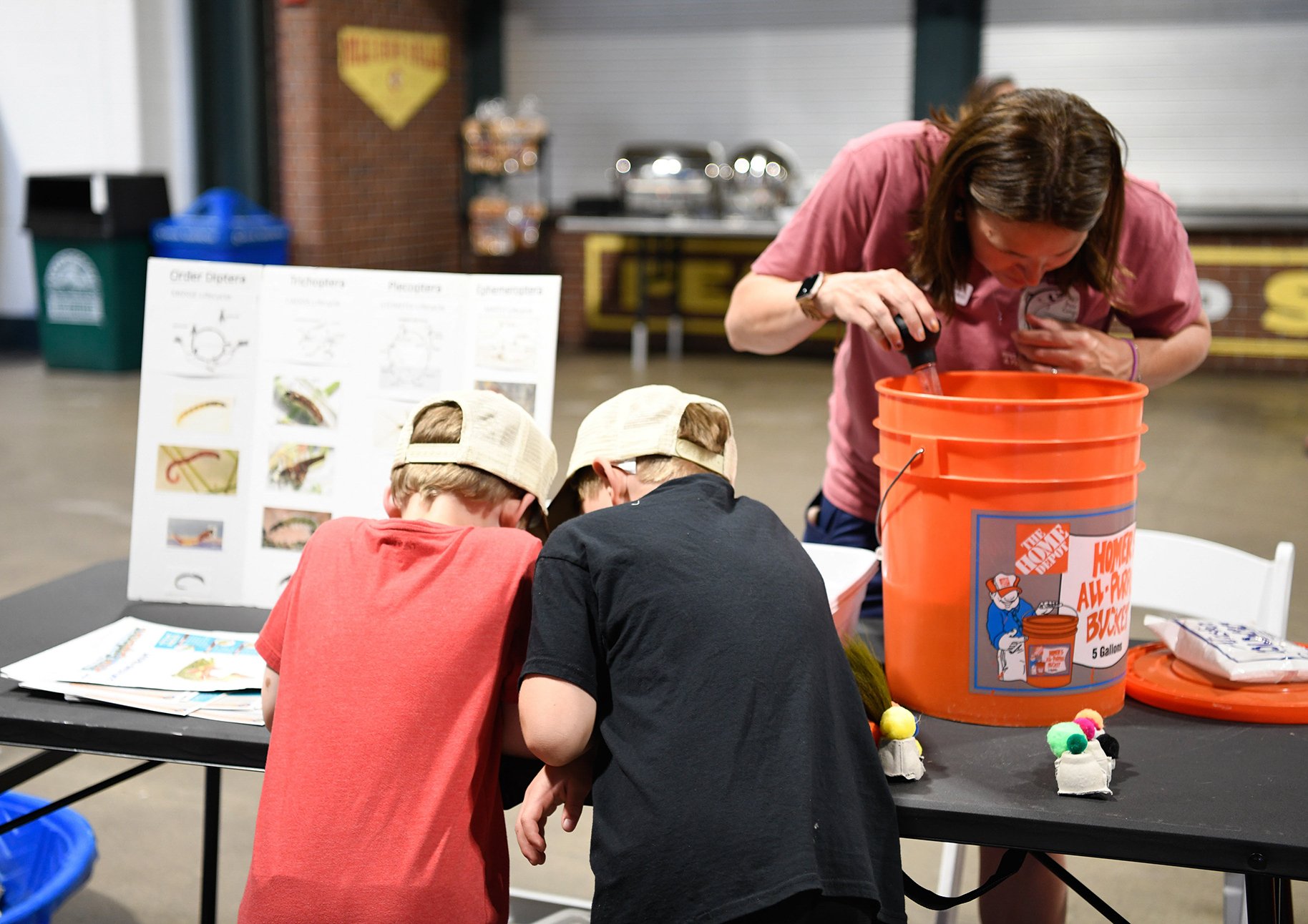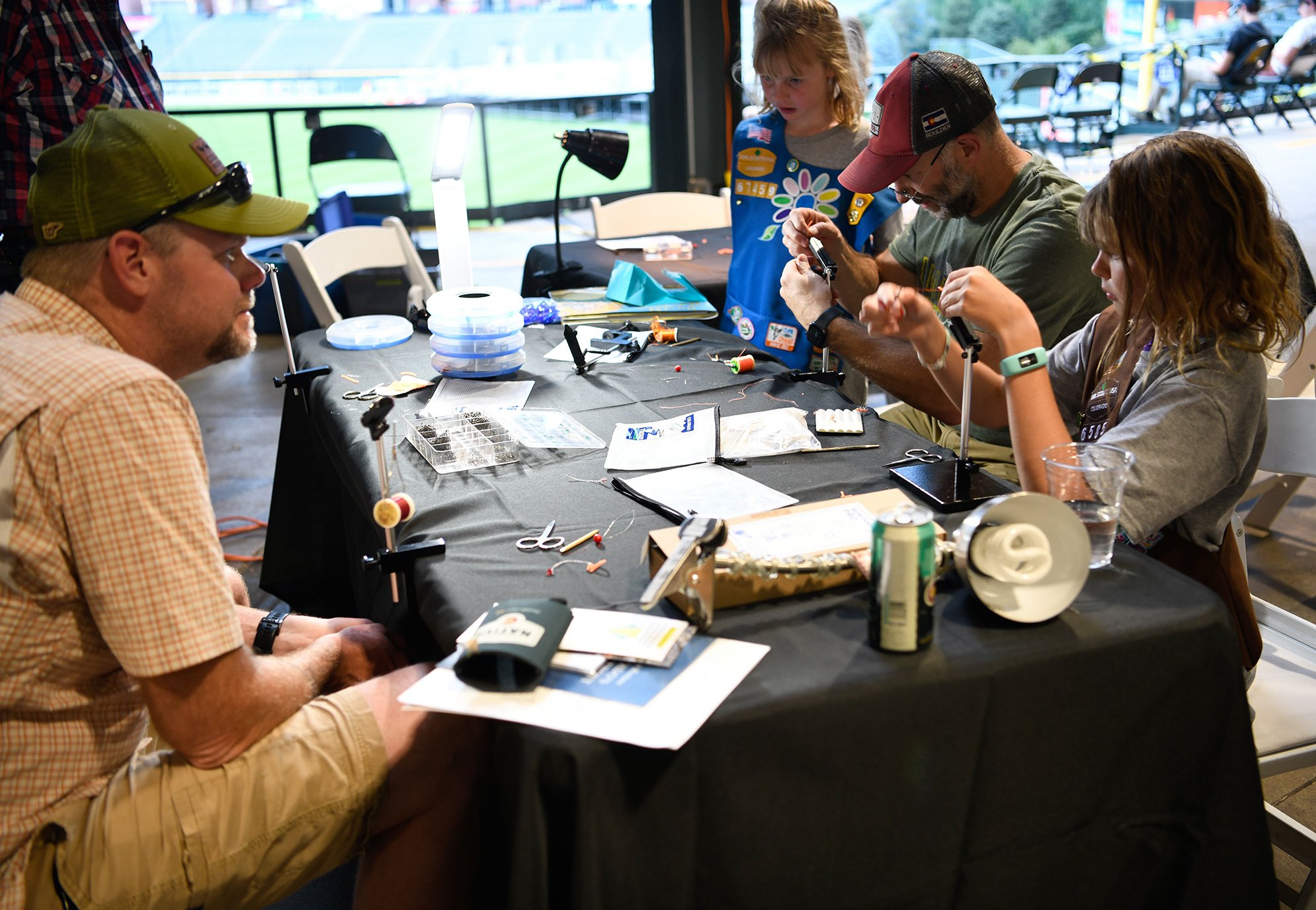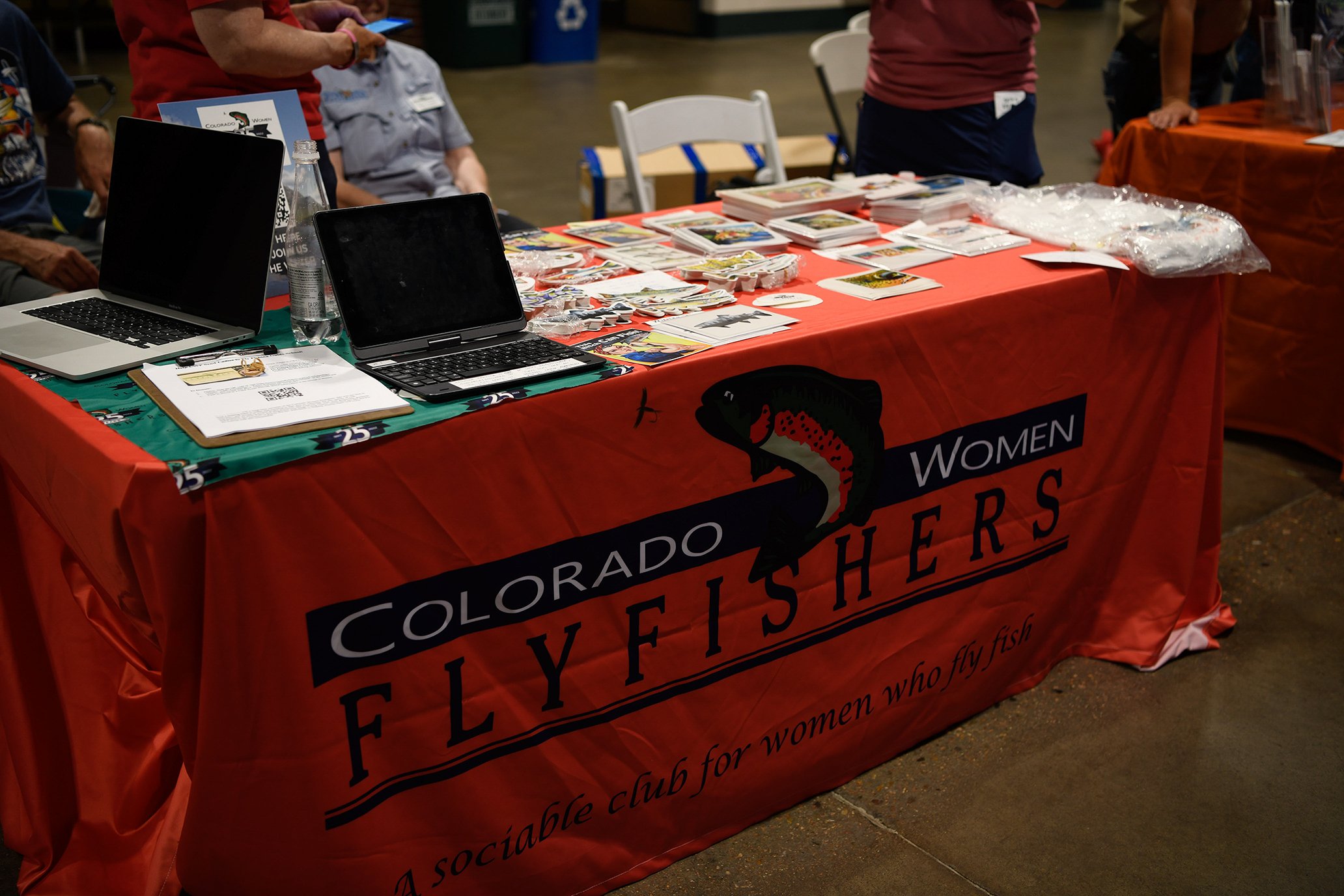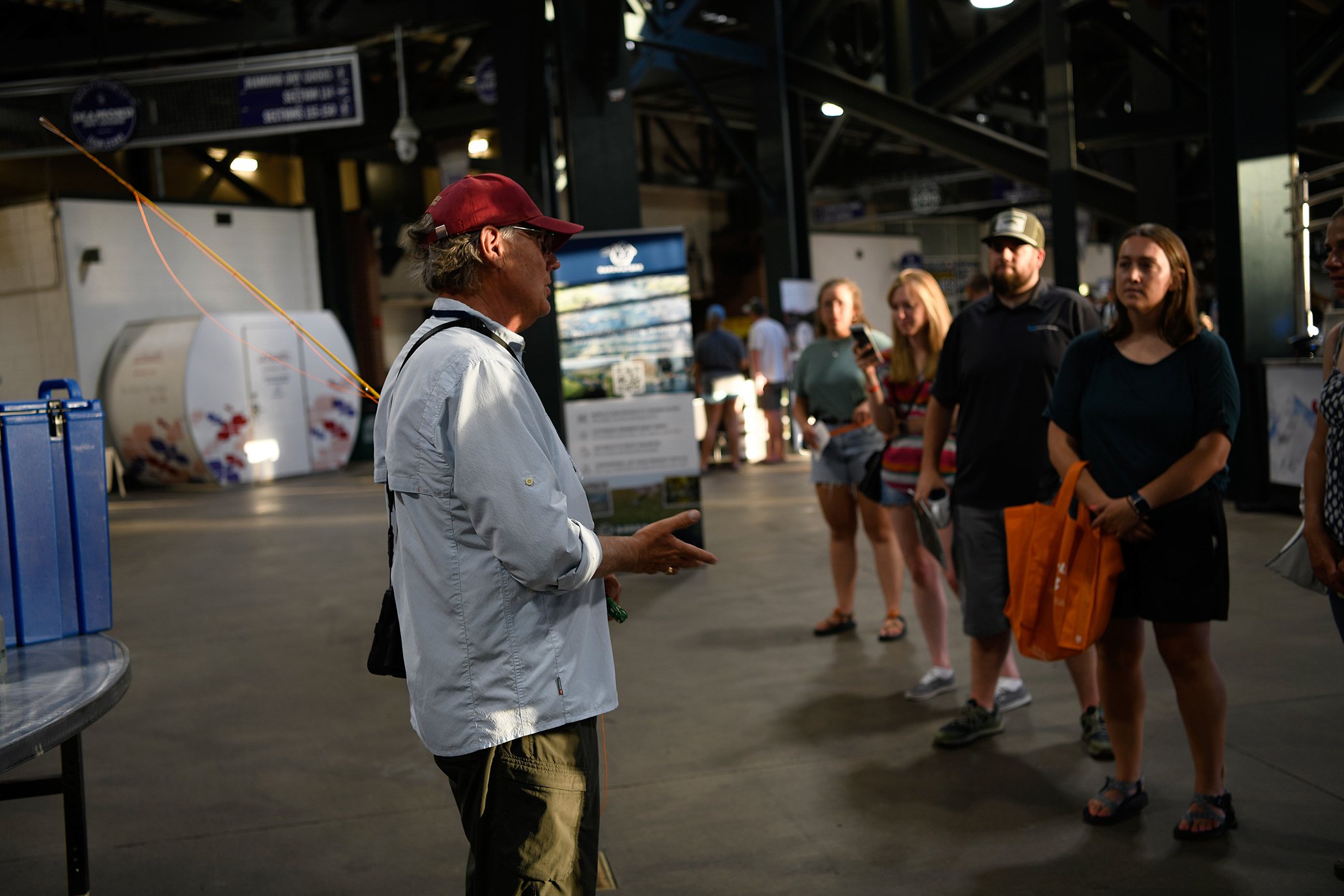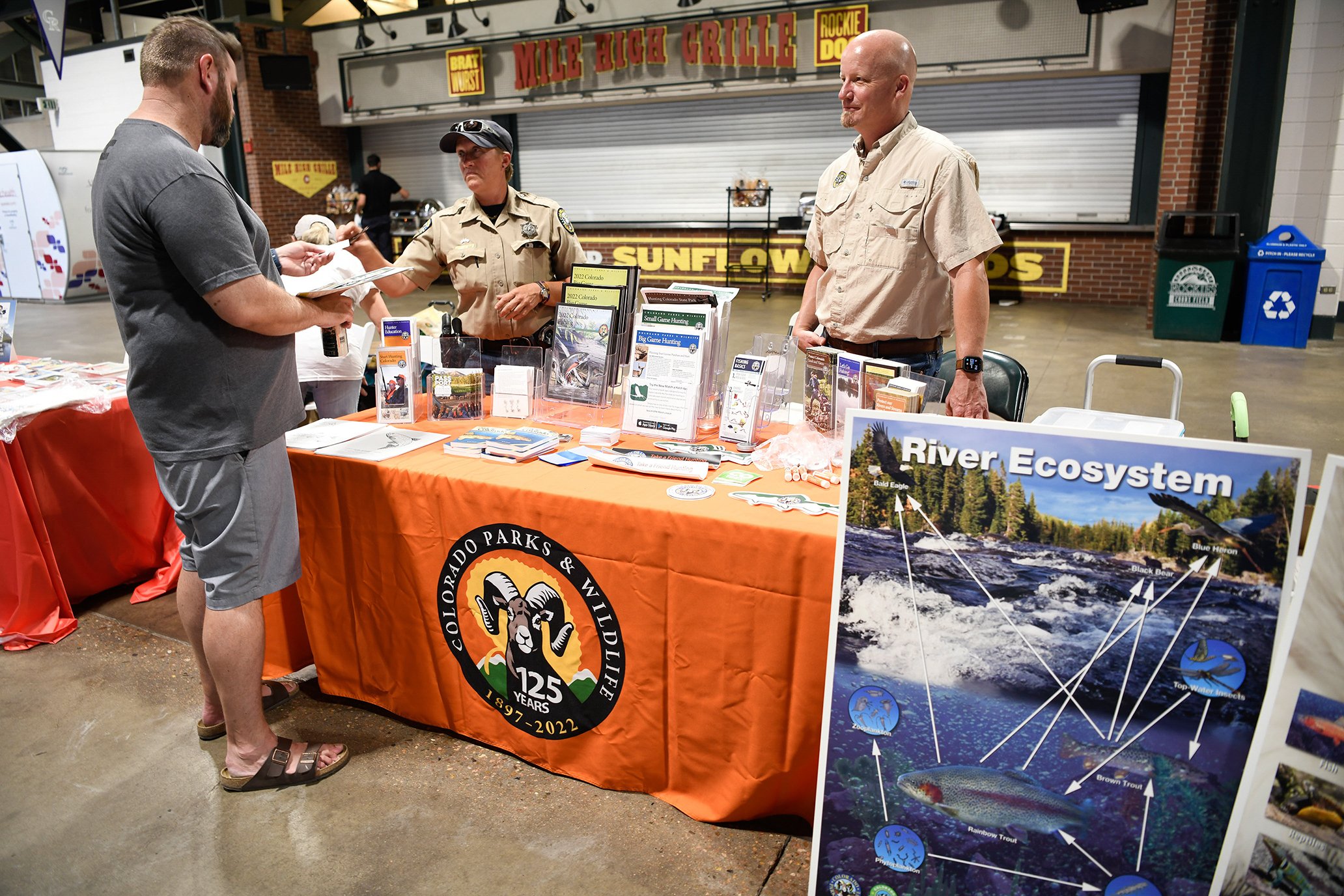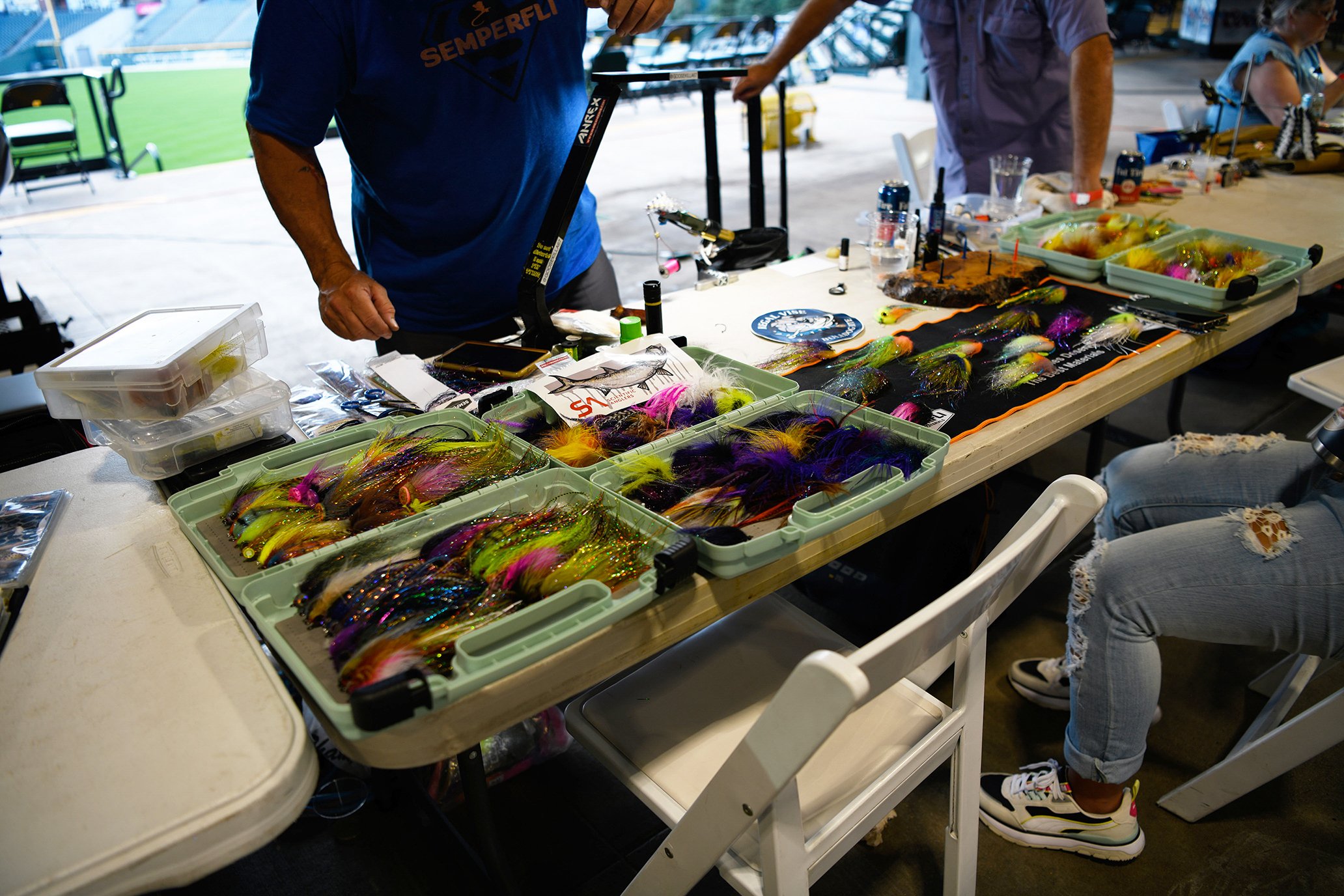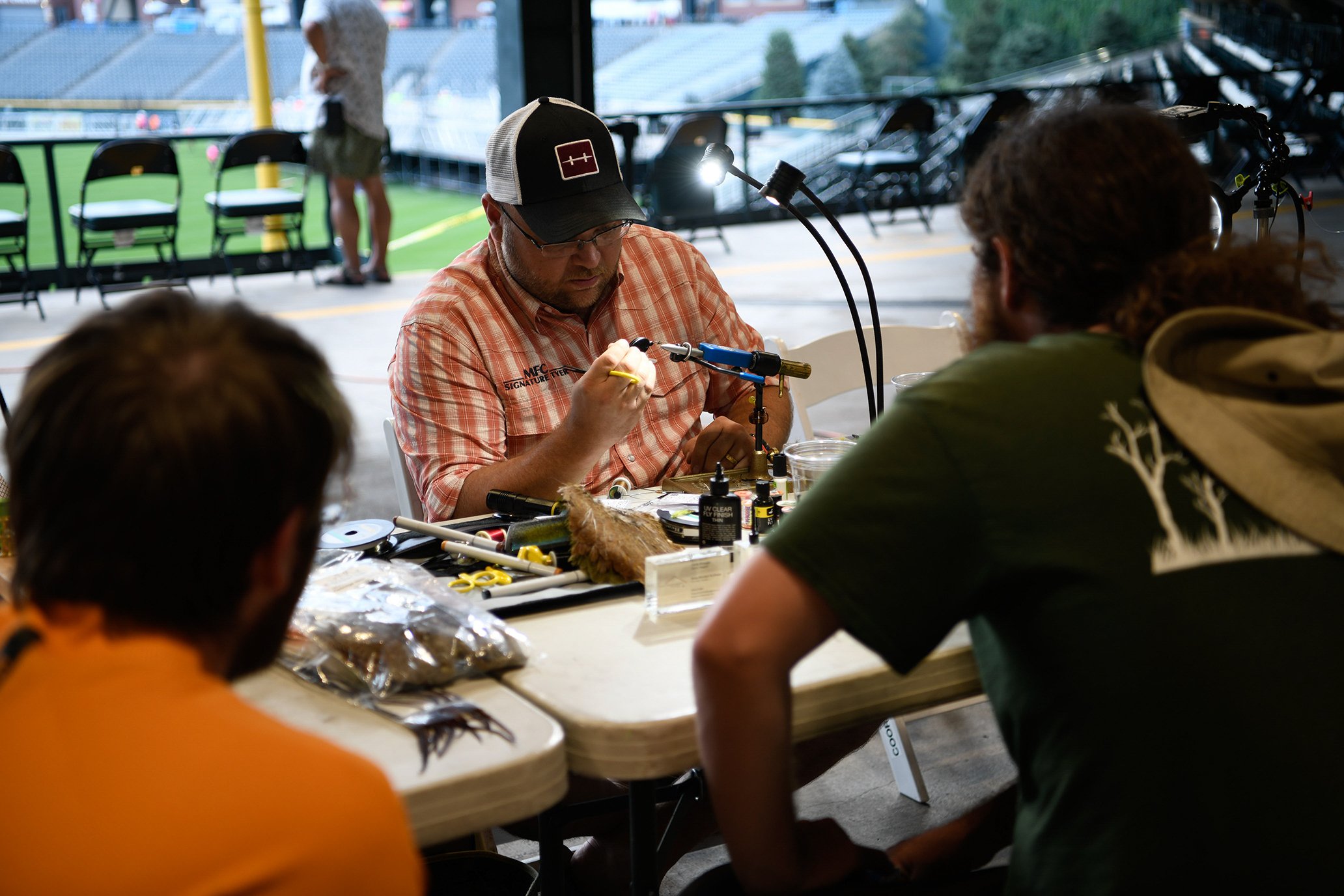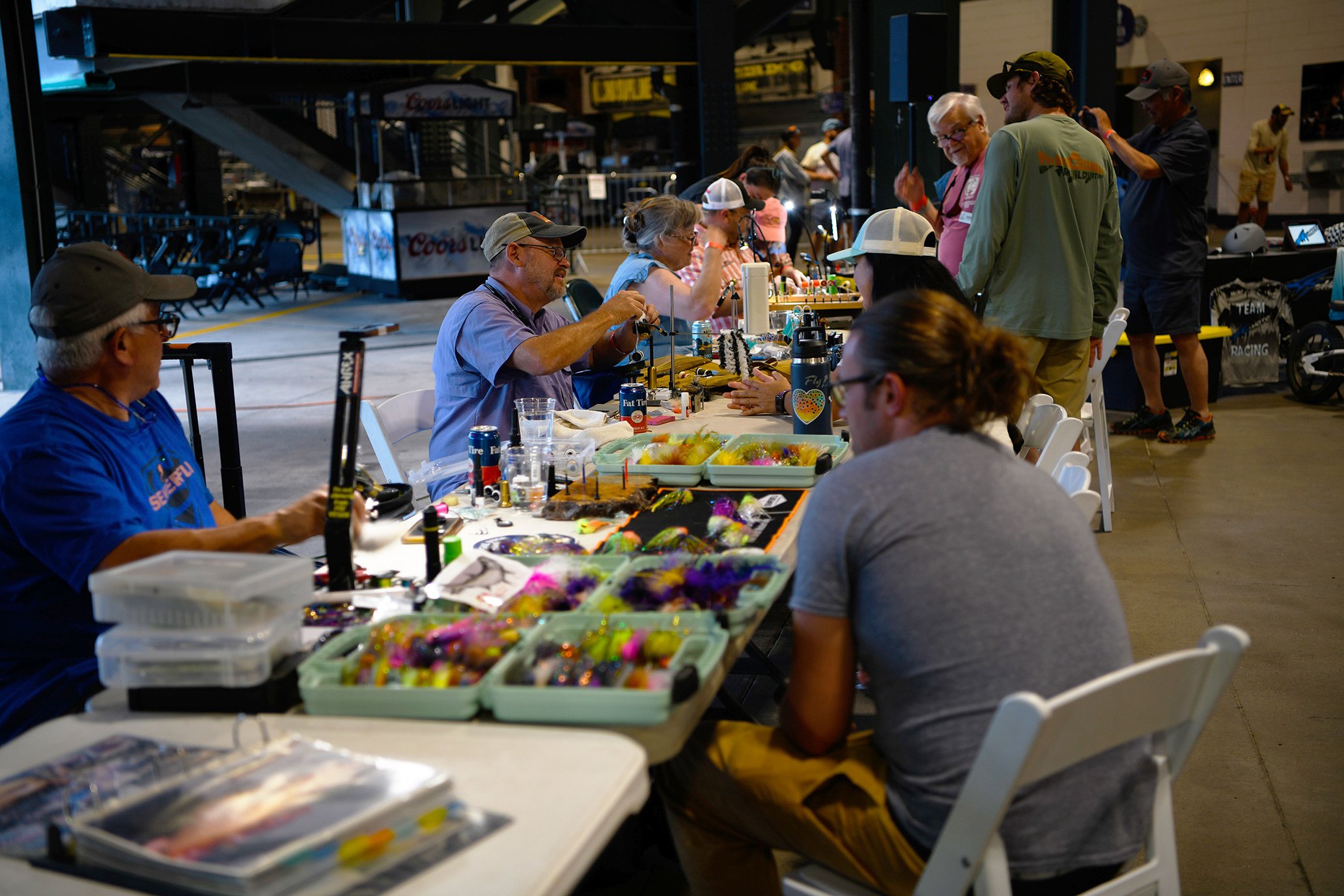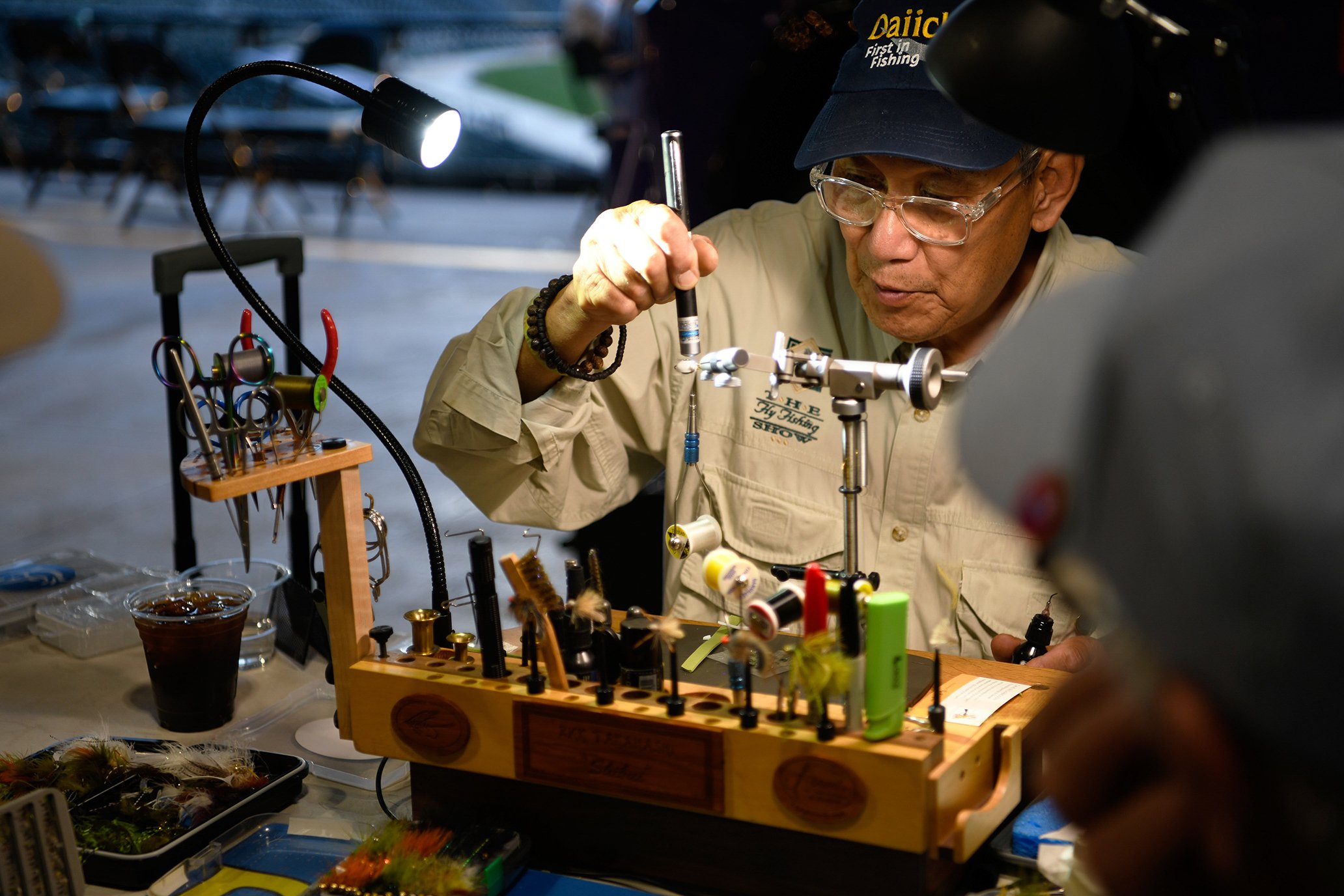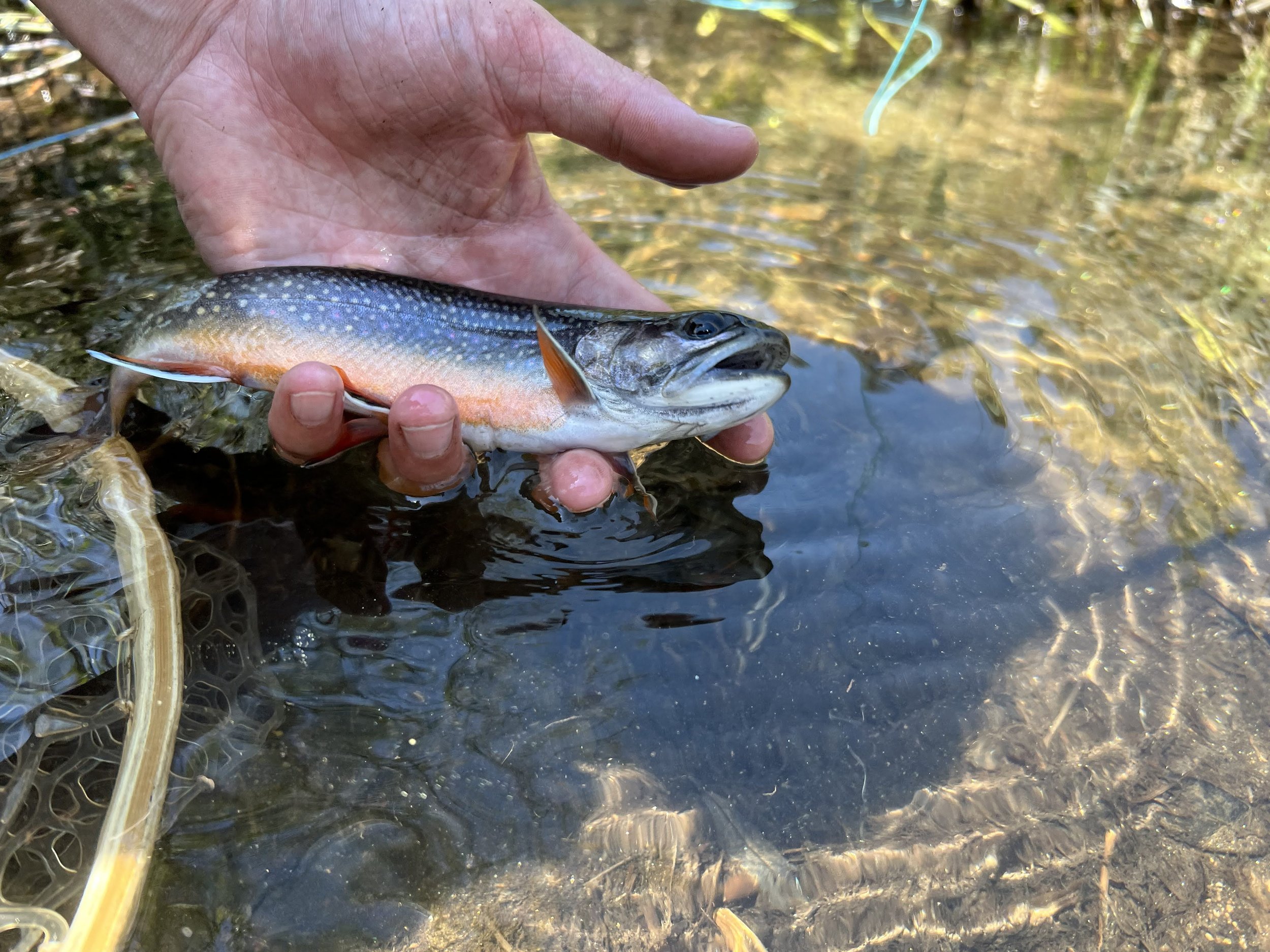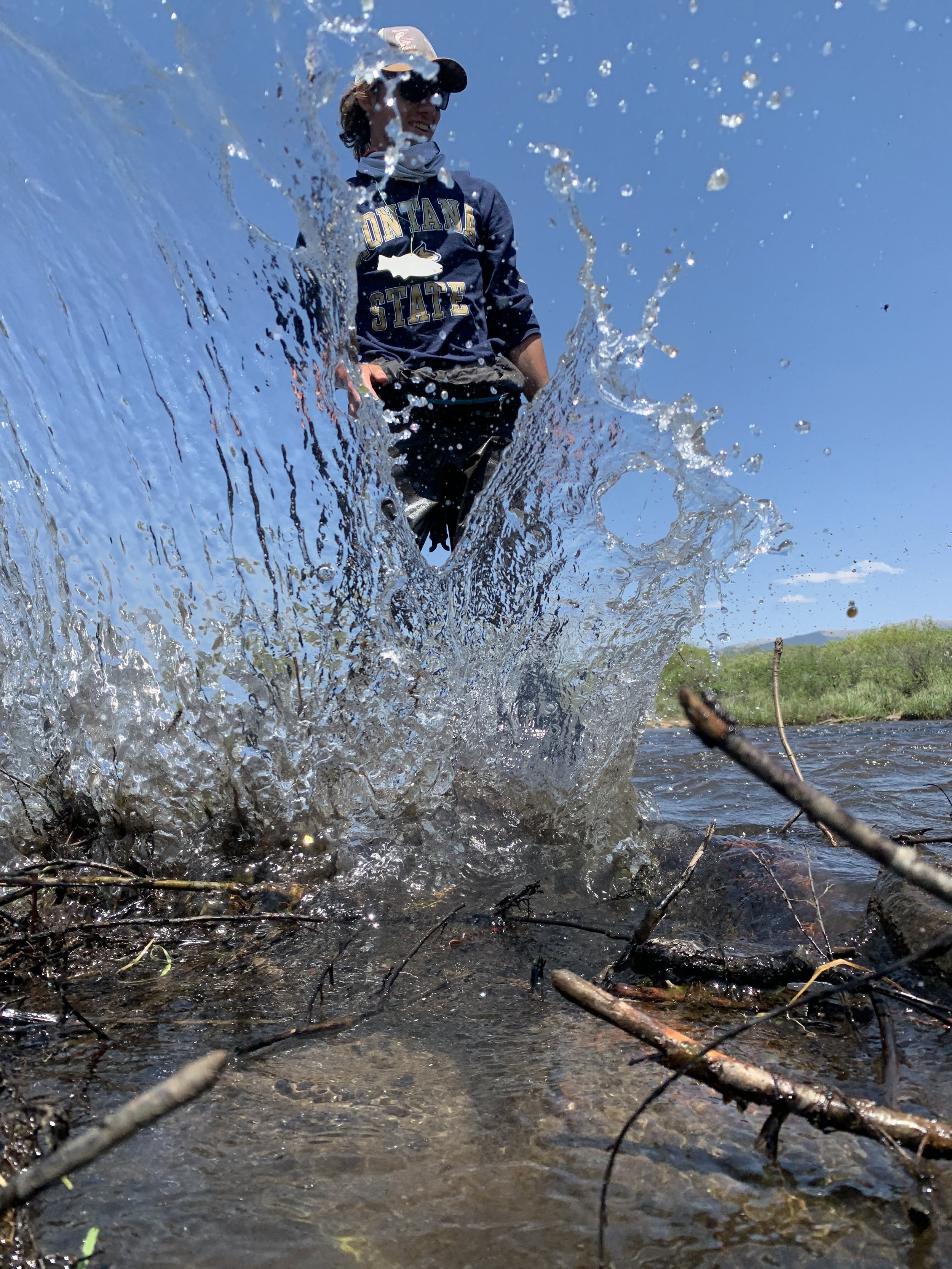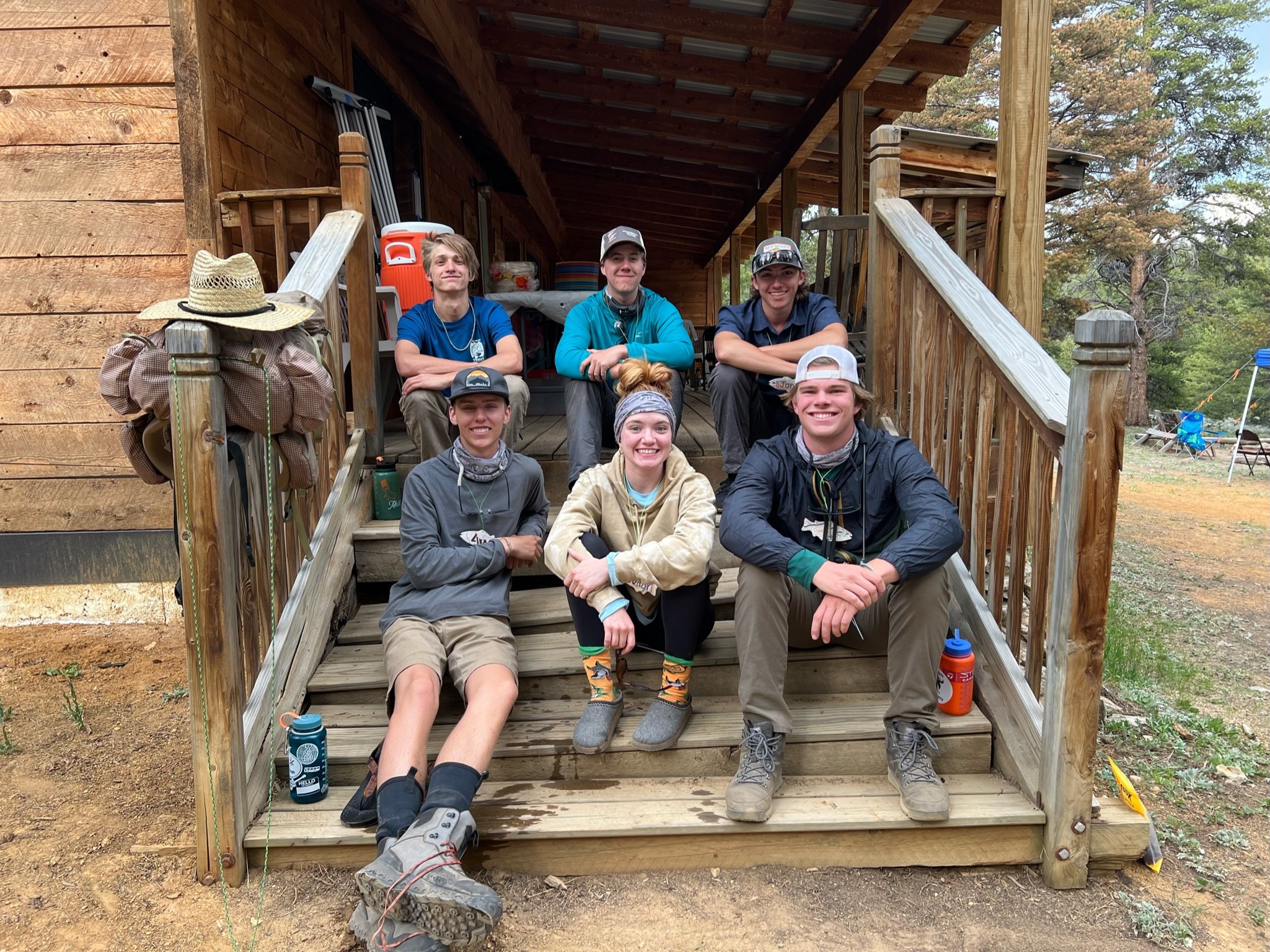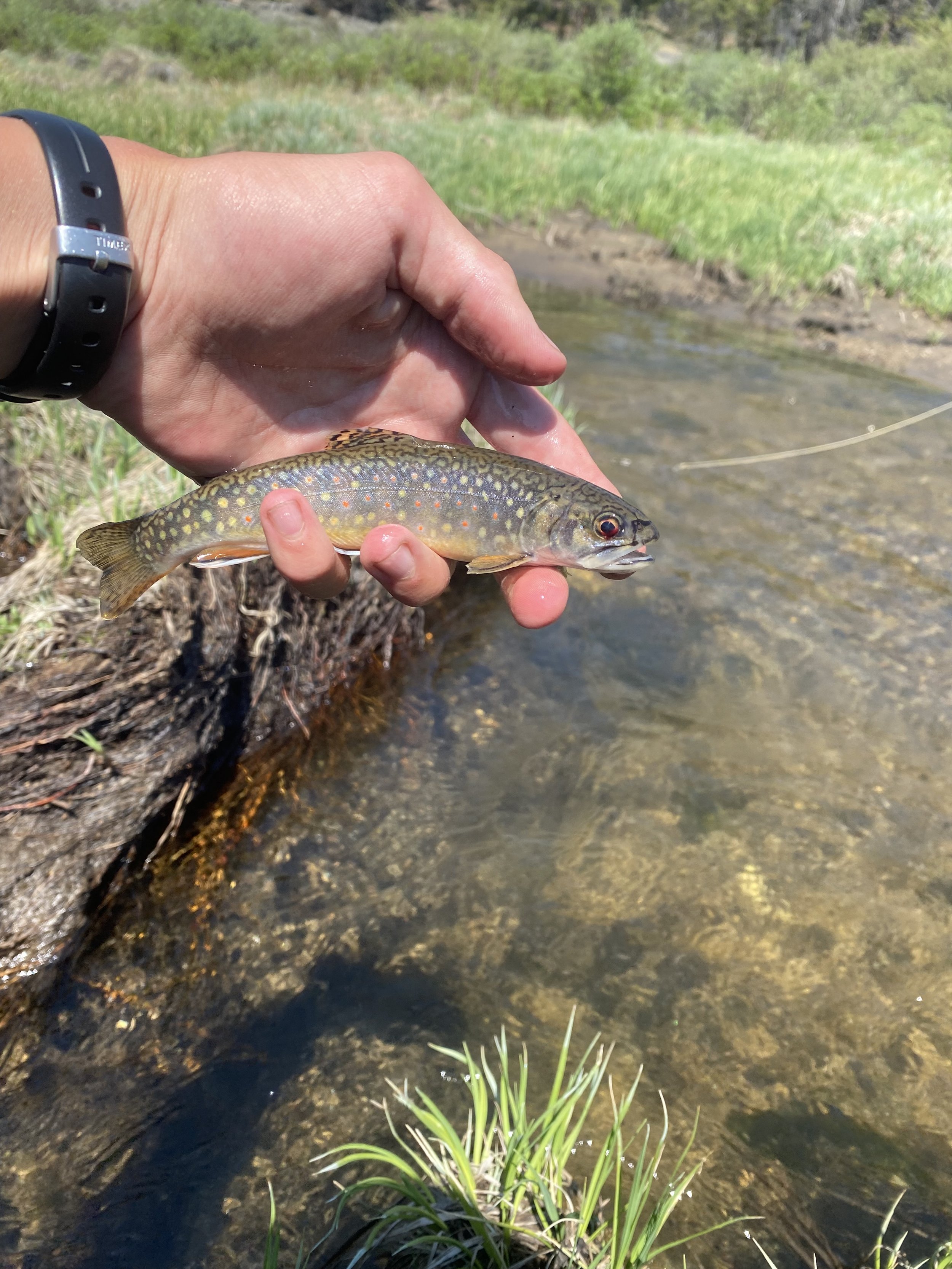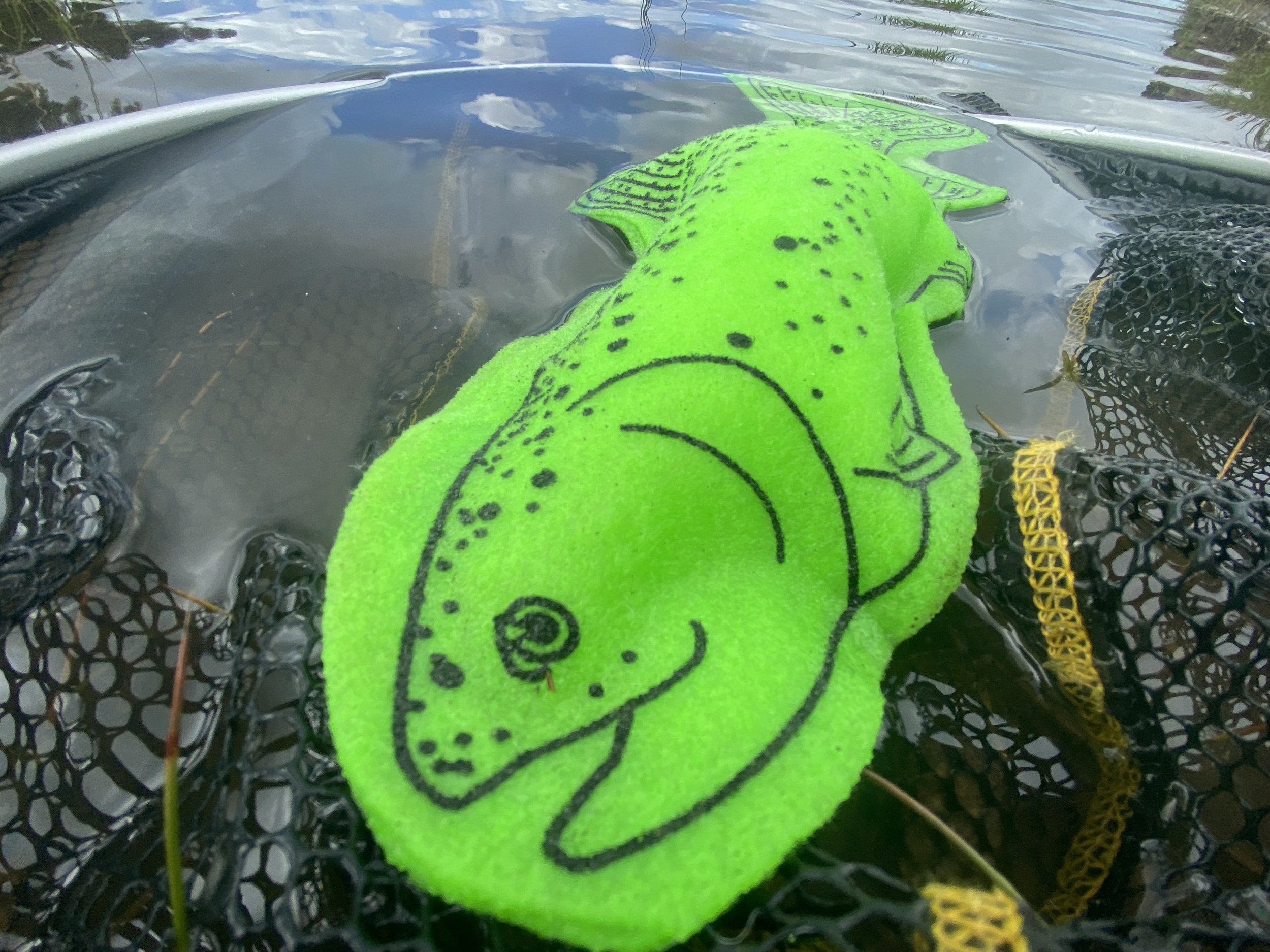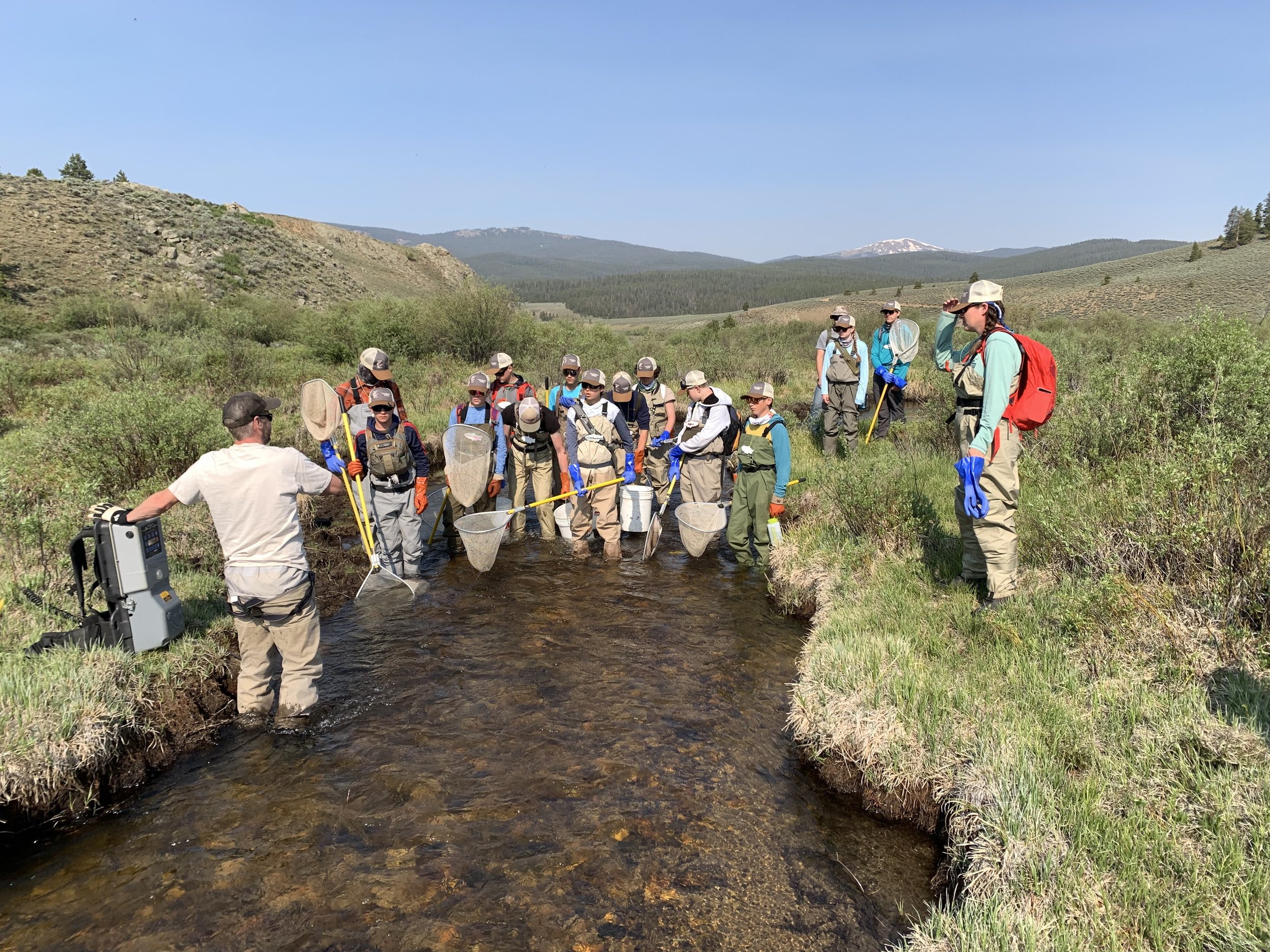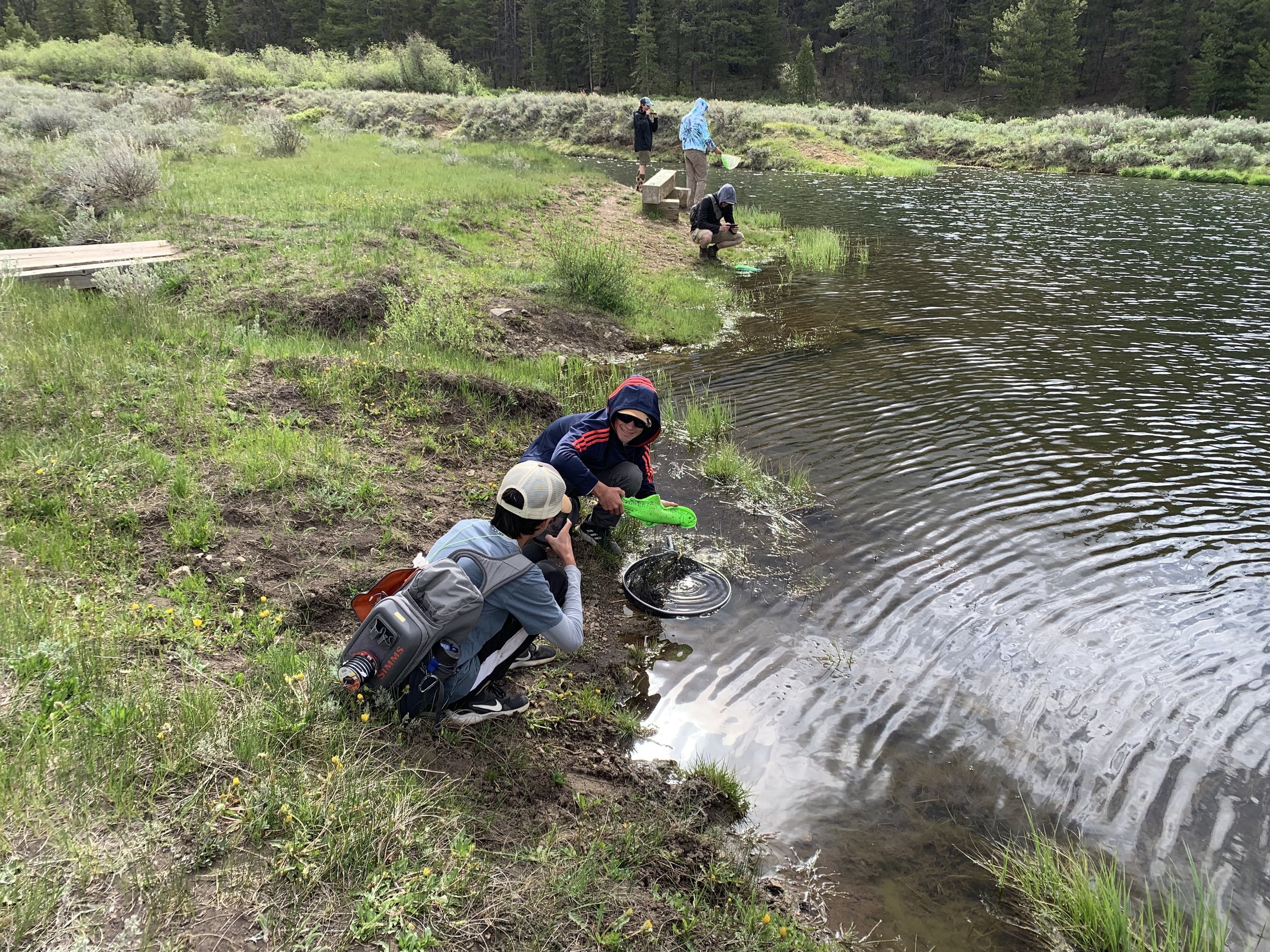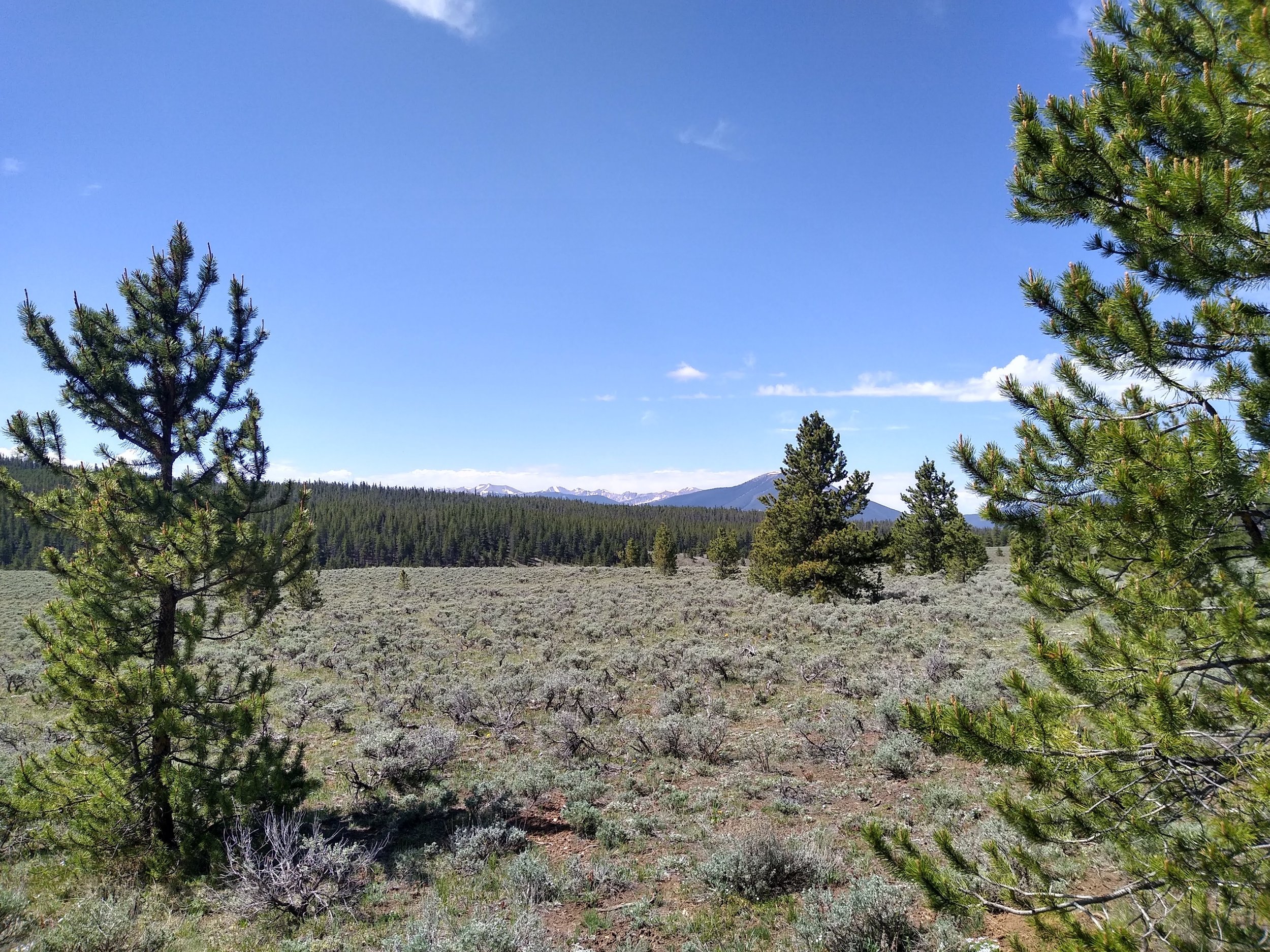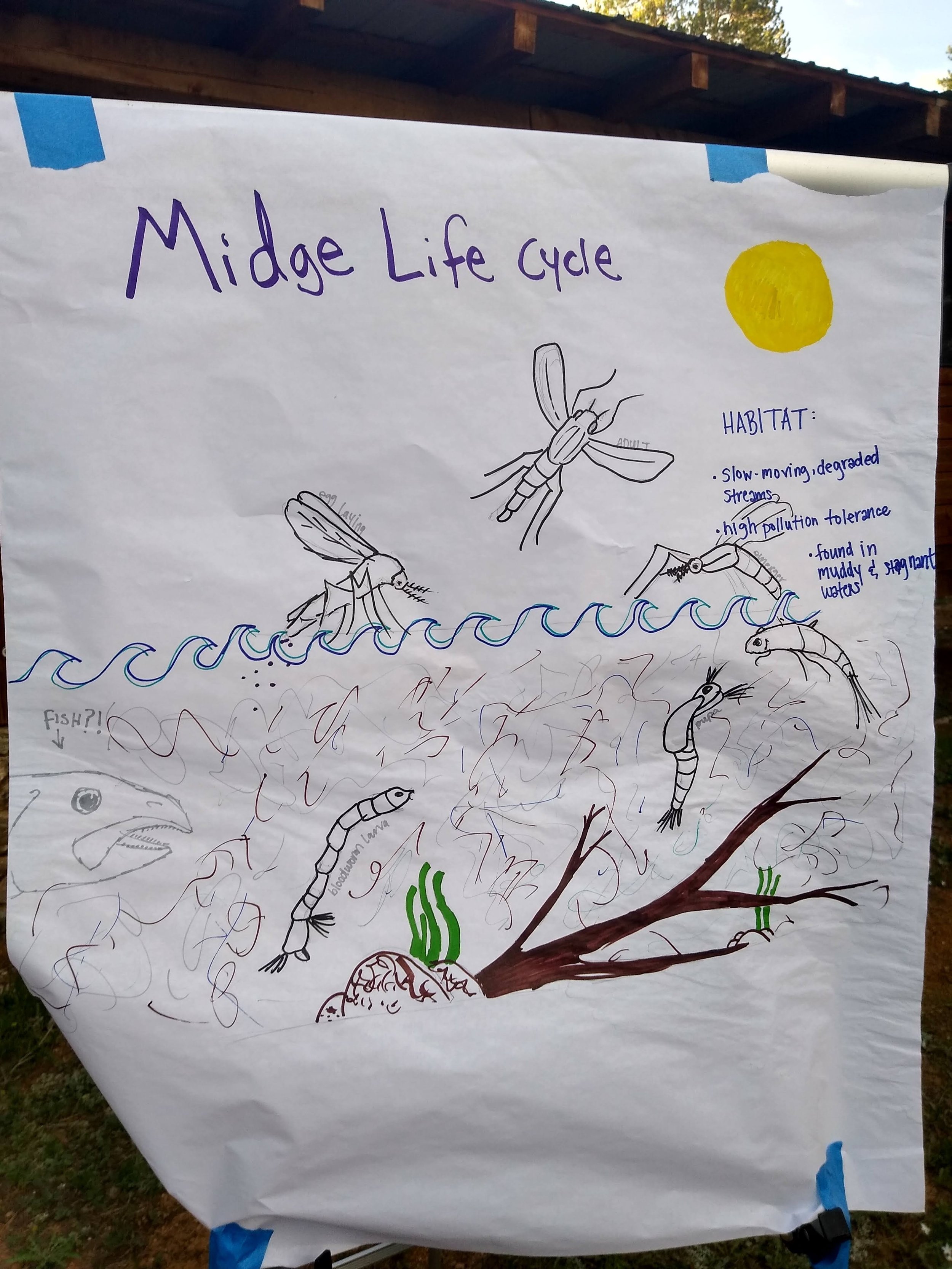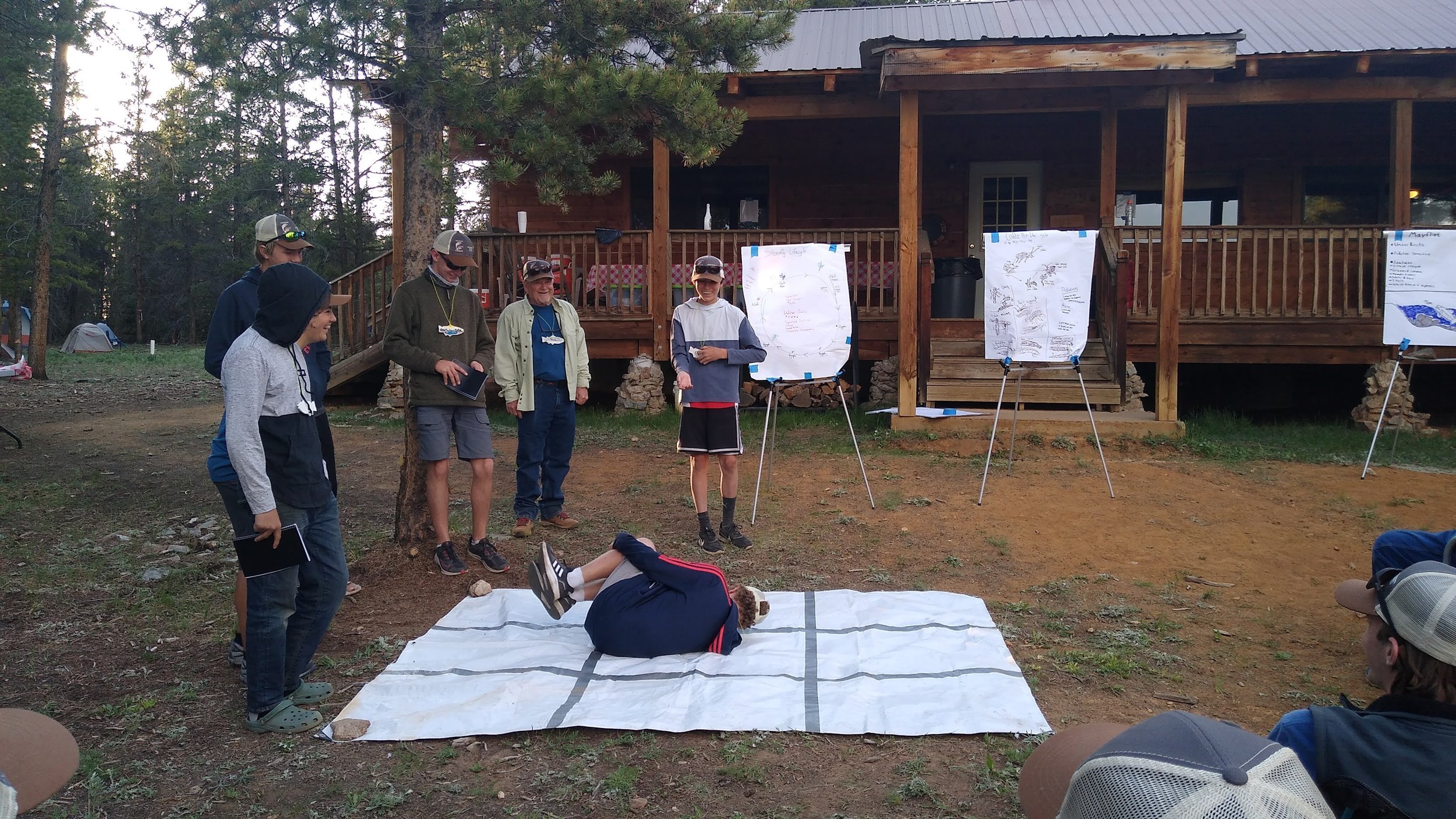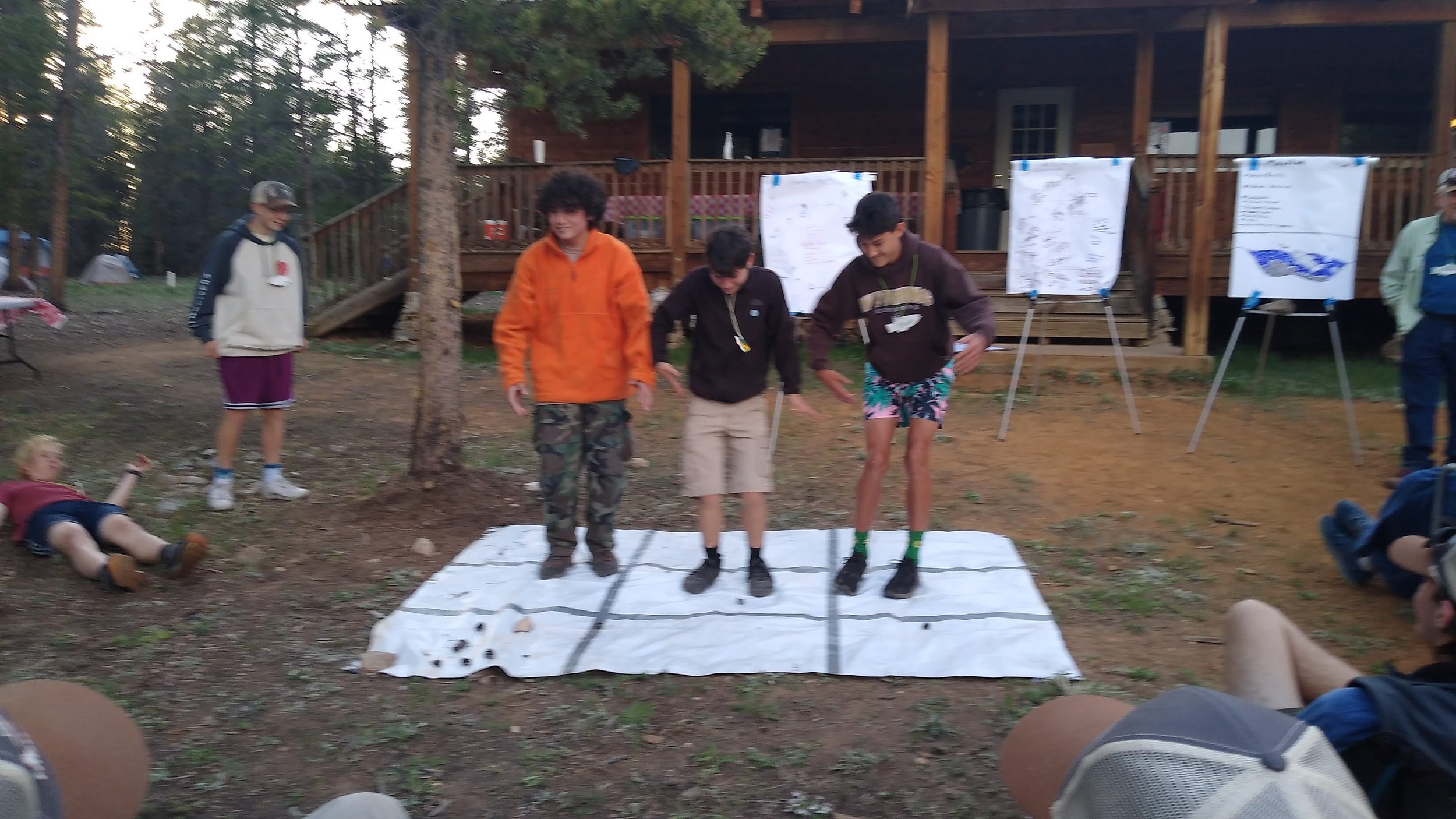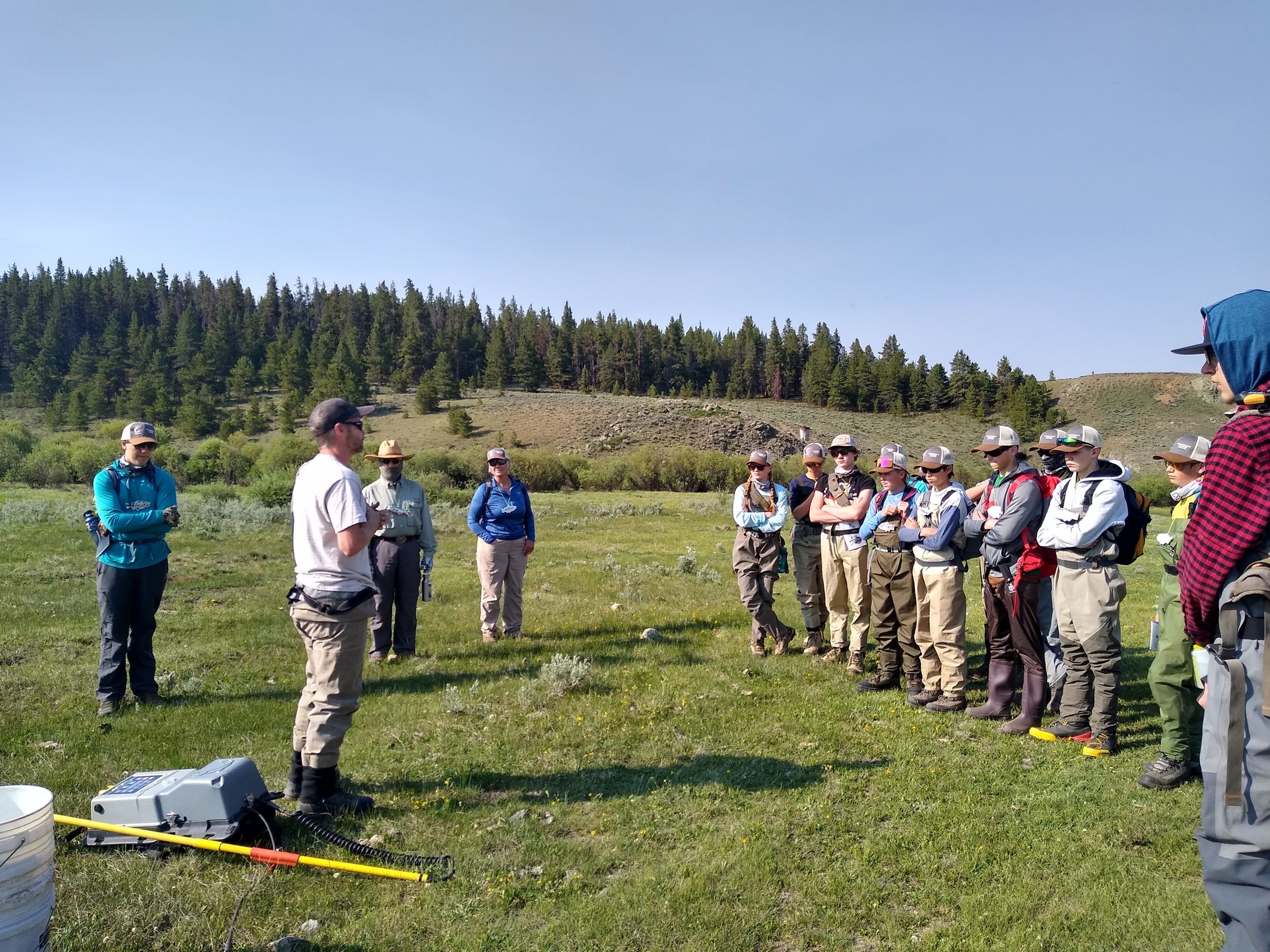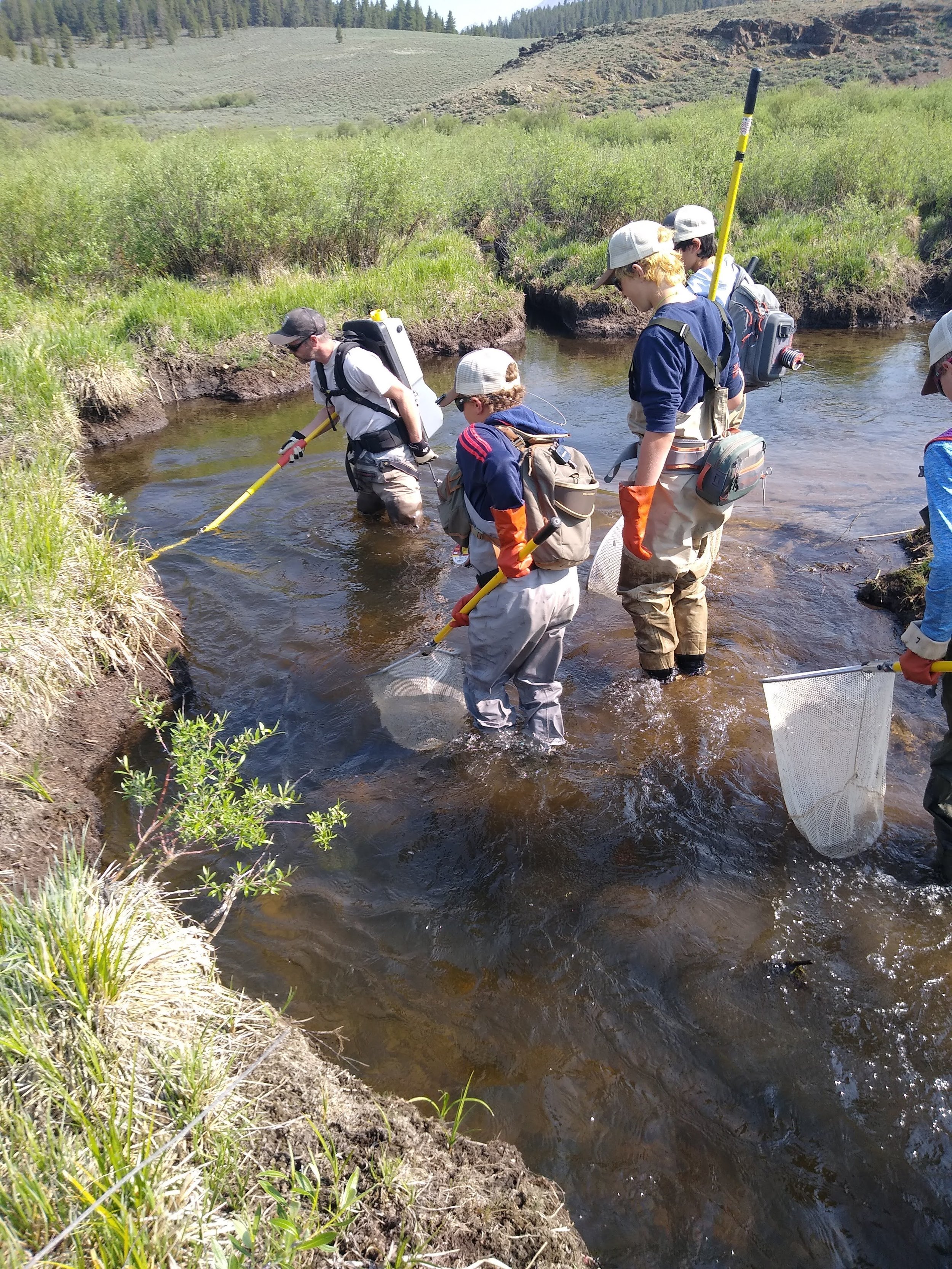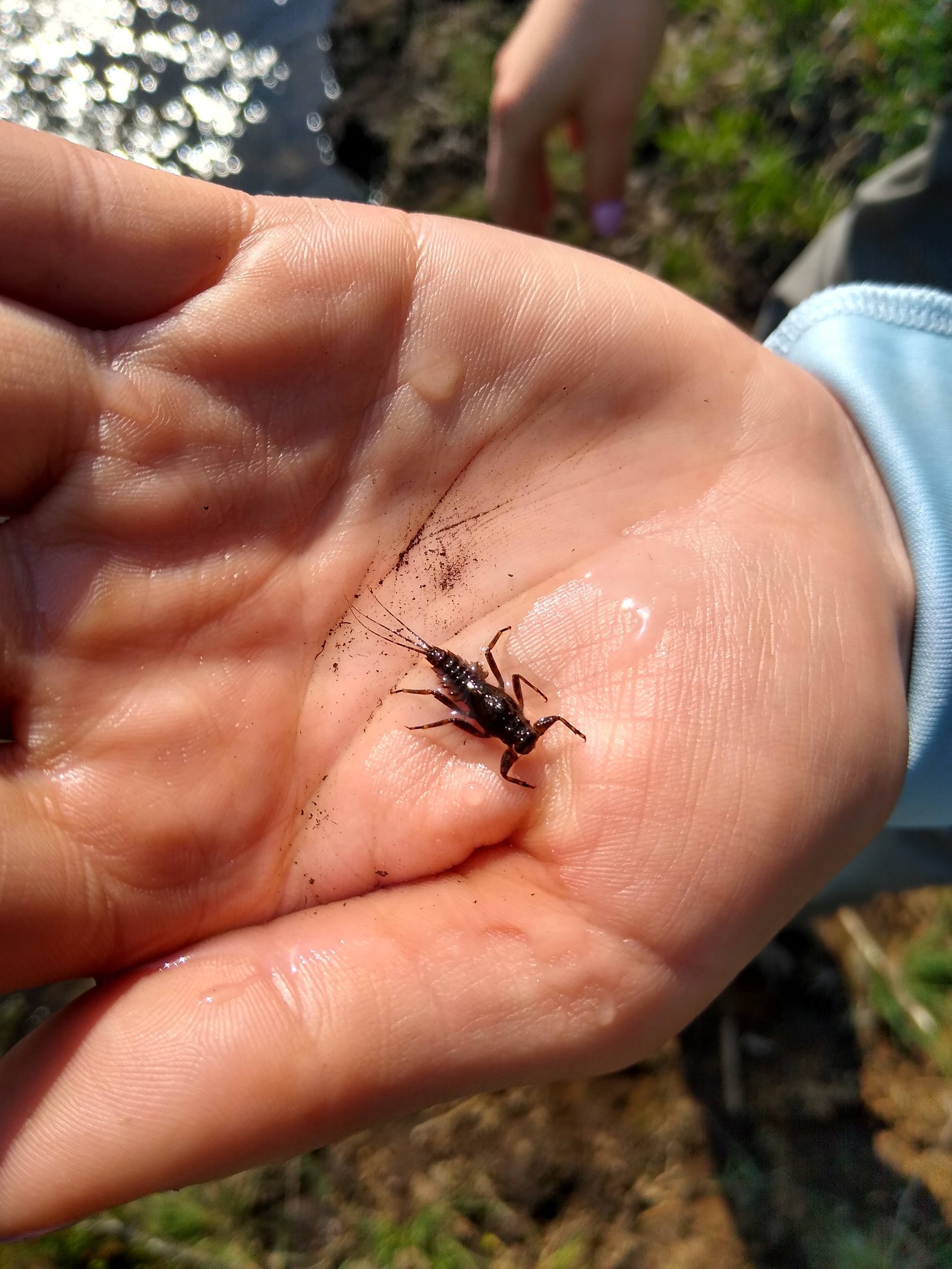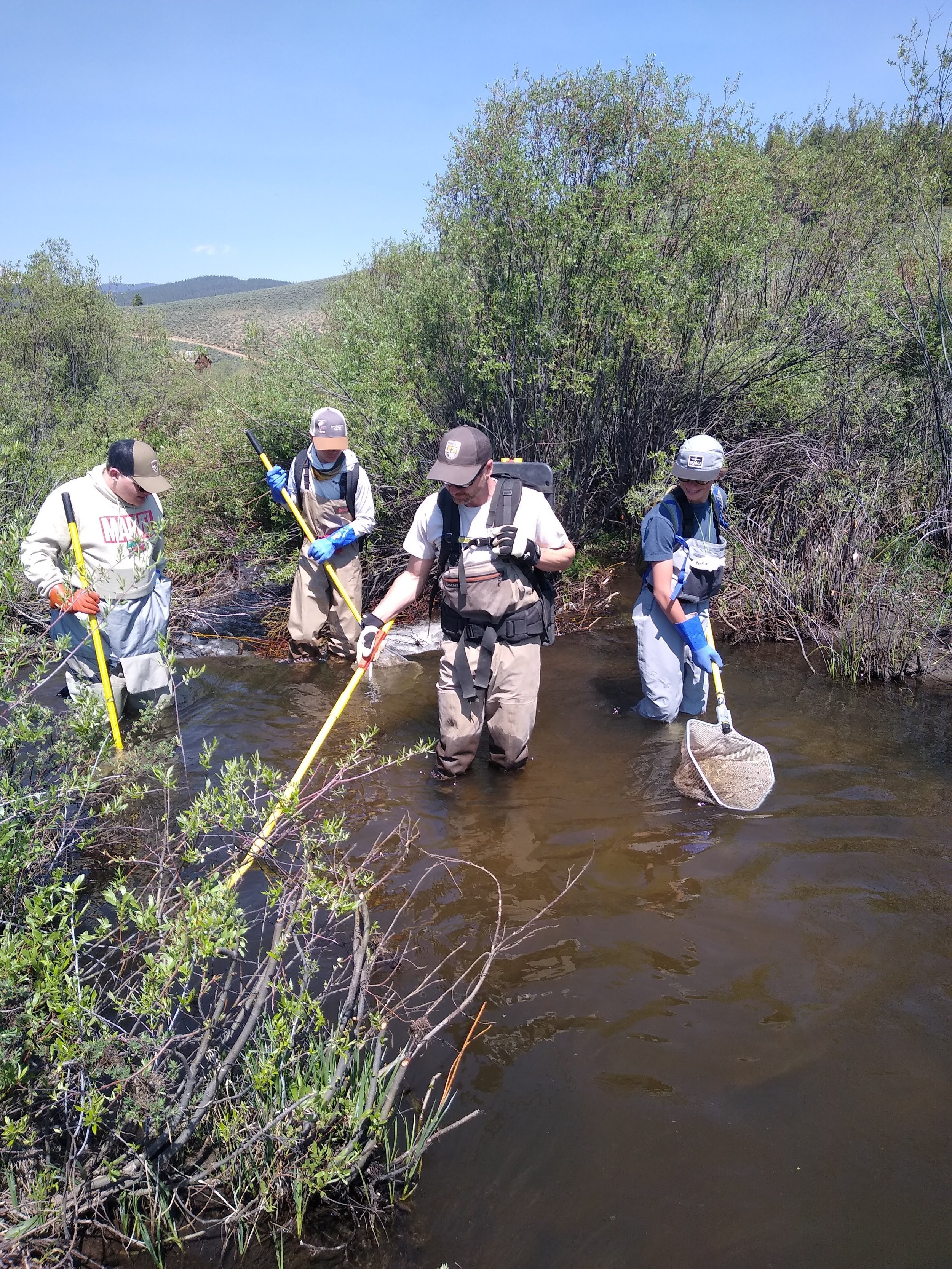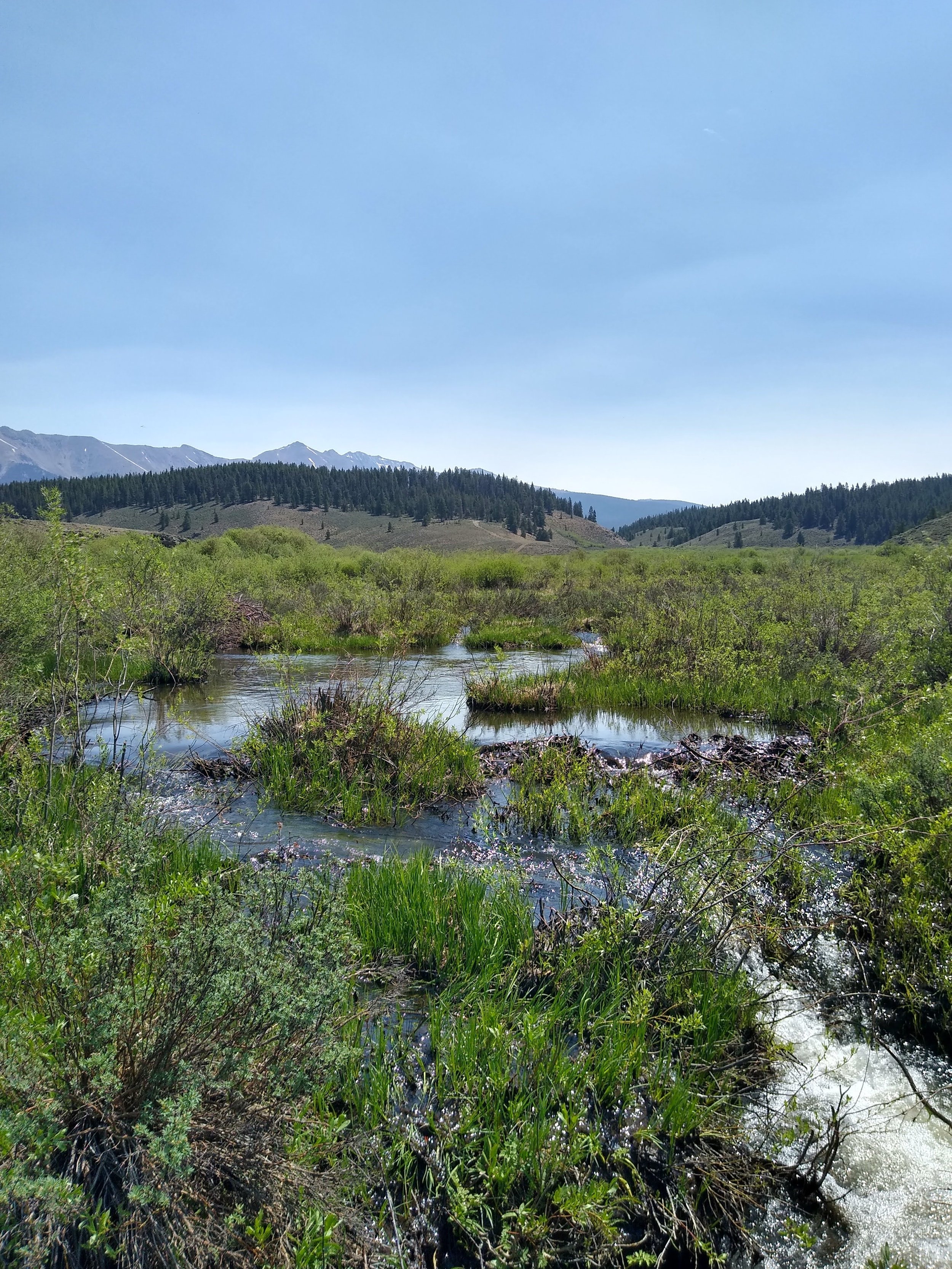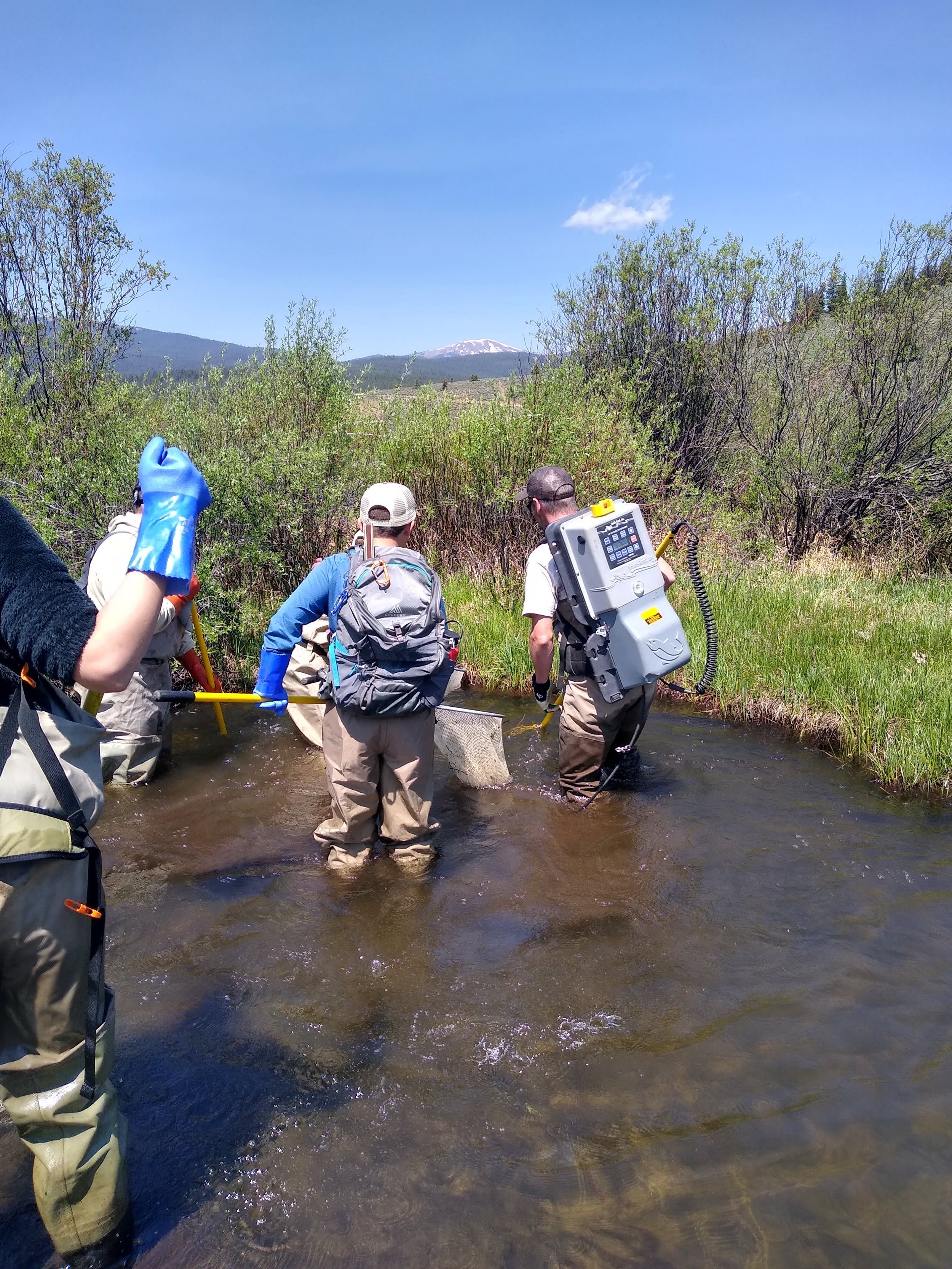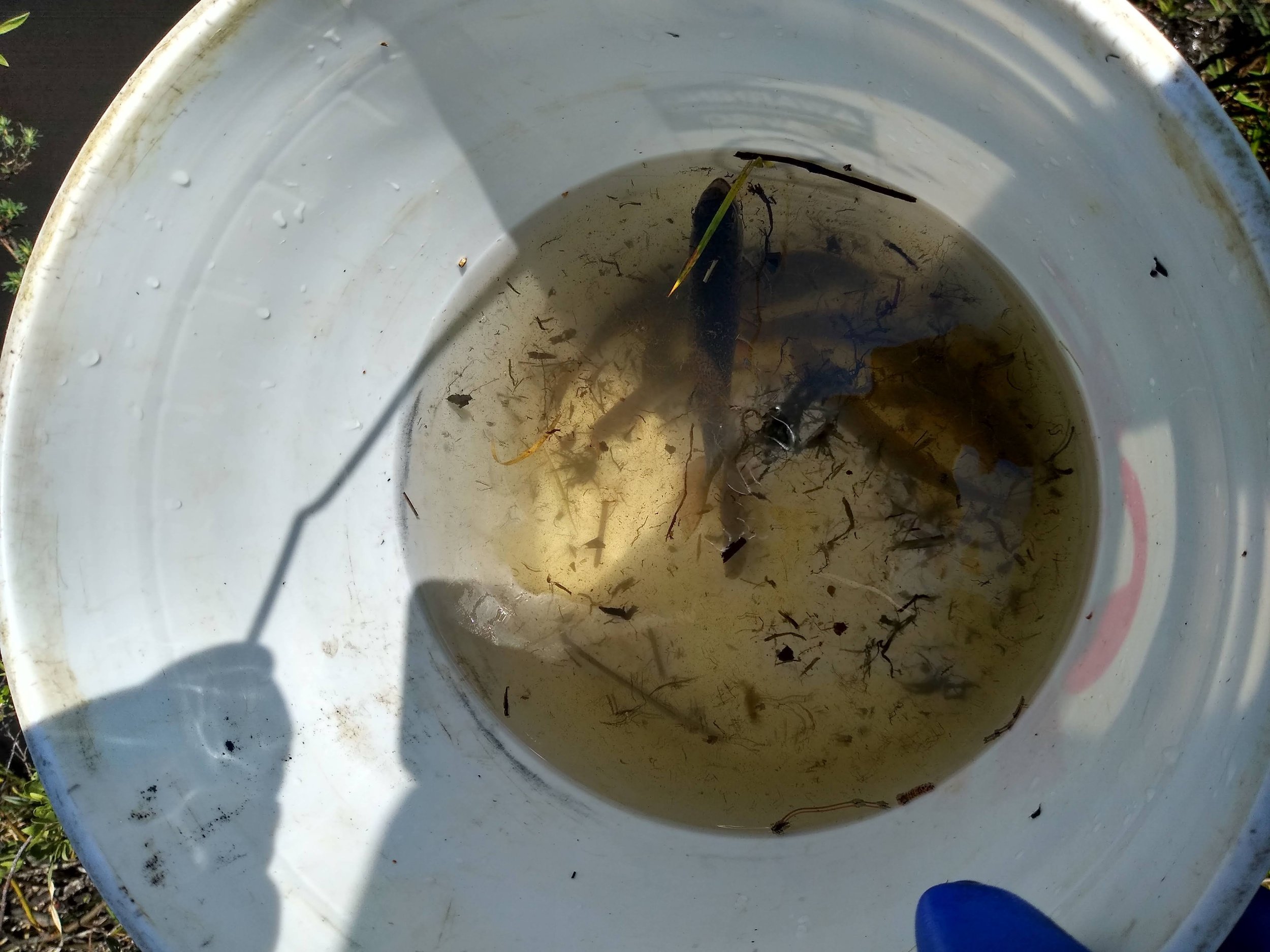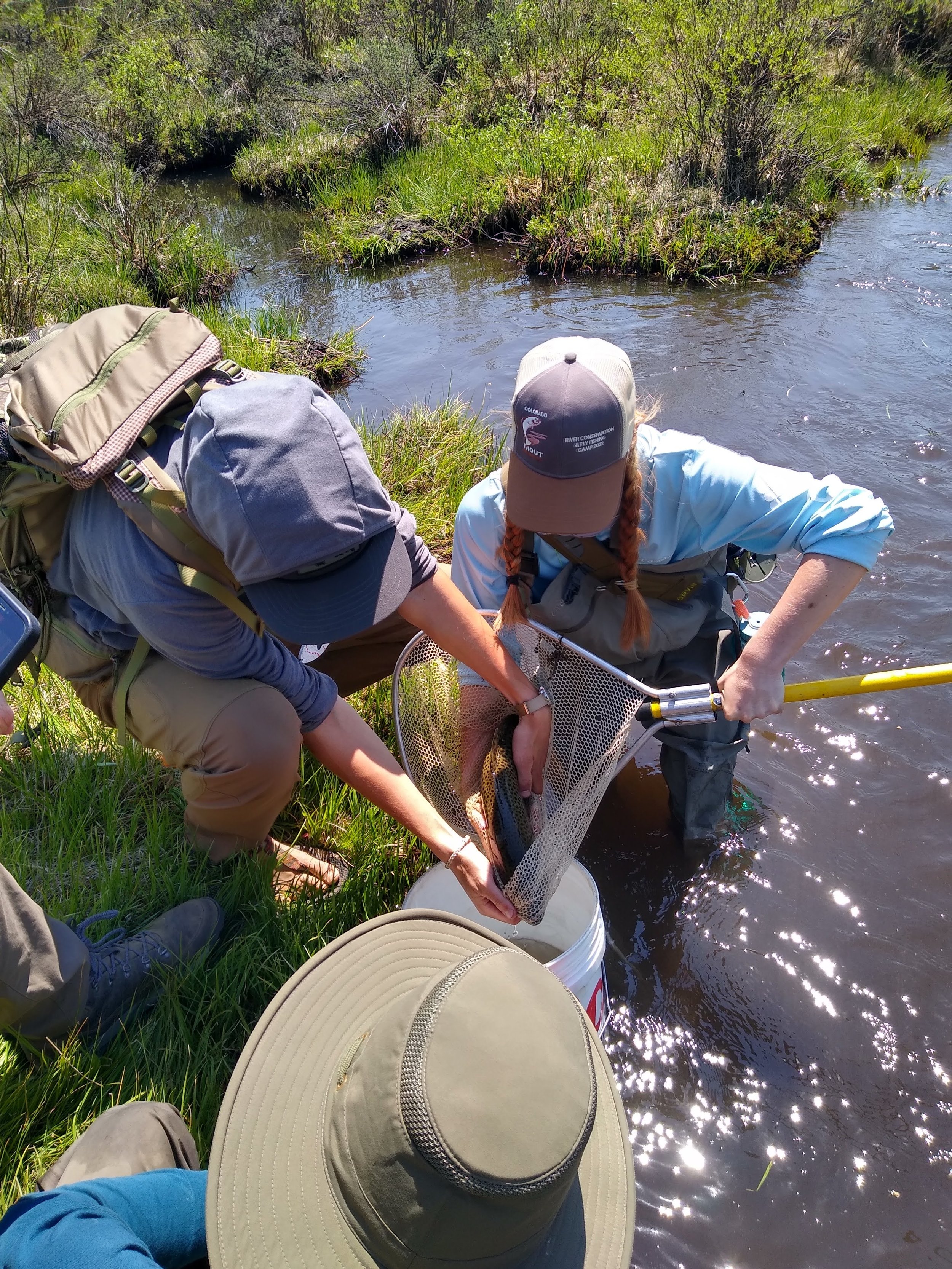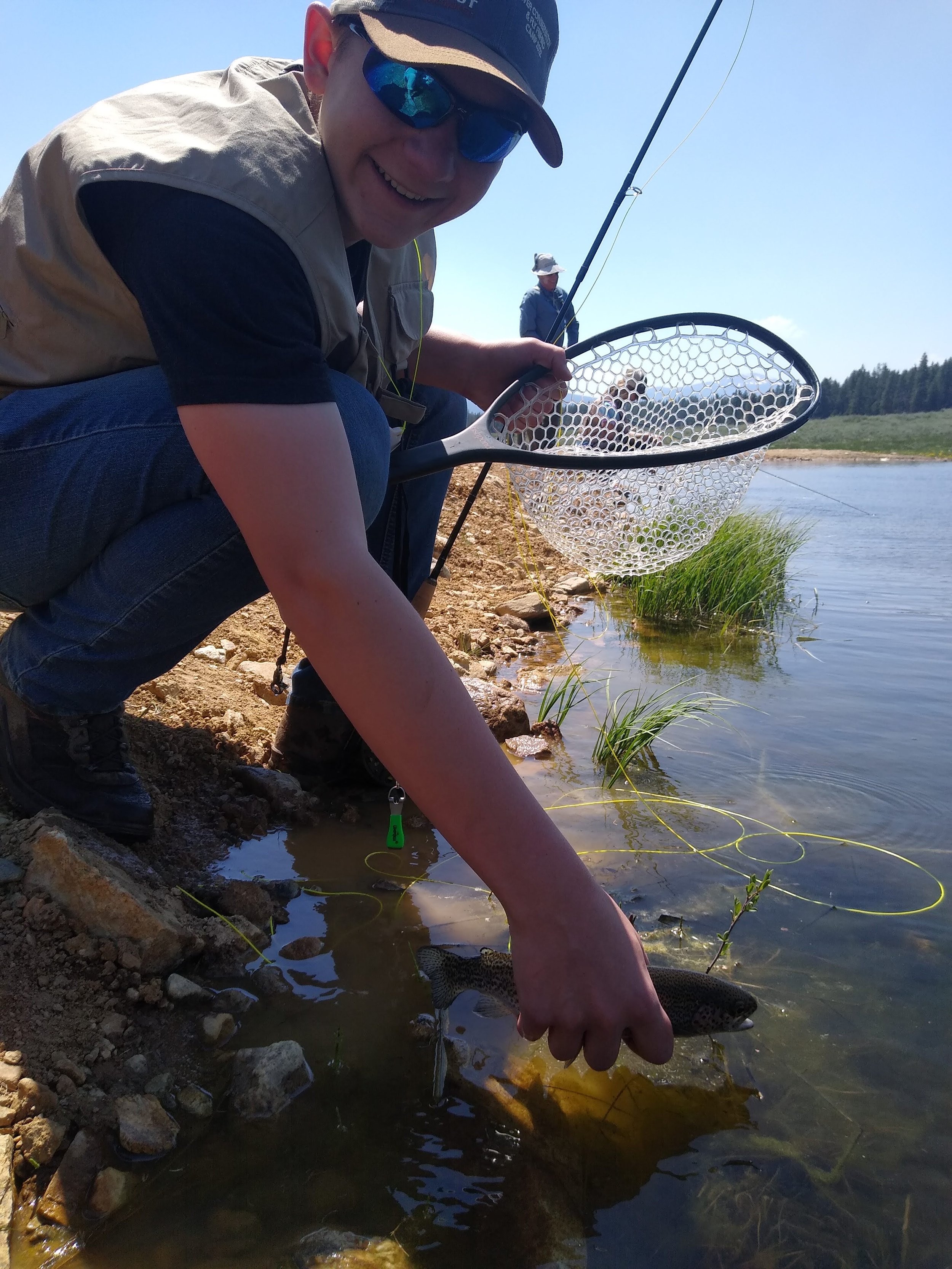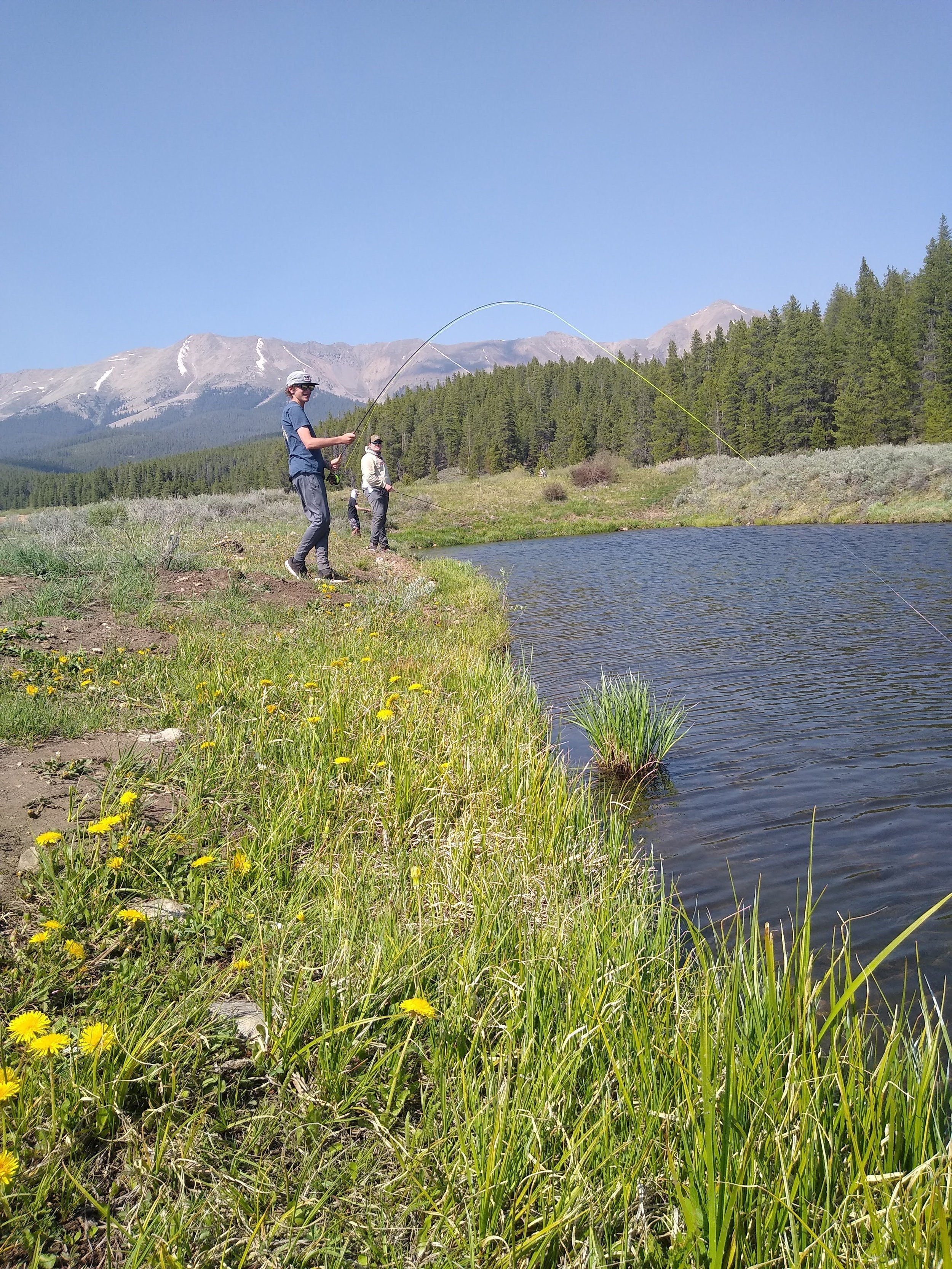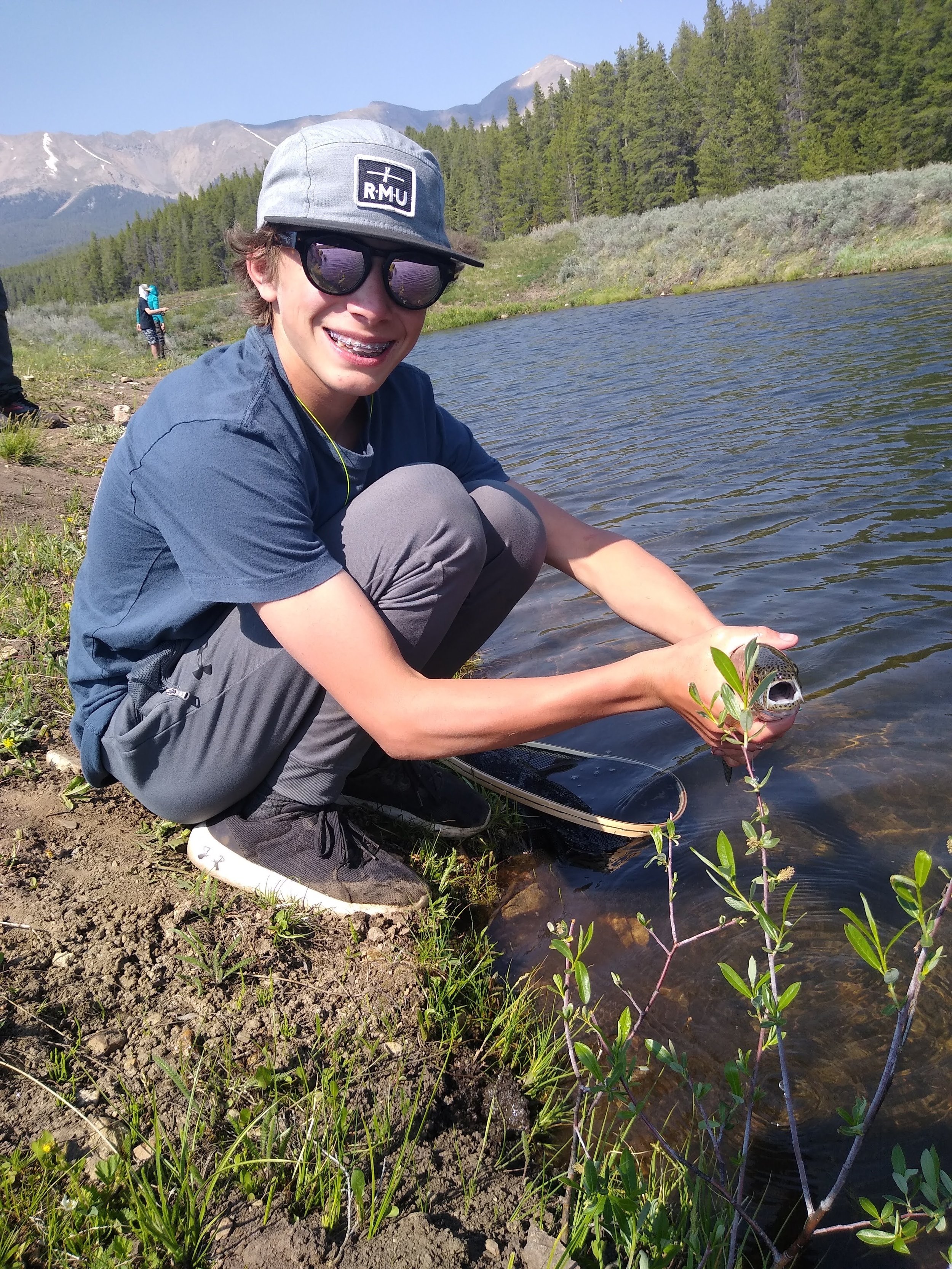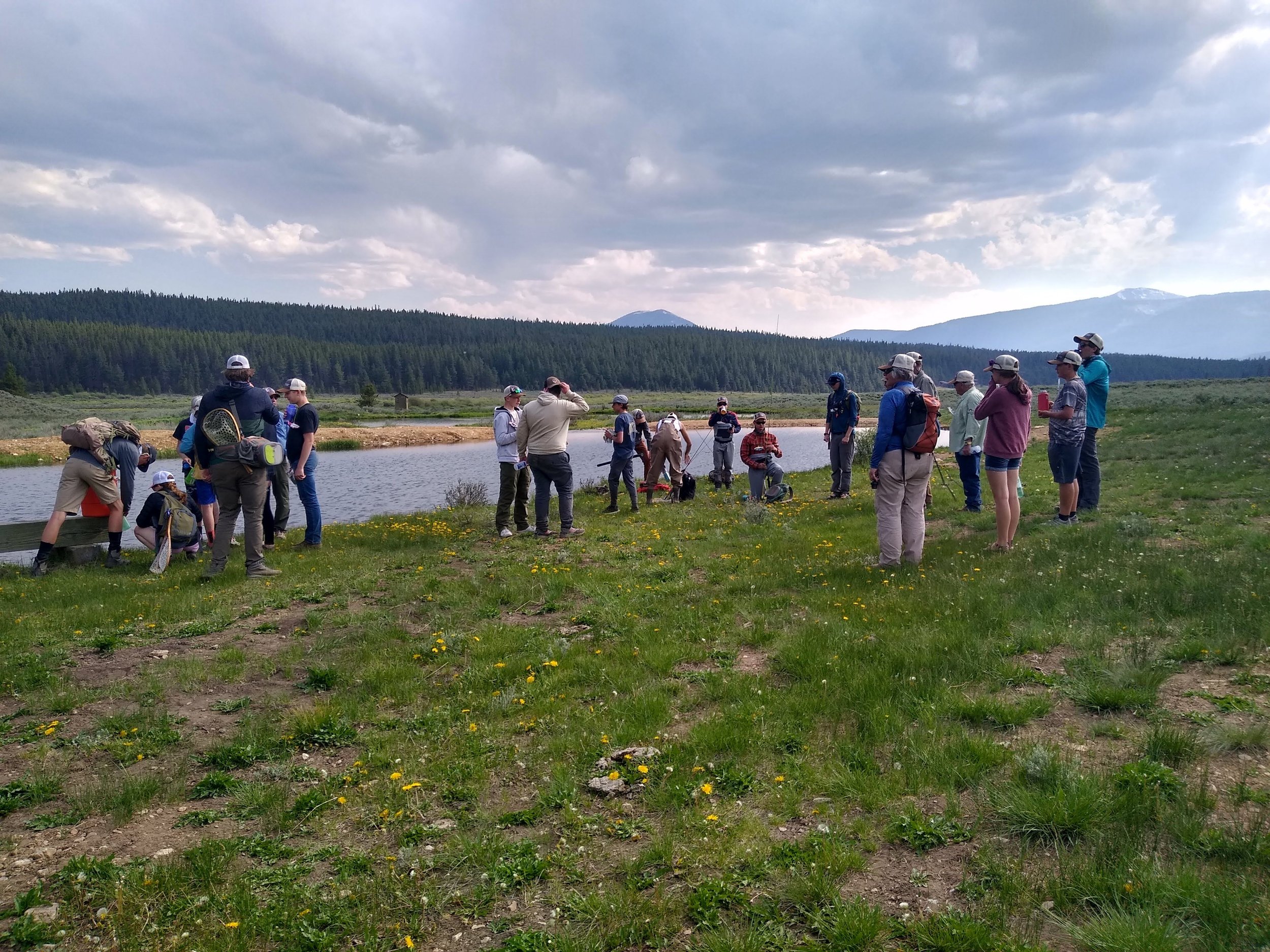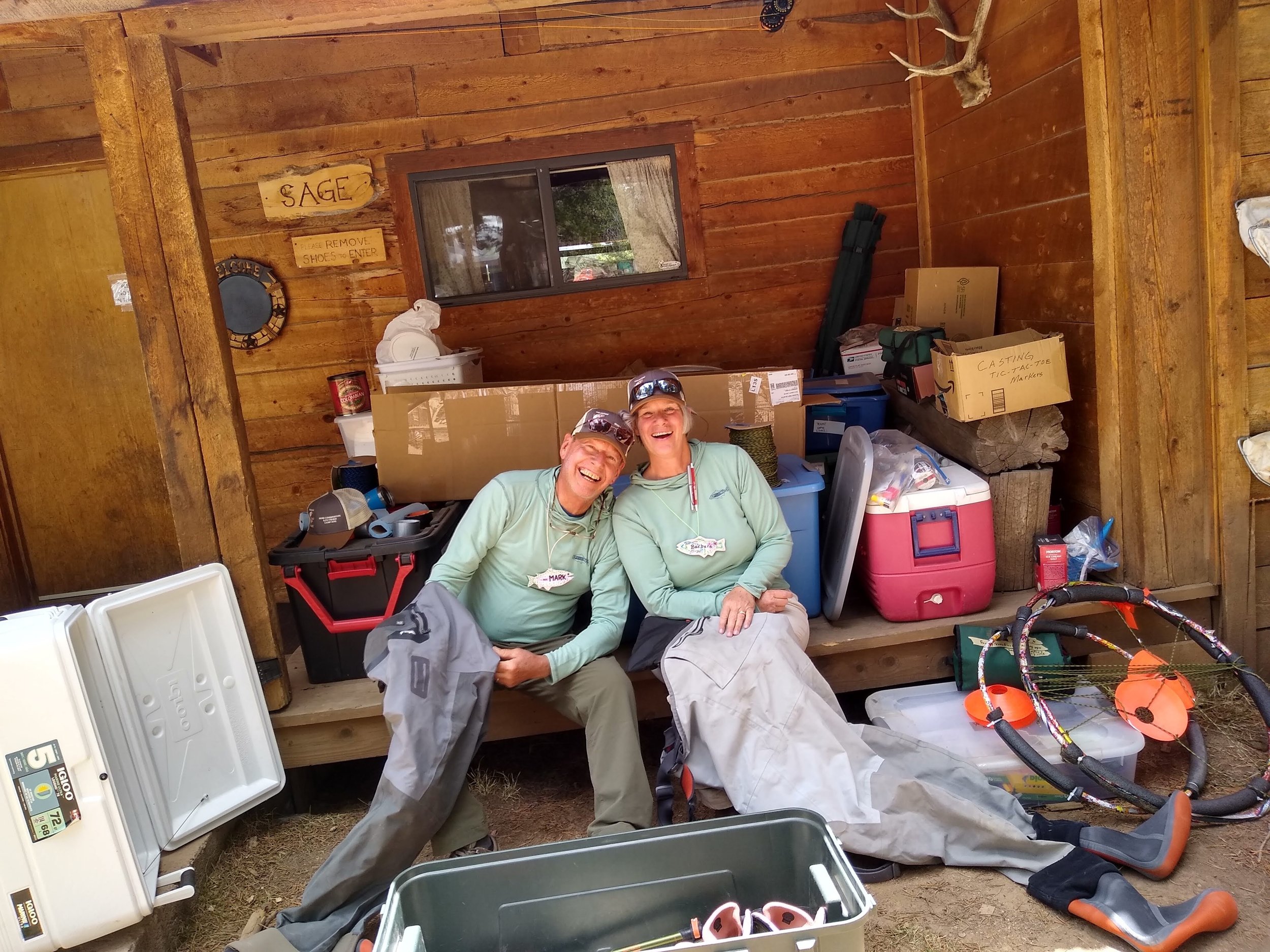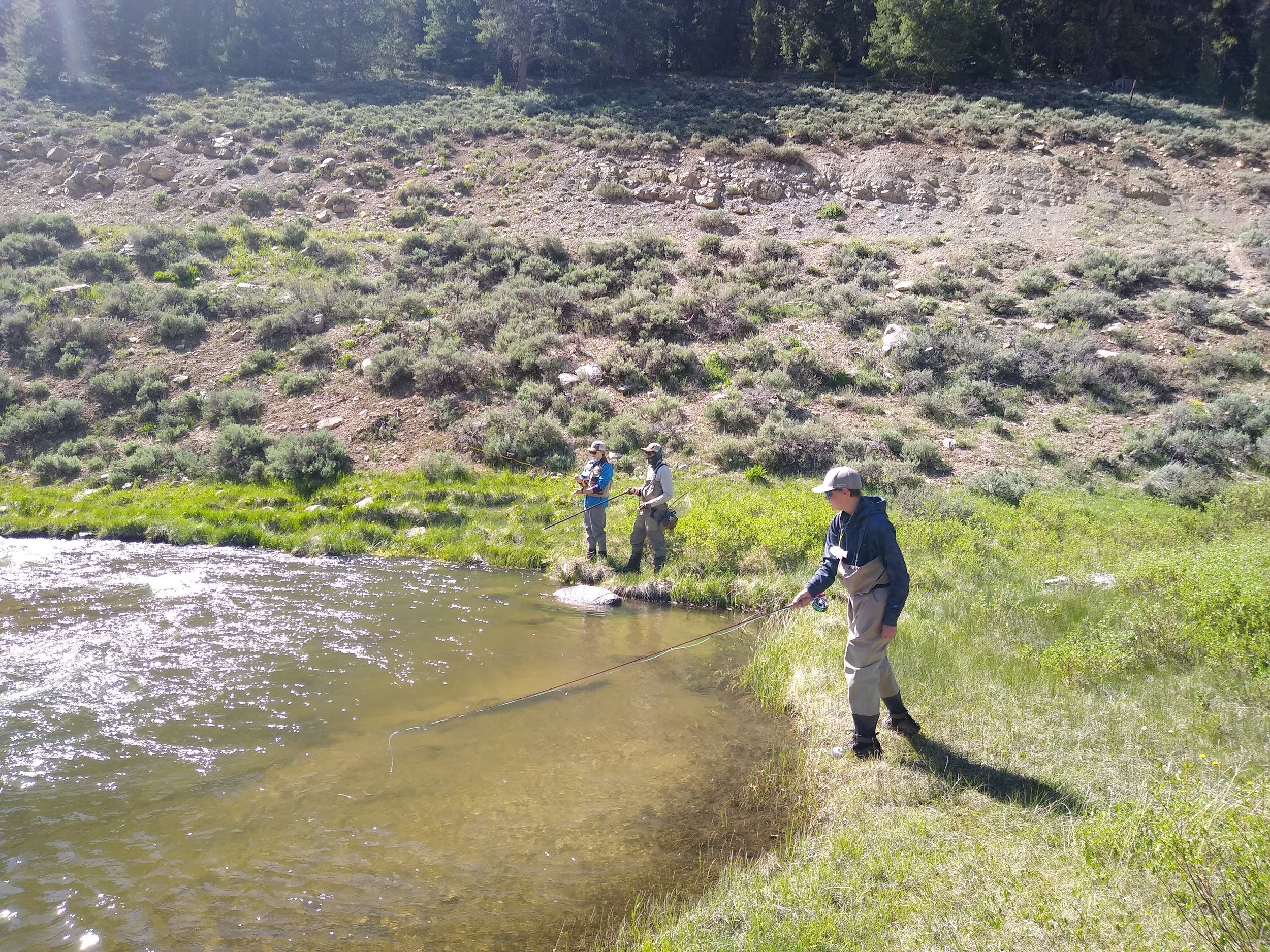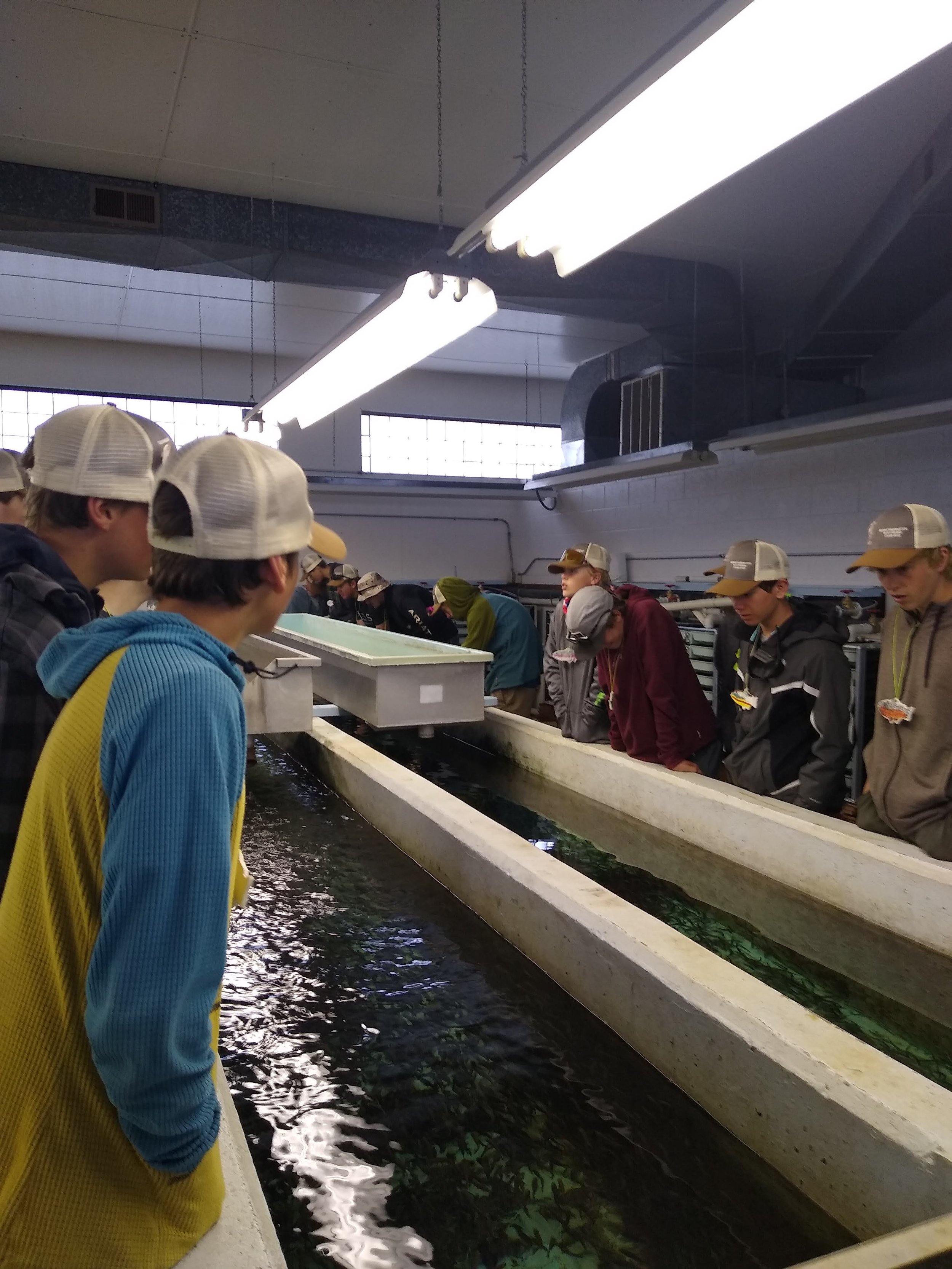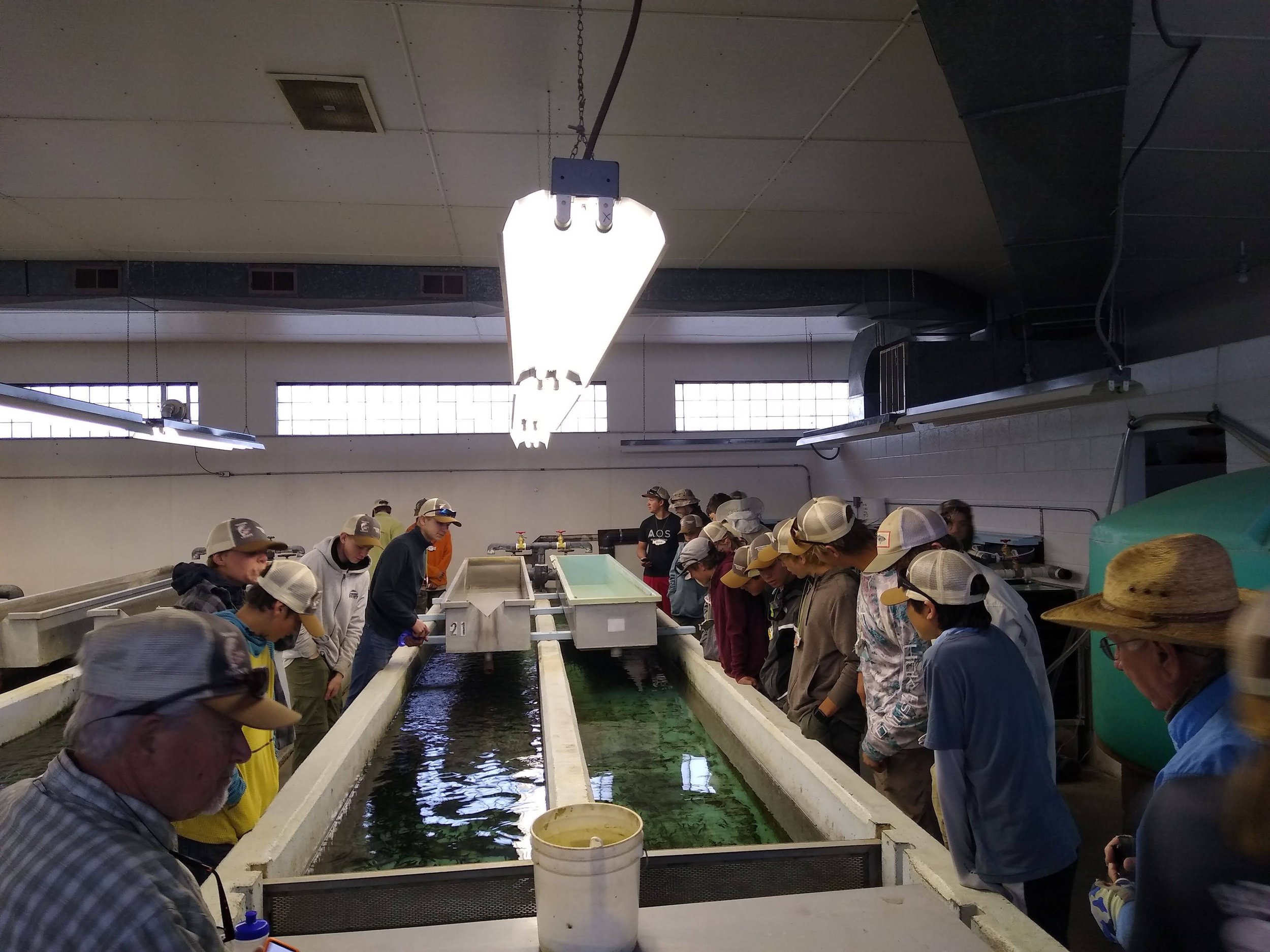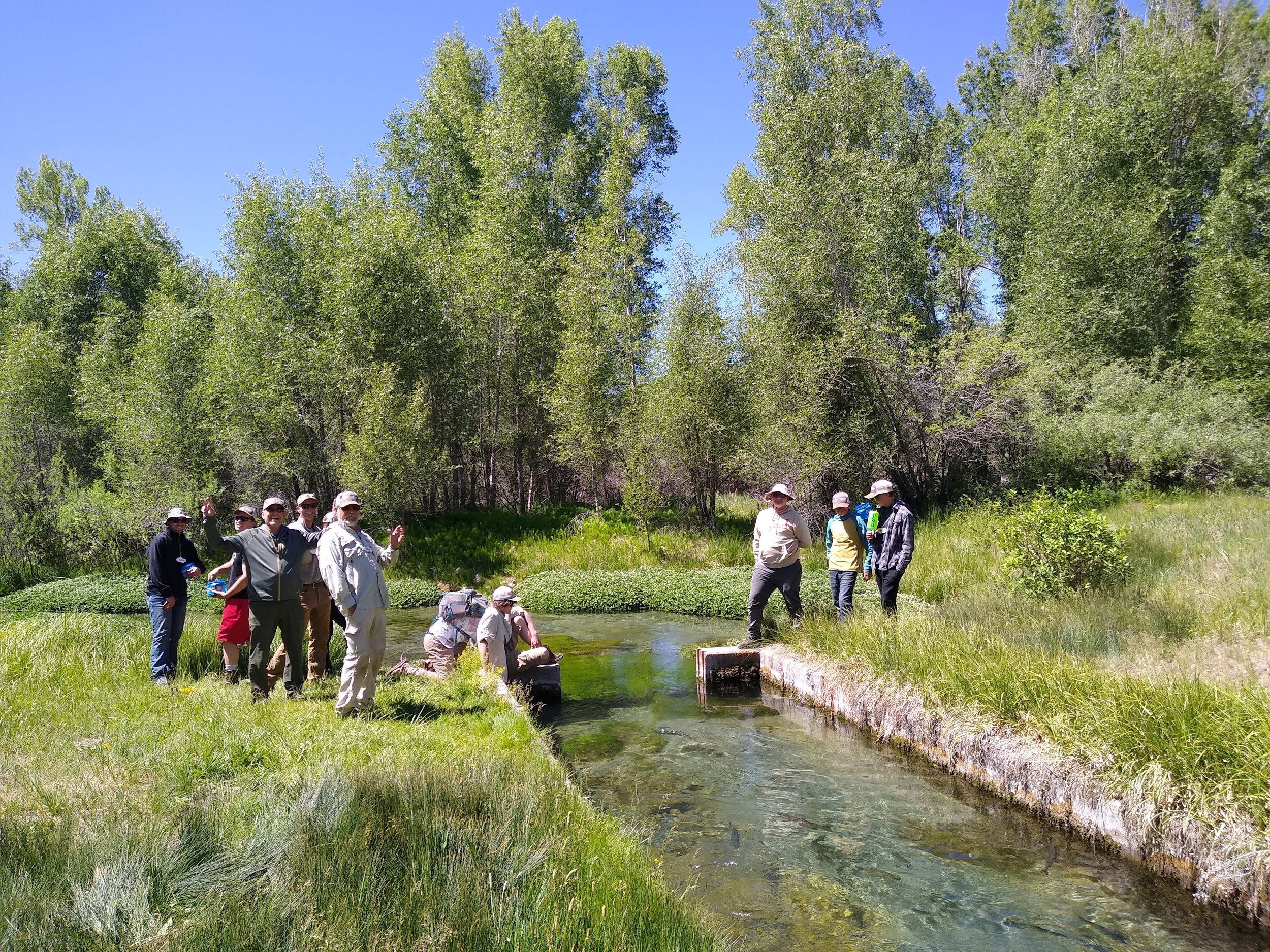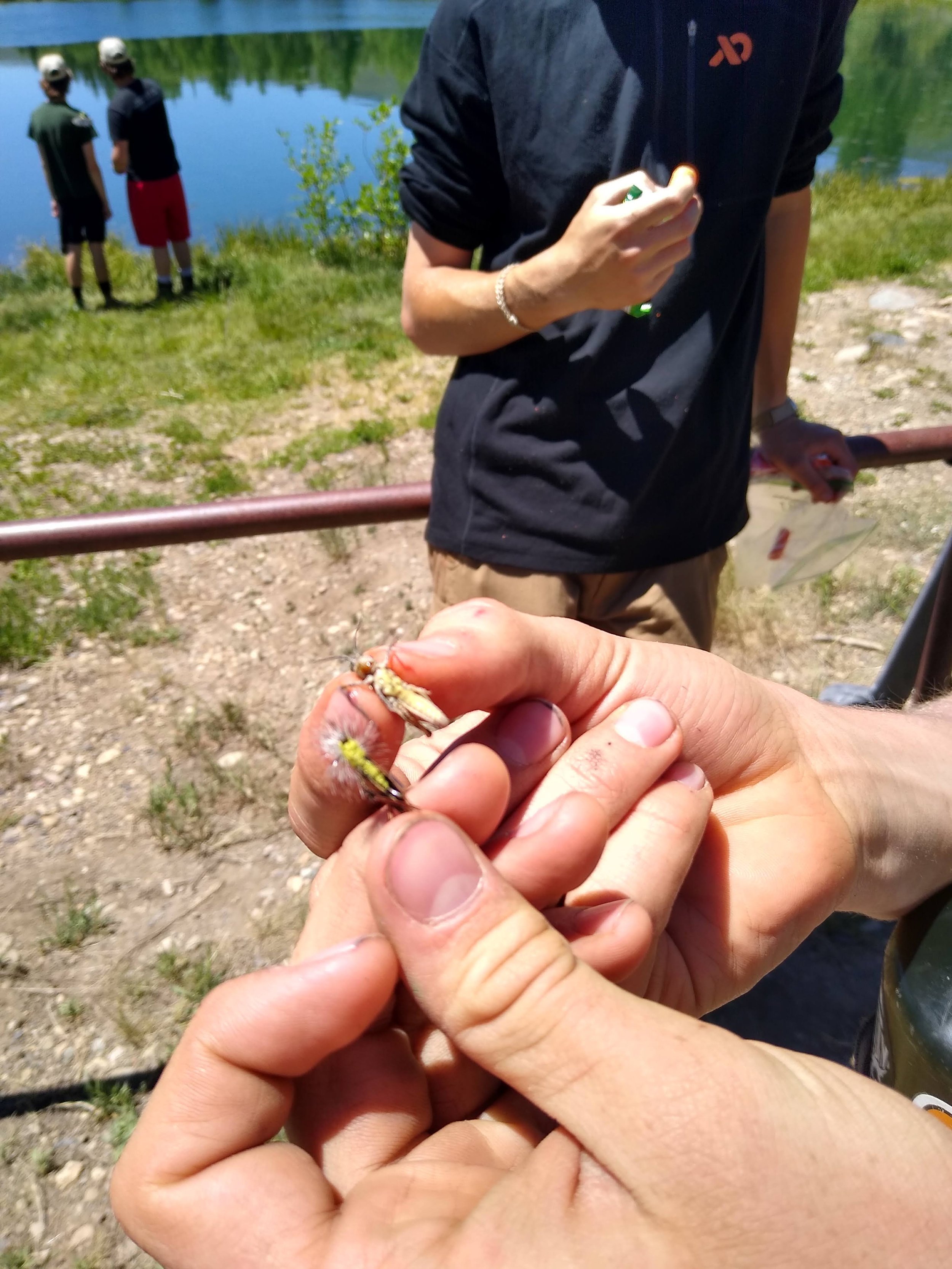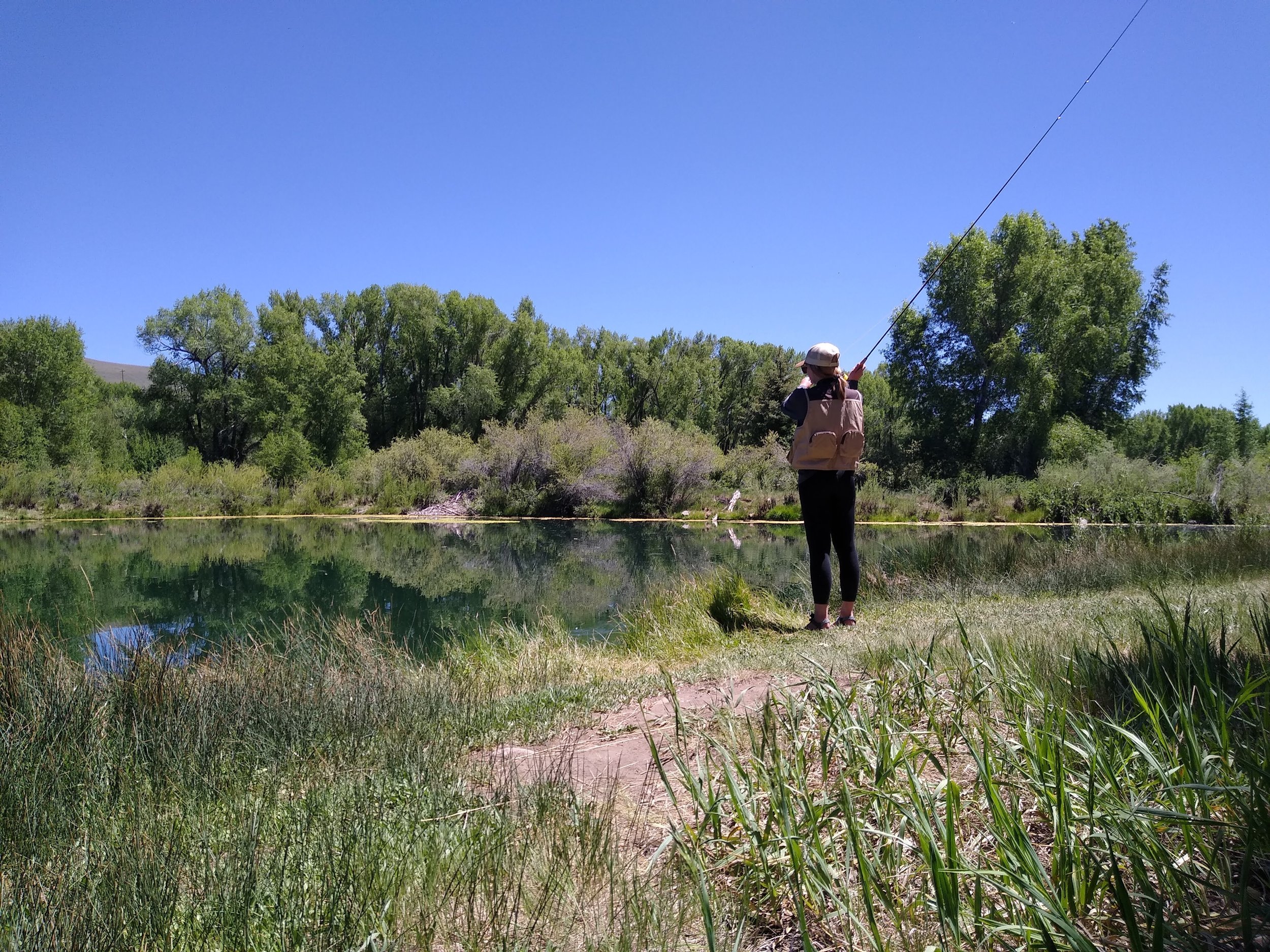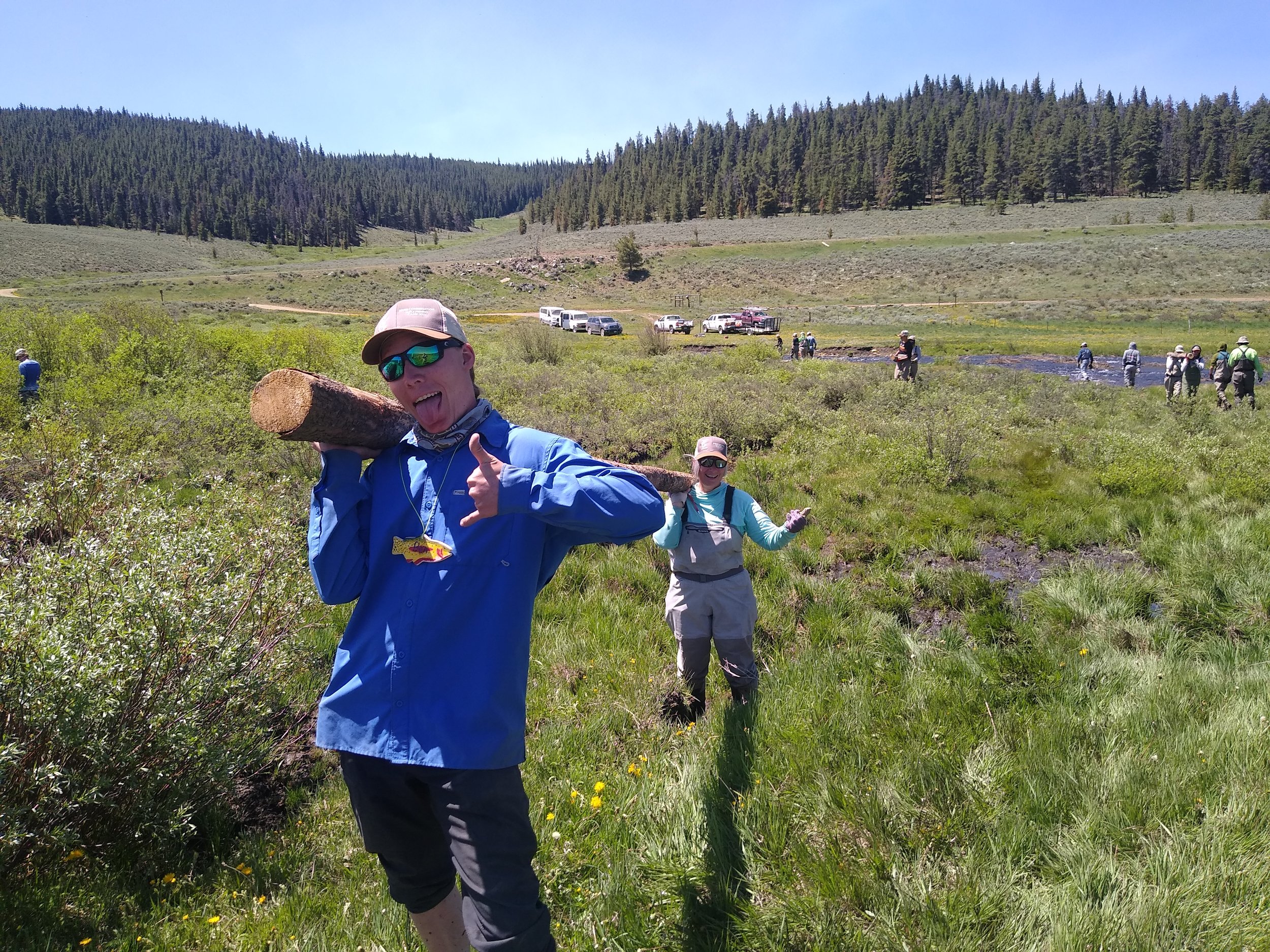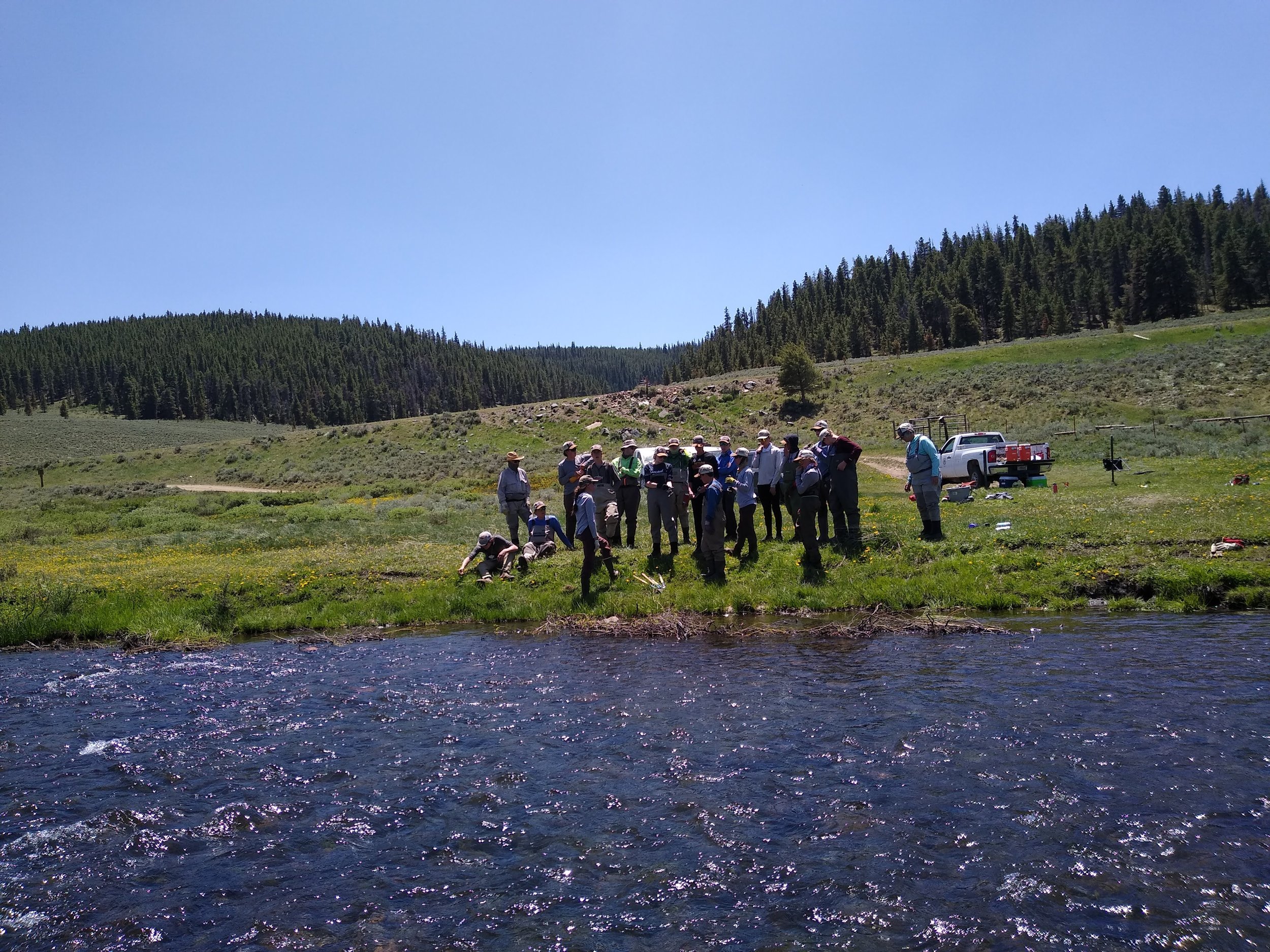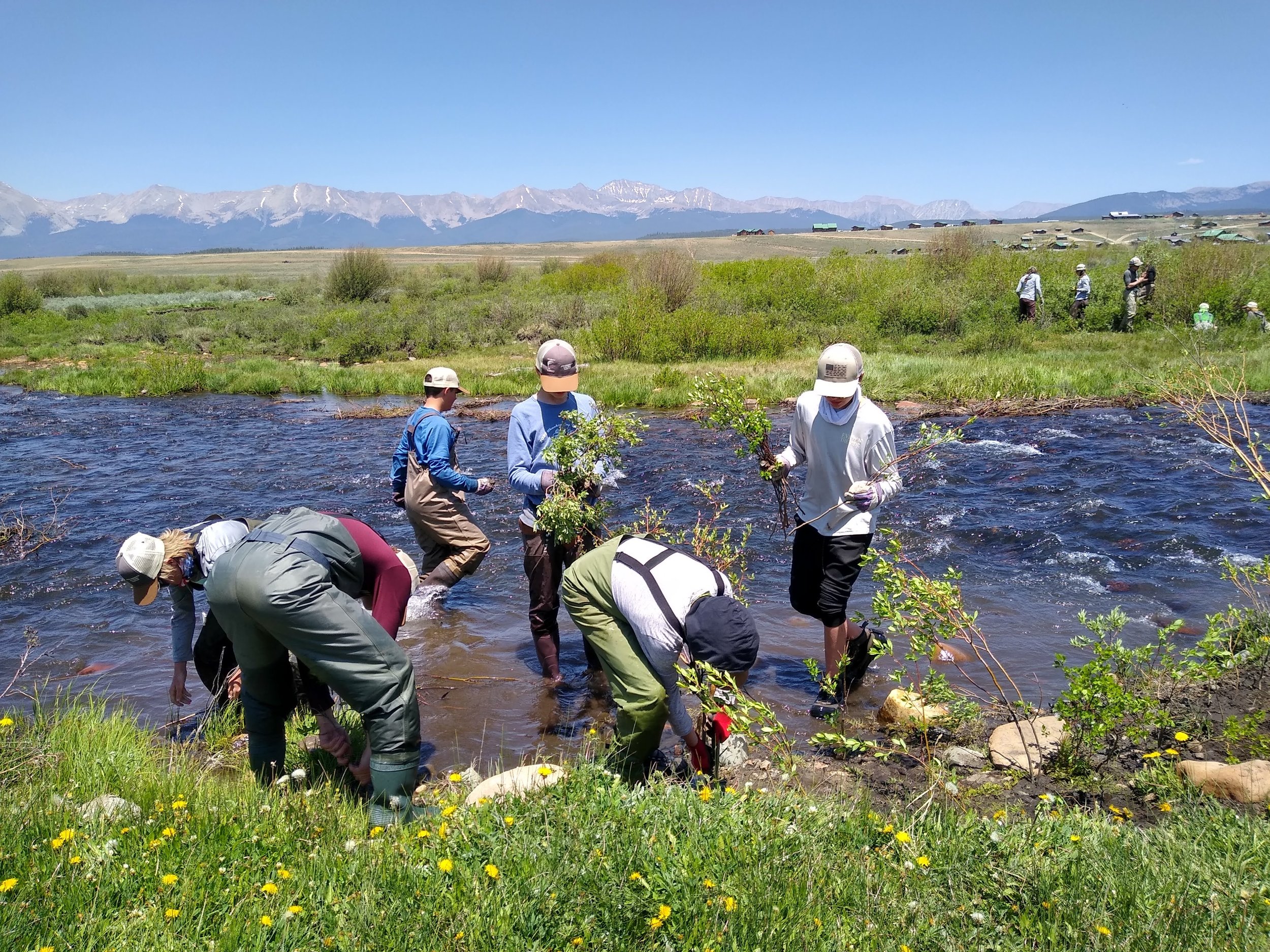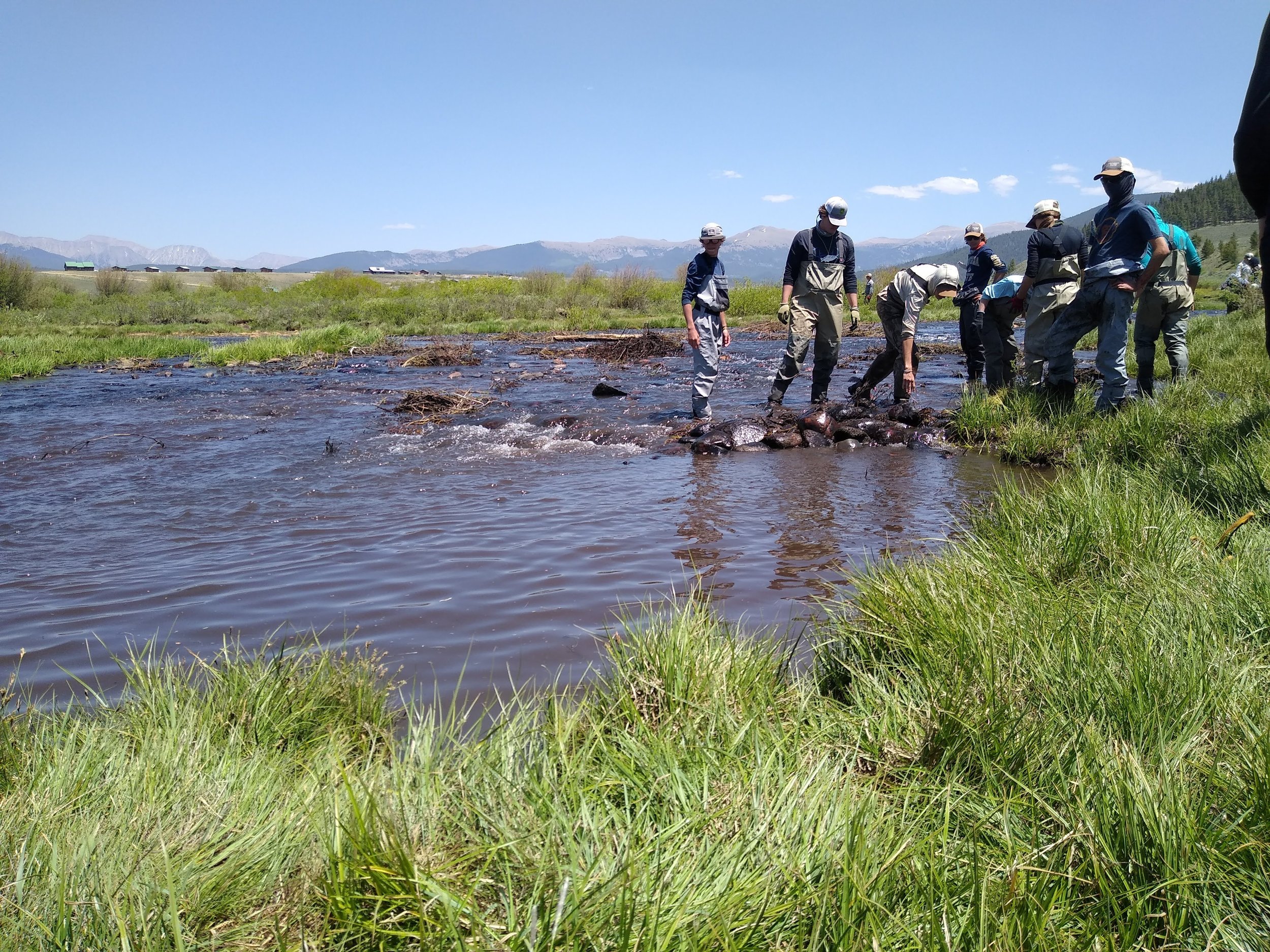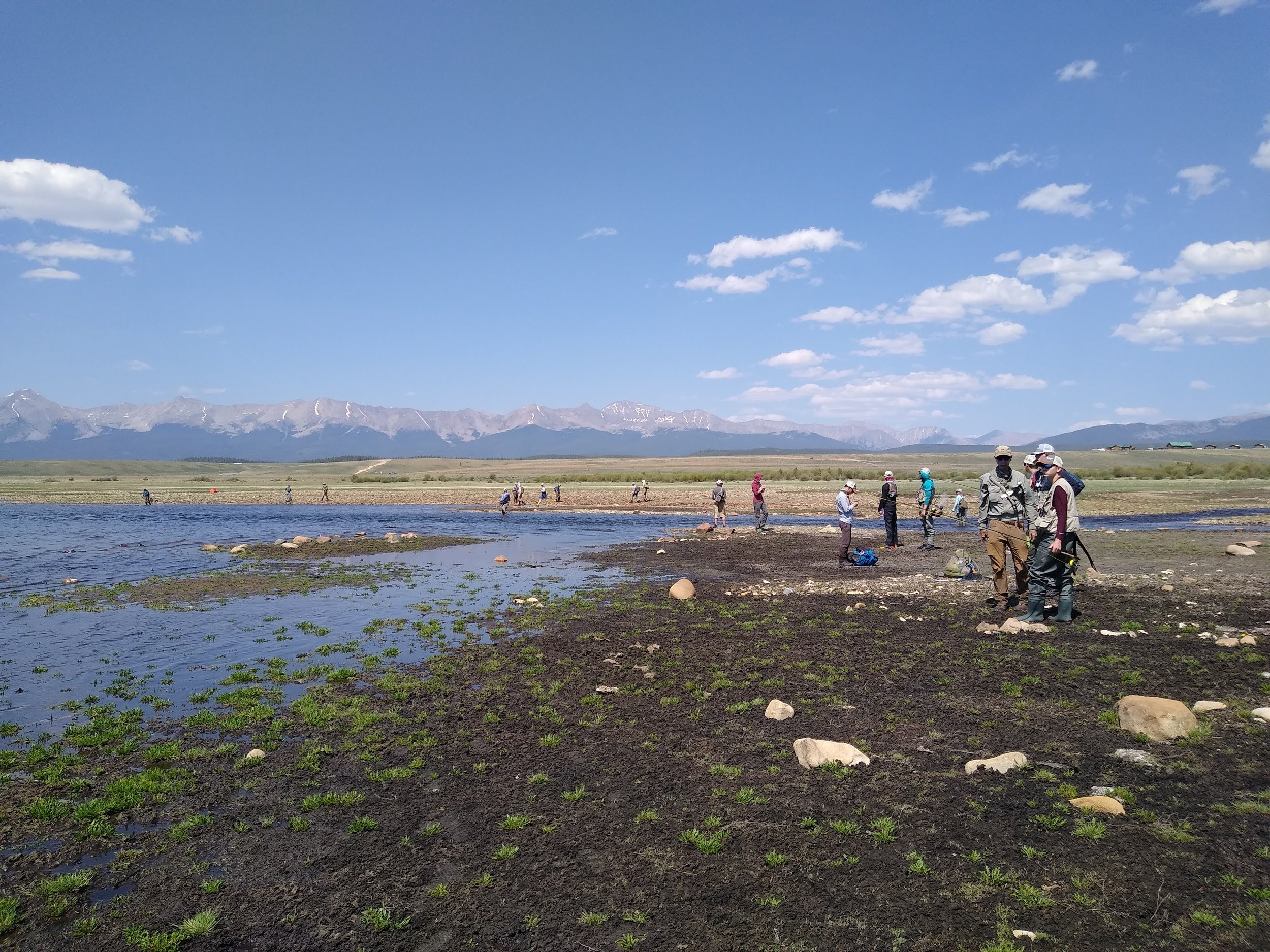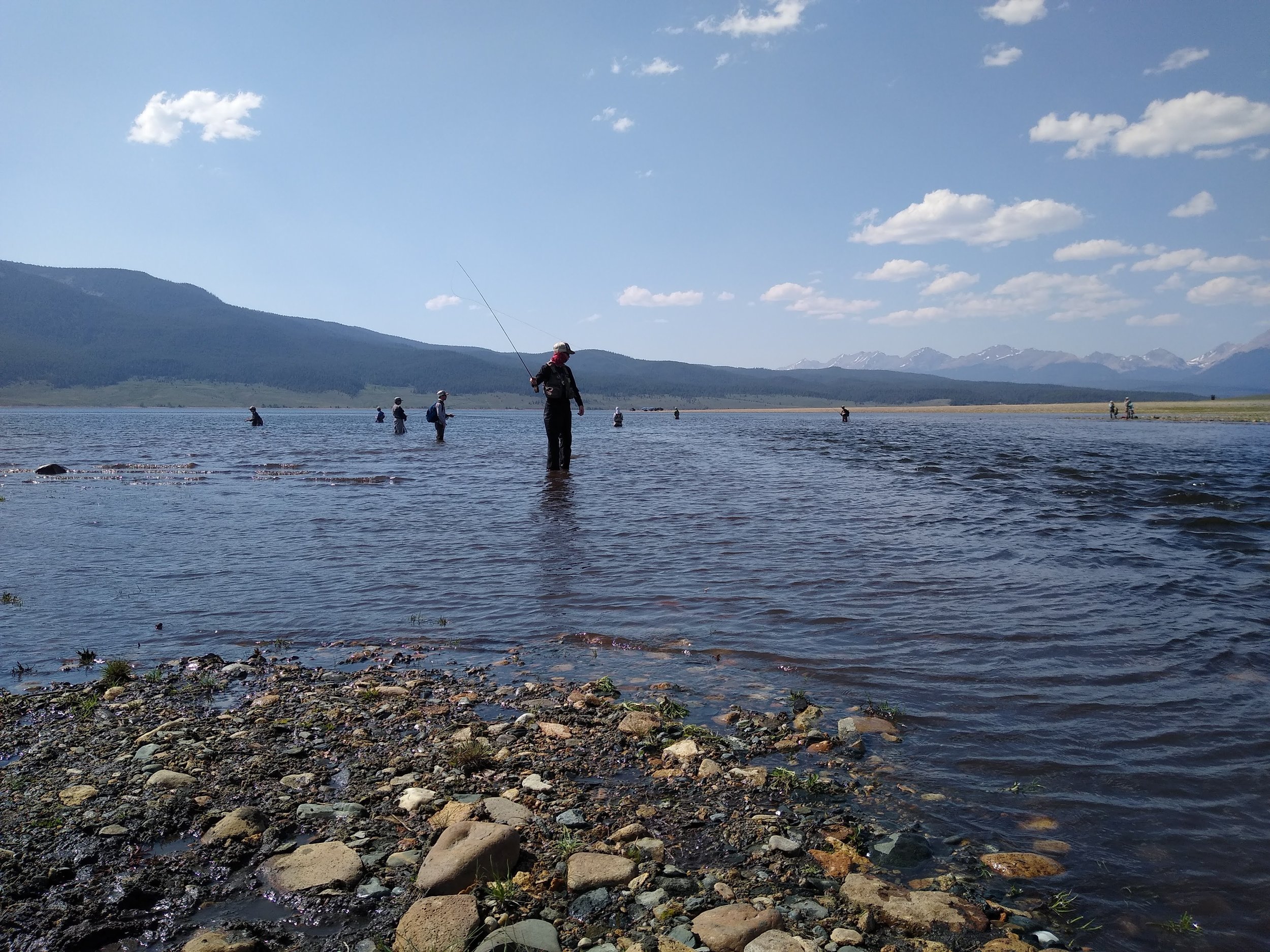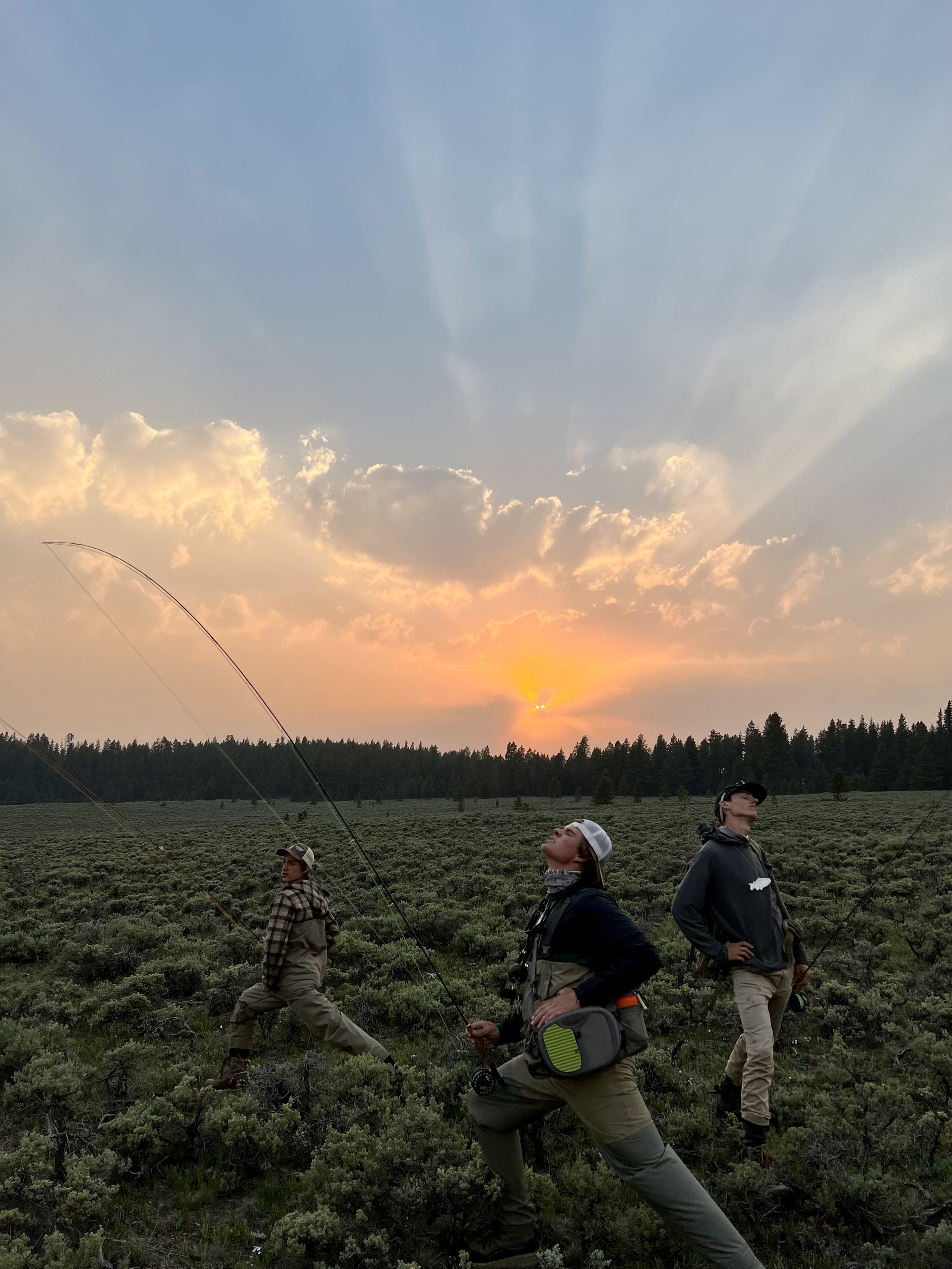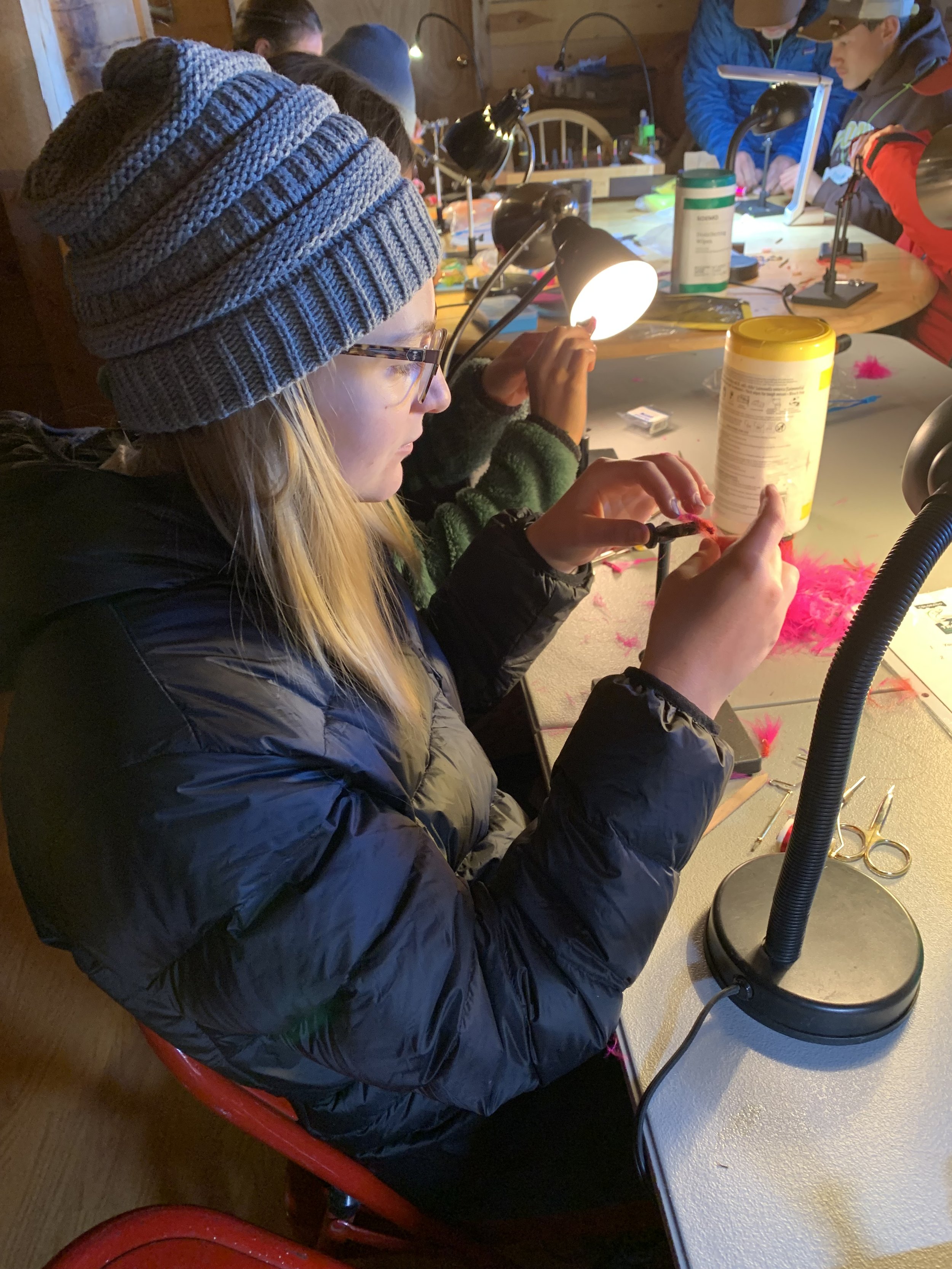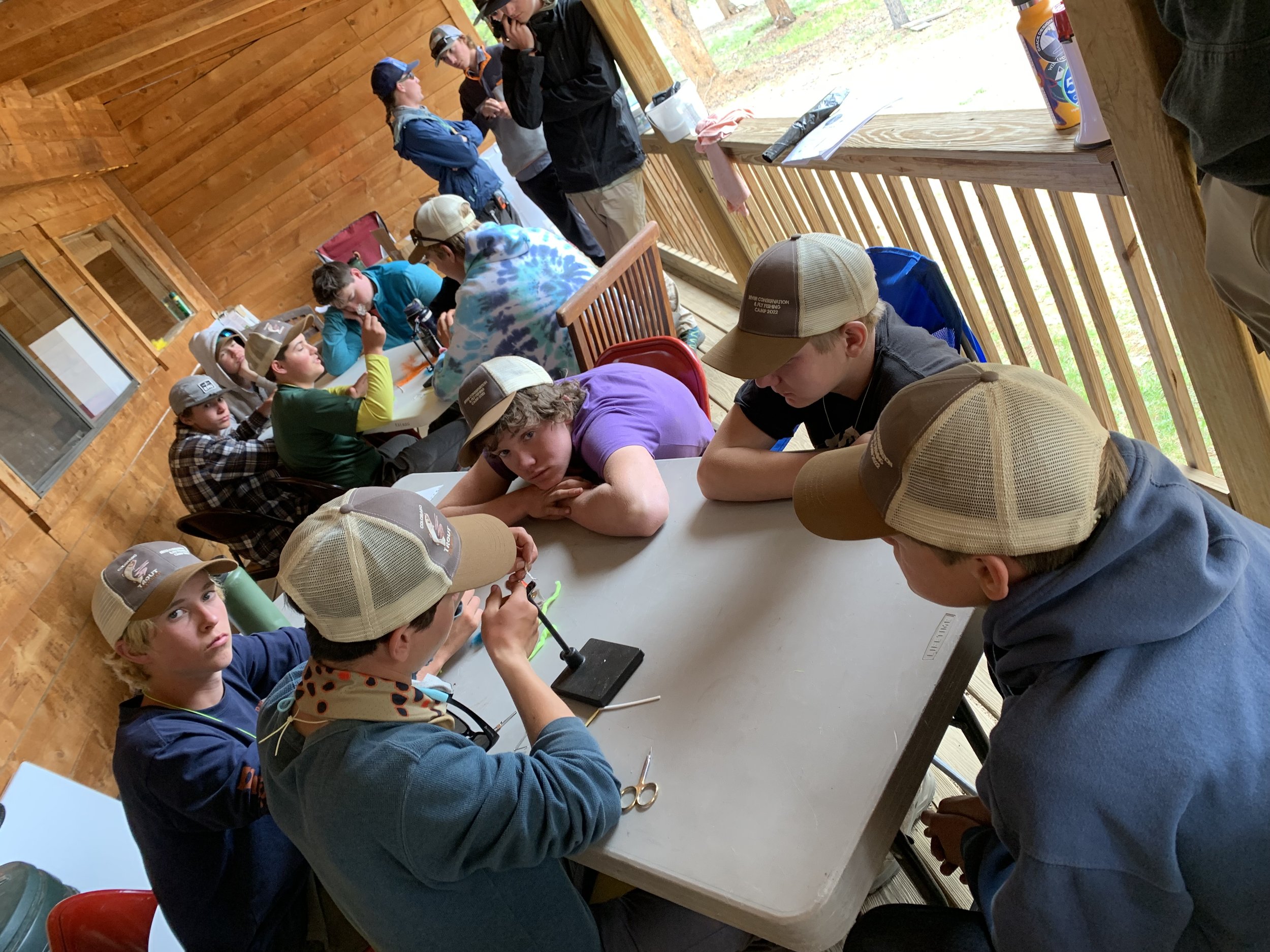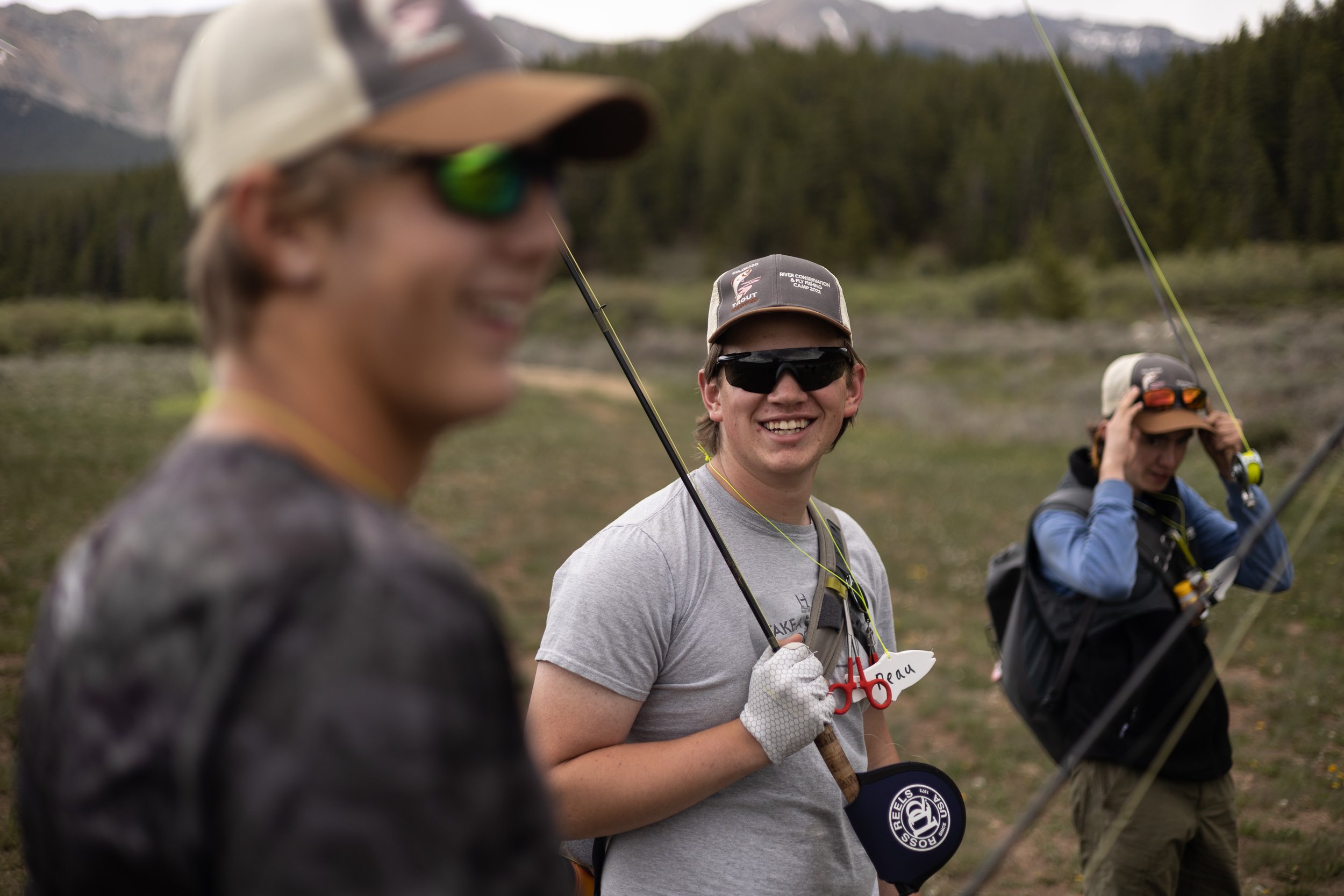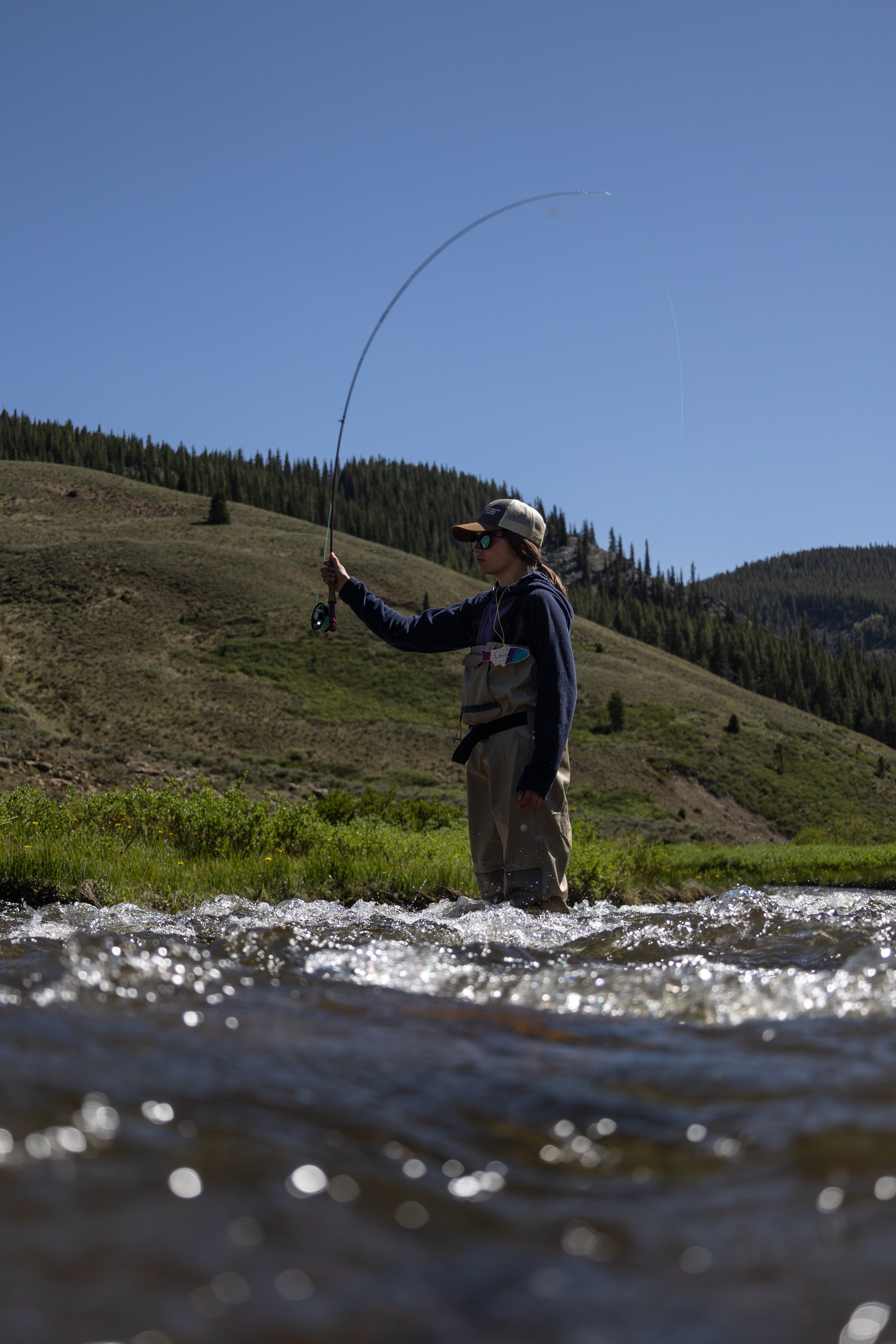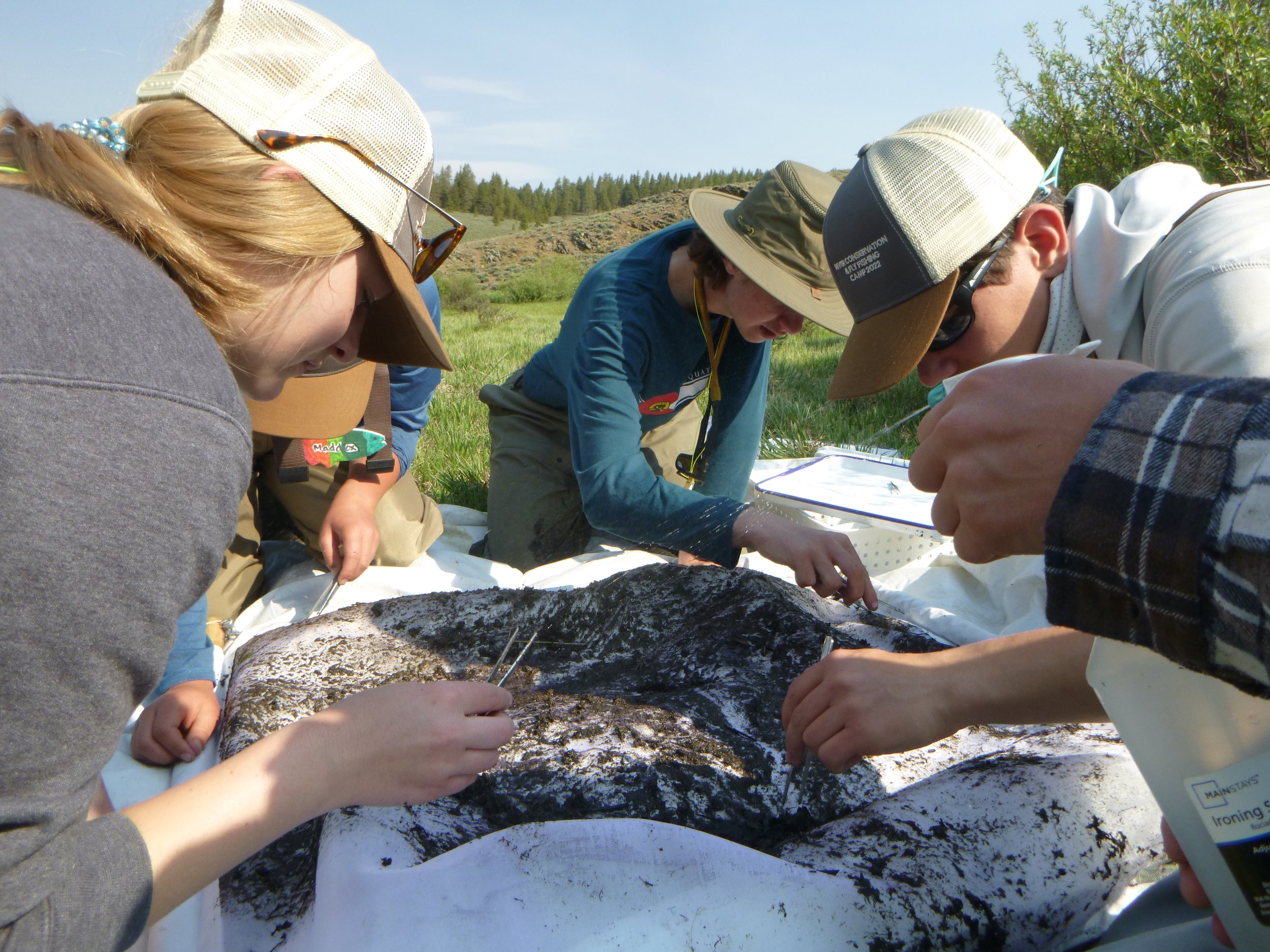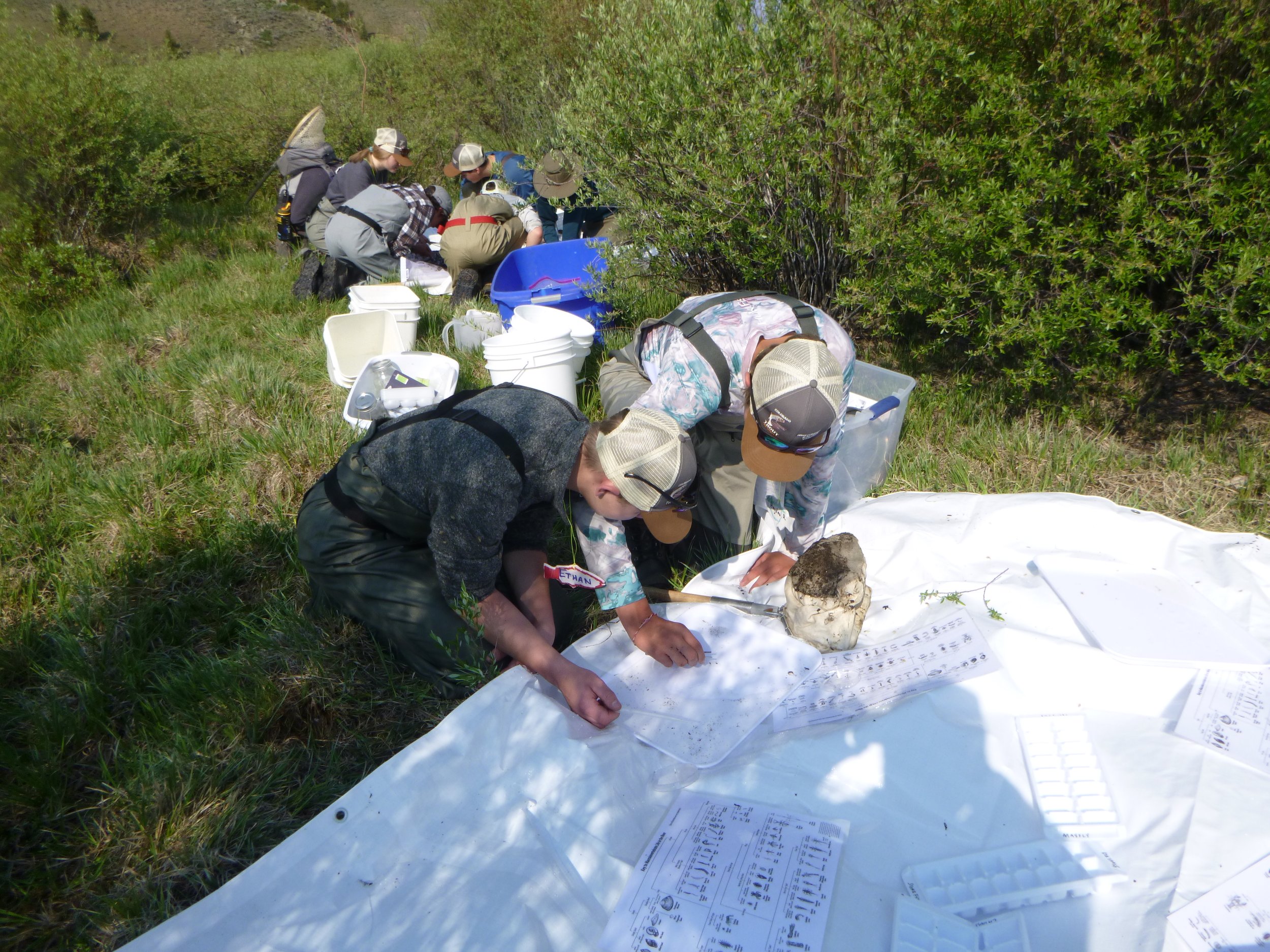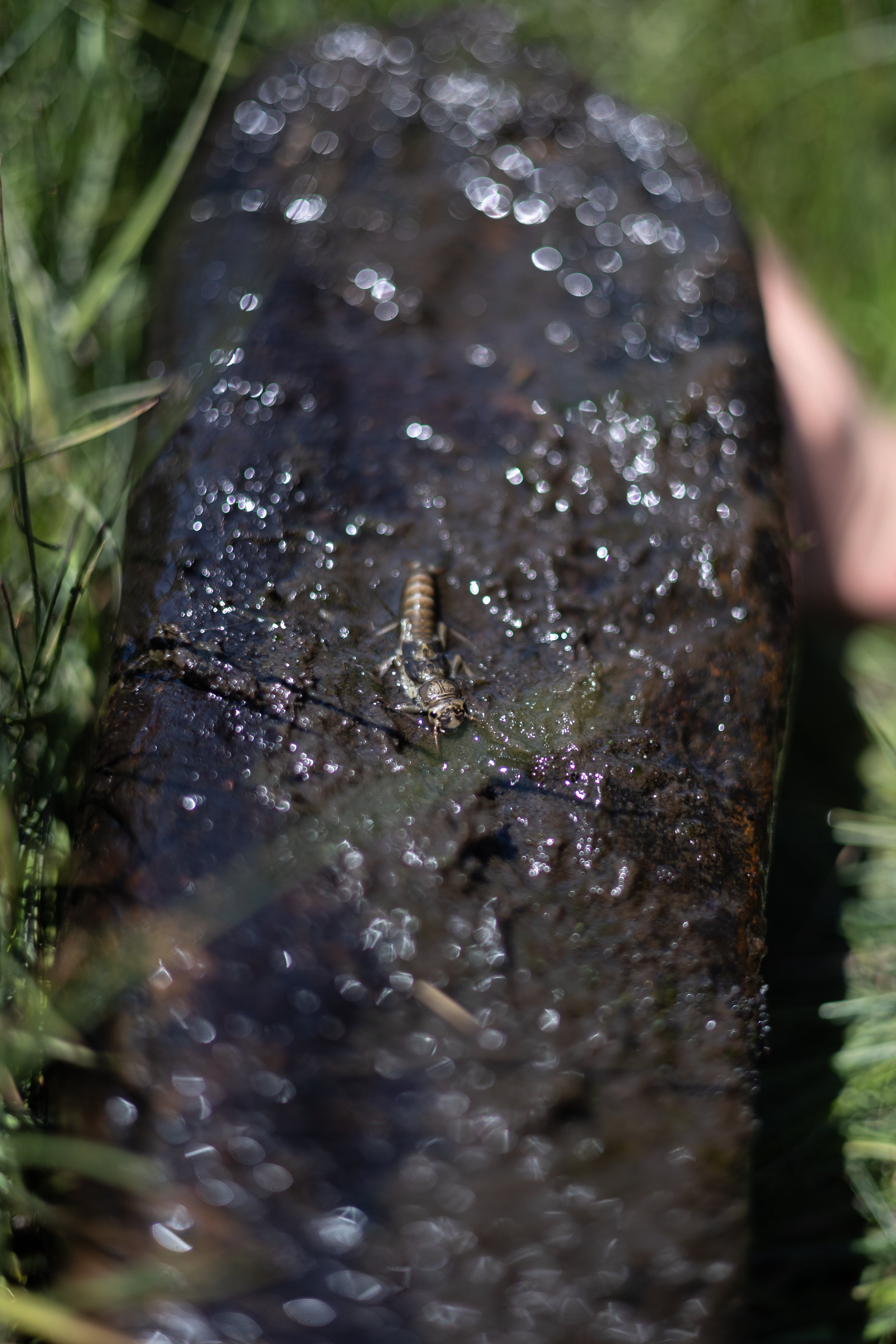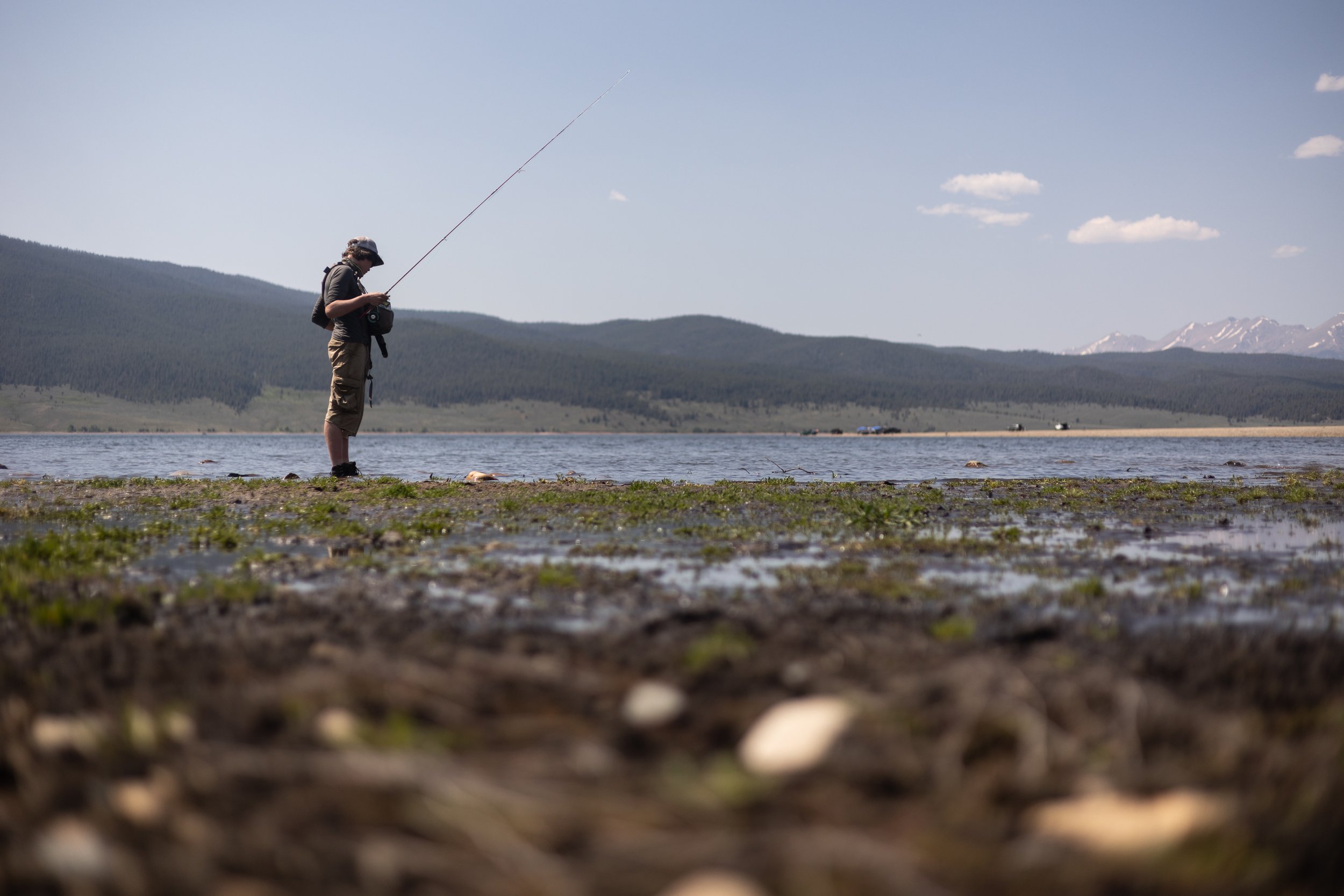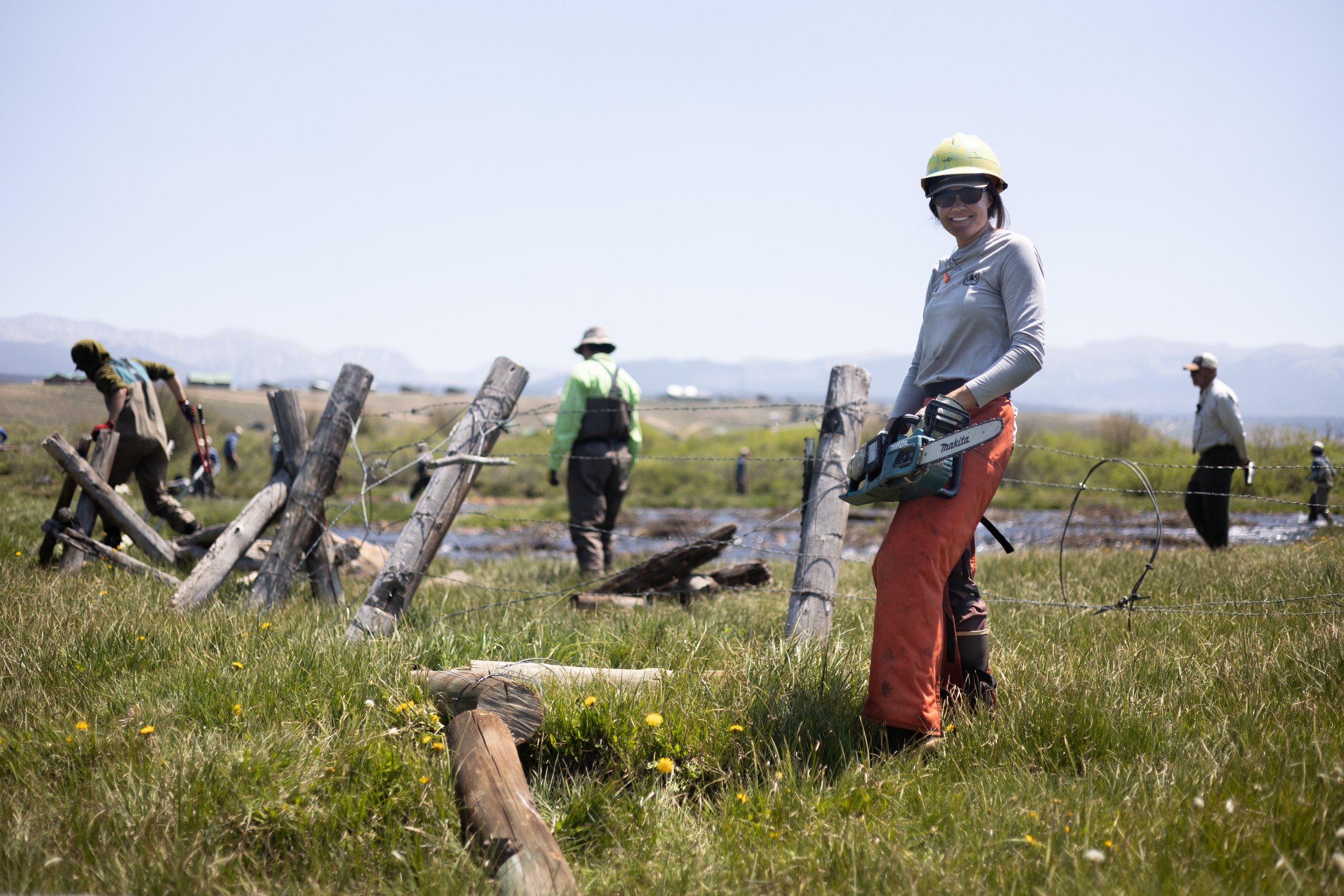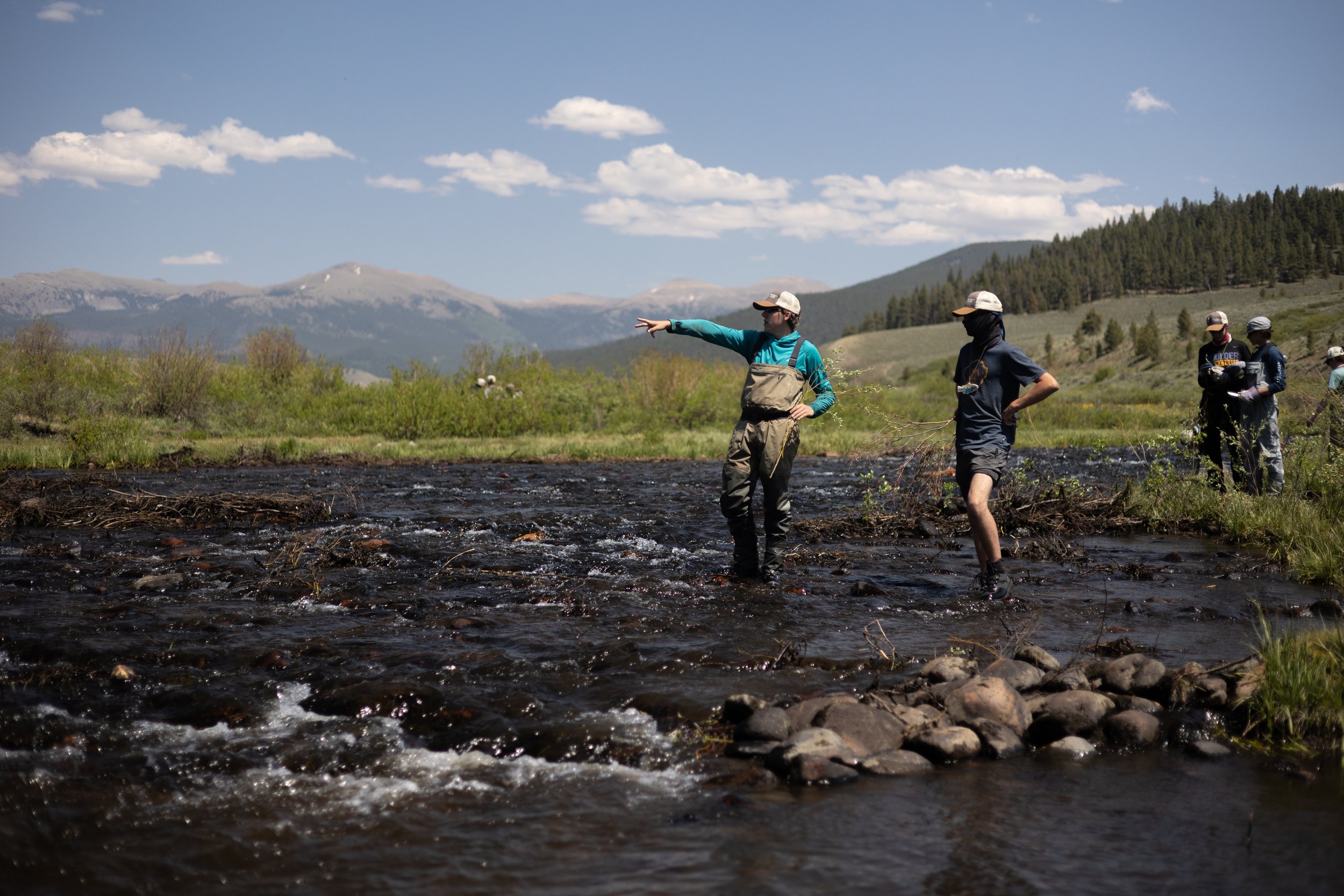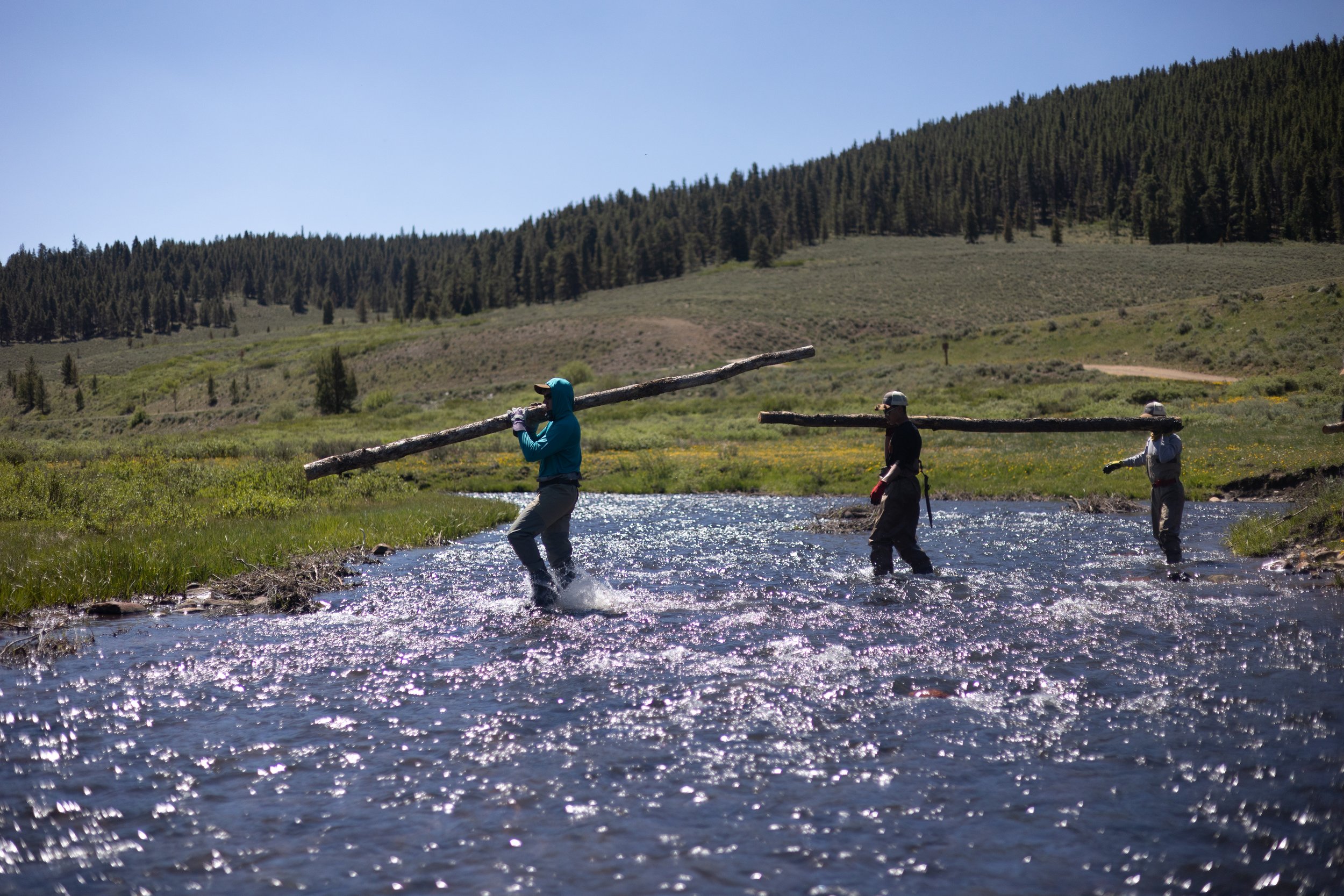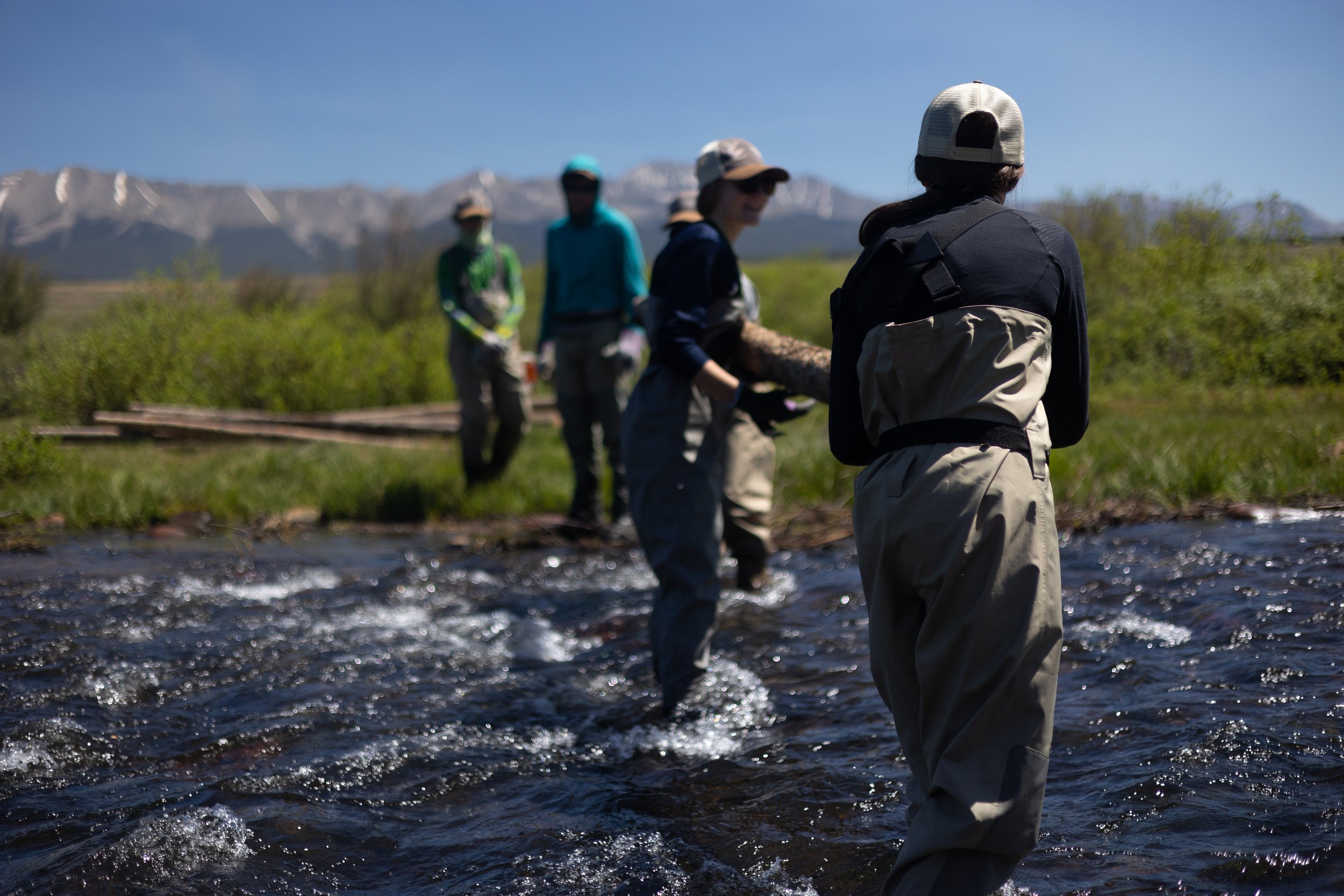On June 14, 2022 the Colorado Water Quality Control Commission designated 520 miles of 25 streams in southwestern Colorado as Outstanding Waters, adopting the largest community proposal for Outstanding Waters in history. Outstanding Waters (OW) is a designation under the Federal Clean Water Act (administered by the State of Colorado) that precludes any permitted activities on or about those waters that degrade the designated stream reach below the very high quality of the reach at the time of designation. It is a substantial tool in the stream protection tool bag, protecting the high water quality of these valuable waterways from degradation for future generations.
Eight of those 25 streams lie in the Upper Dolores watershed, the home waters of the Dolores River Anglers (DRA) chapter. Two other streams of special note for trout anglers, Fall Creek and Wolf Creek, support habitat for the rare San Juan lineage Colorado River cutthroat trout. The designations were the culmination of a three-year rulemaking hearing process that included three public, quasi-judicial hearings for scoping, issues identification, and final rulemaking.
Designation is a rigorous resource- and time-consuming process. For the Dolores River Anglers and the 8 streams they helped shepherd to OW protection, the journey began in 2013 with the chapter recognizing the need for a science-driven look at their home waters. The upper Dolores watershed is located where high desert of the Colorado Plateau meets the cool mountains of the Southern Rockies, making the upper Dolores is a proverbial canary-in-the-mine for a changing climate. DRA’s board agreed that they needed to understand how our trout environment was changing and what it was likely to become. Only then could the chapter effectively participate in and assist with the management of local trout resources.
By 2016 the chapter identified 42 perennial streams, comprising 295 miles, with viable trout populations. 24 of those streams harbor native cutthroat. In 2017, a three-year collaborative study was published that assessed the likely impact of climate change on the upper Dolores through the end of the century. Working from the study findings, the chapter in 2018 began an in-depth collaboration with local watershed water managers from the San Juan National Forest, Colorado Parks and Wildlife, and the Dolores Water Conservancy District. This Upper Dolores Stream Protection Working Group (Working Group) has met, and continues to meet, to build a long-term, overarching framework to coordinate both limited resources and work efforts with respect to an increasingly changing environment.
Key to this effort is a list of stream protection tools that can be used. As a Working Group, DRA’s target is to match the right tool to each stream, based on that stream’s emerging challenges. OW designation is a significant player in the tool kit. Based on a careful review of the study findings, associated field data, and extensive discussion among the Working Group, nine streams were proposed by DRA for OW designation that comprised the best projection of future stronghold streams for native cutthroat populations in the Upper Dolores.
In the spring of 2019 Dolores River Anglers began to partner with a coalition of organizations that was pursuing OW designation for a number of additional streams in the San Juan, Gunnison, San Miguel, and Animas River basins. The coalition was made up of senior/executive staff from American Rivers, American Whitewater, Conservation Colorado, High Country Conservation Advocates, Mountain Studies Institute, San Juan Citizens Alliance, The Pew Charitable Trusts, Trout Unlimited/Colorado Trout Unlimited, and Western Resource Advocates.
